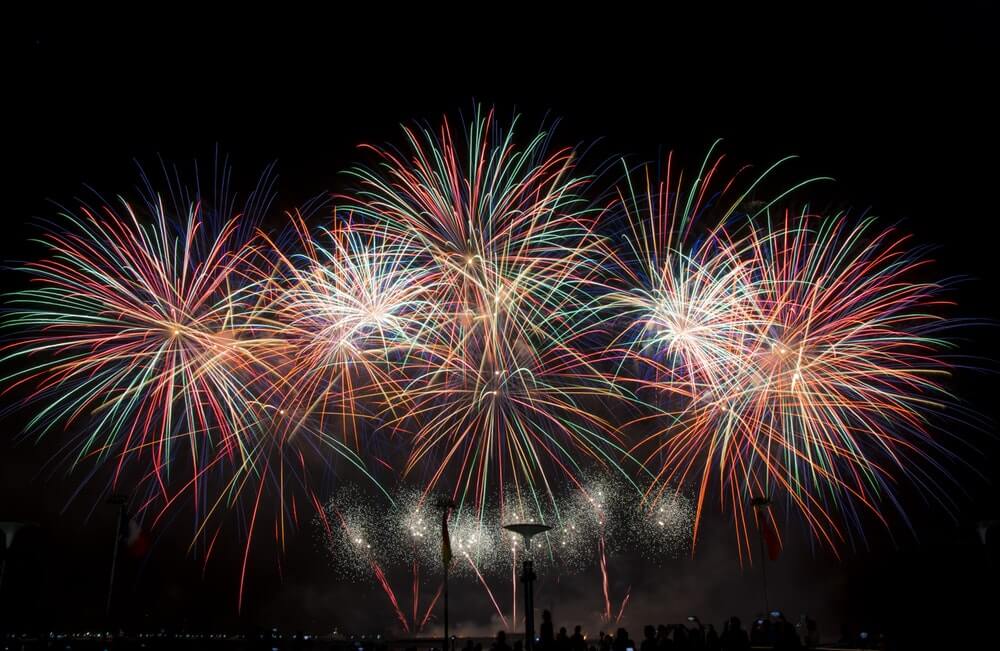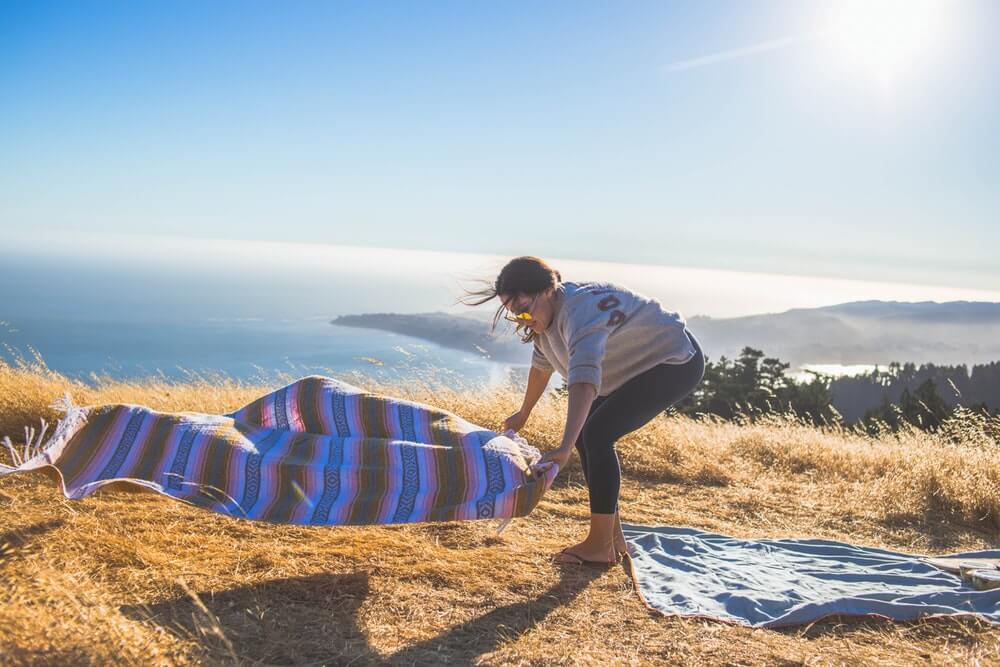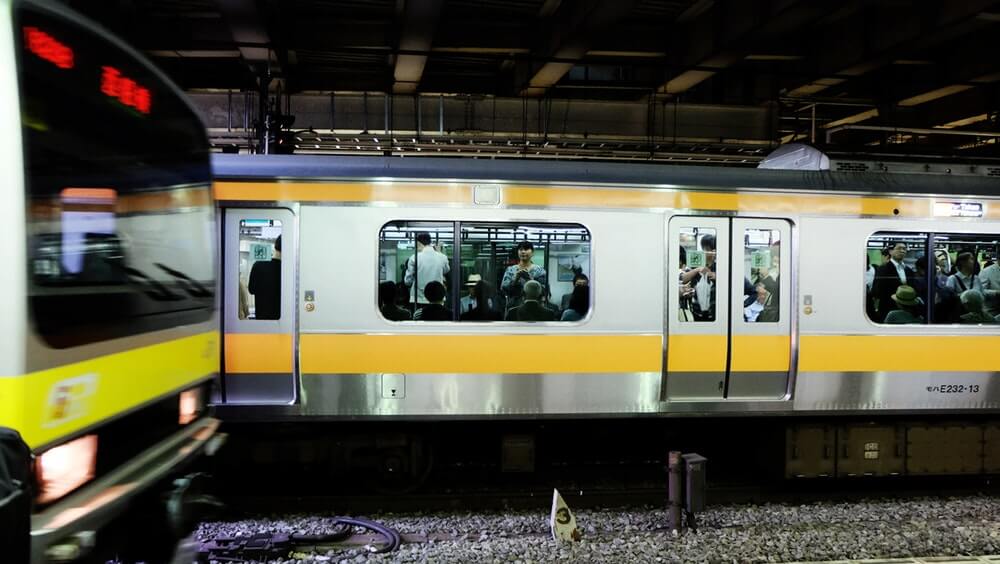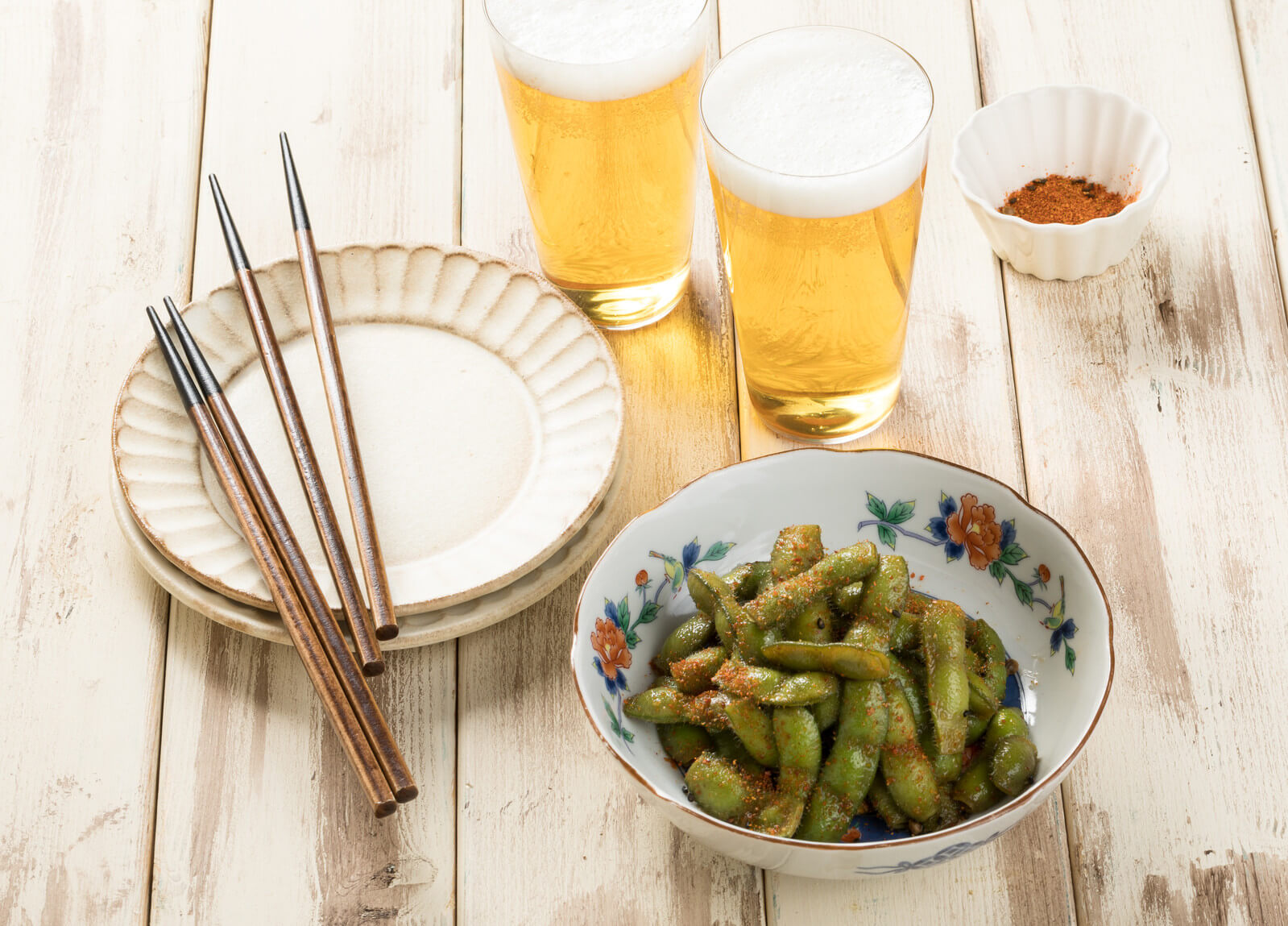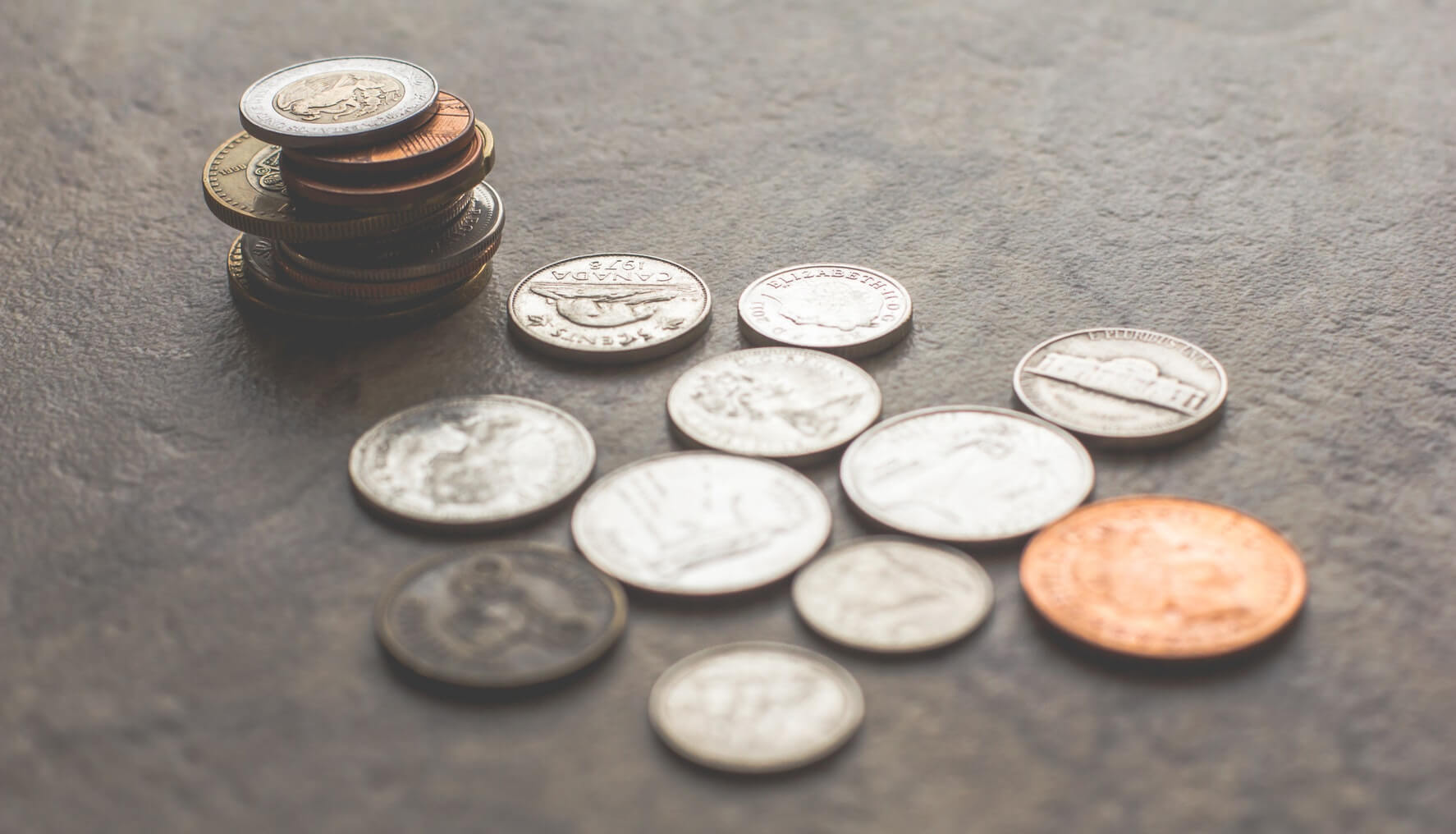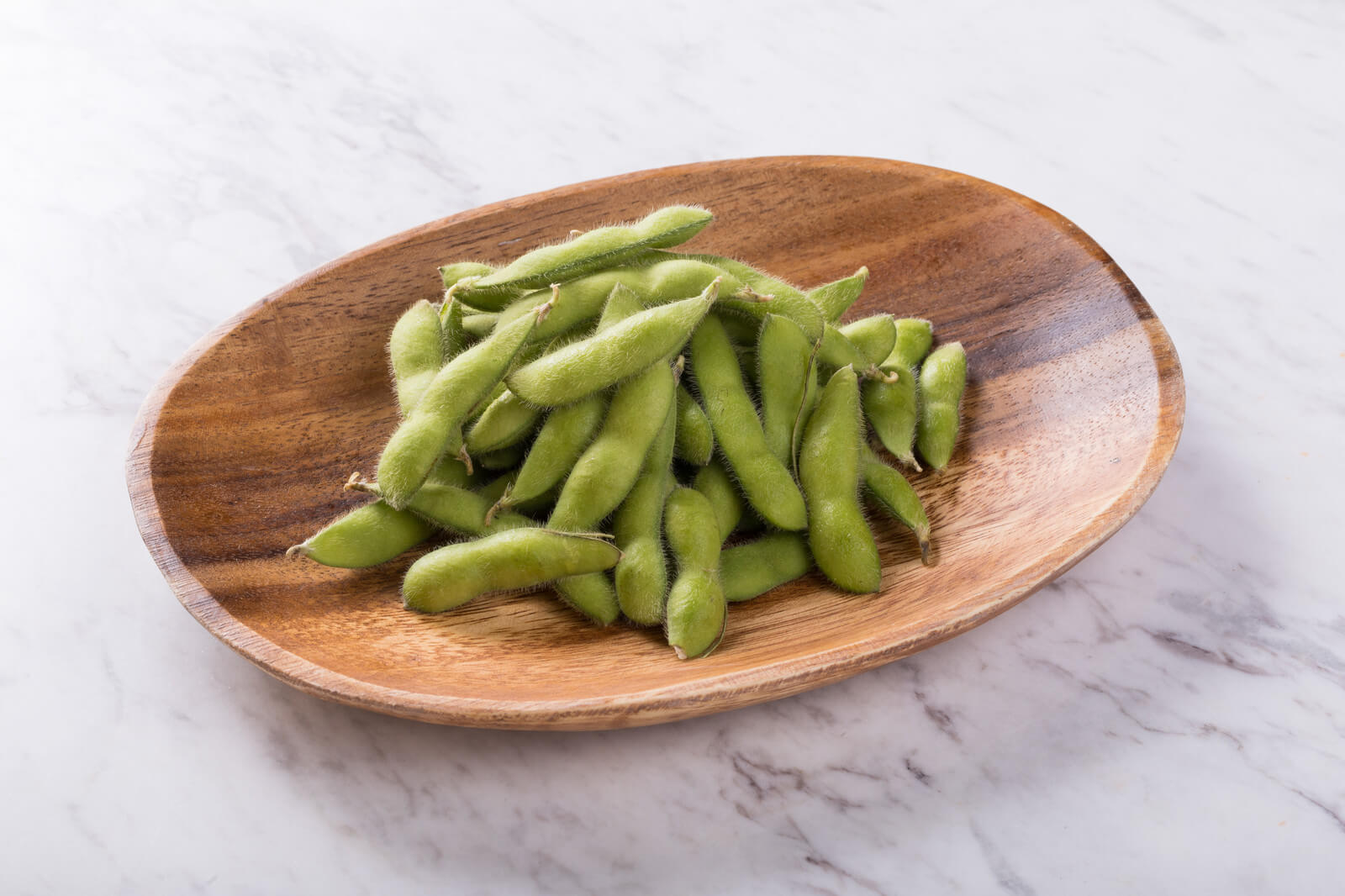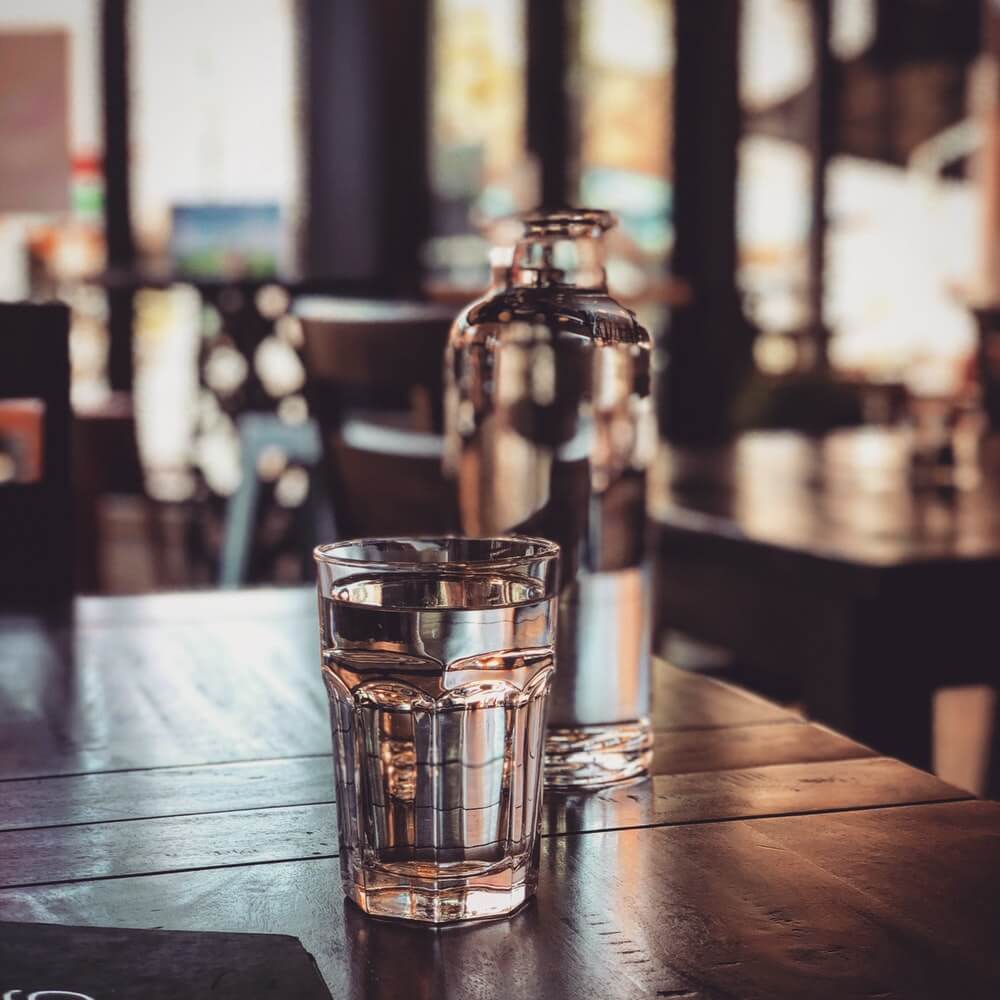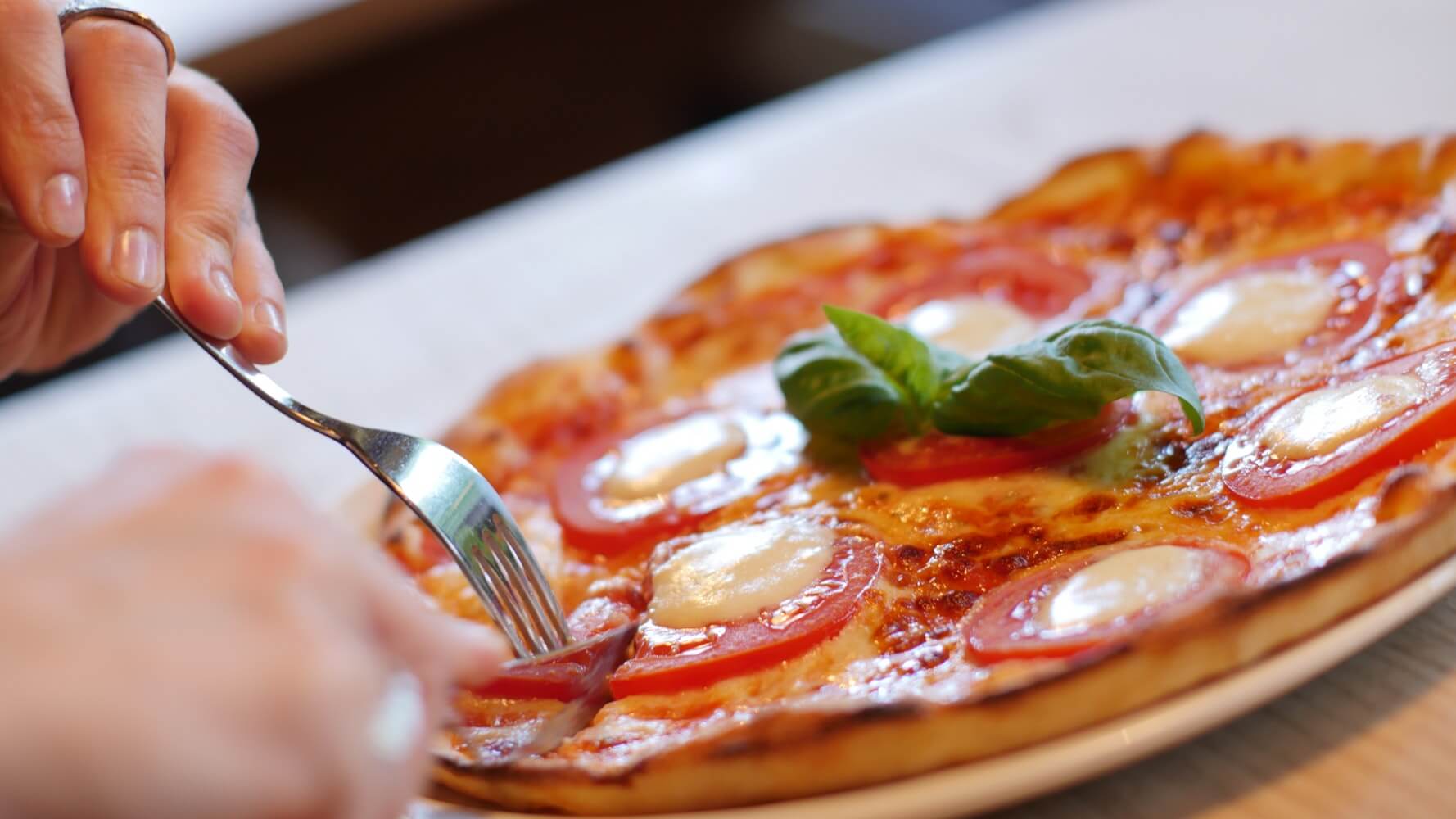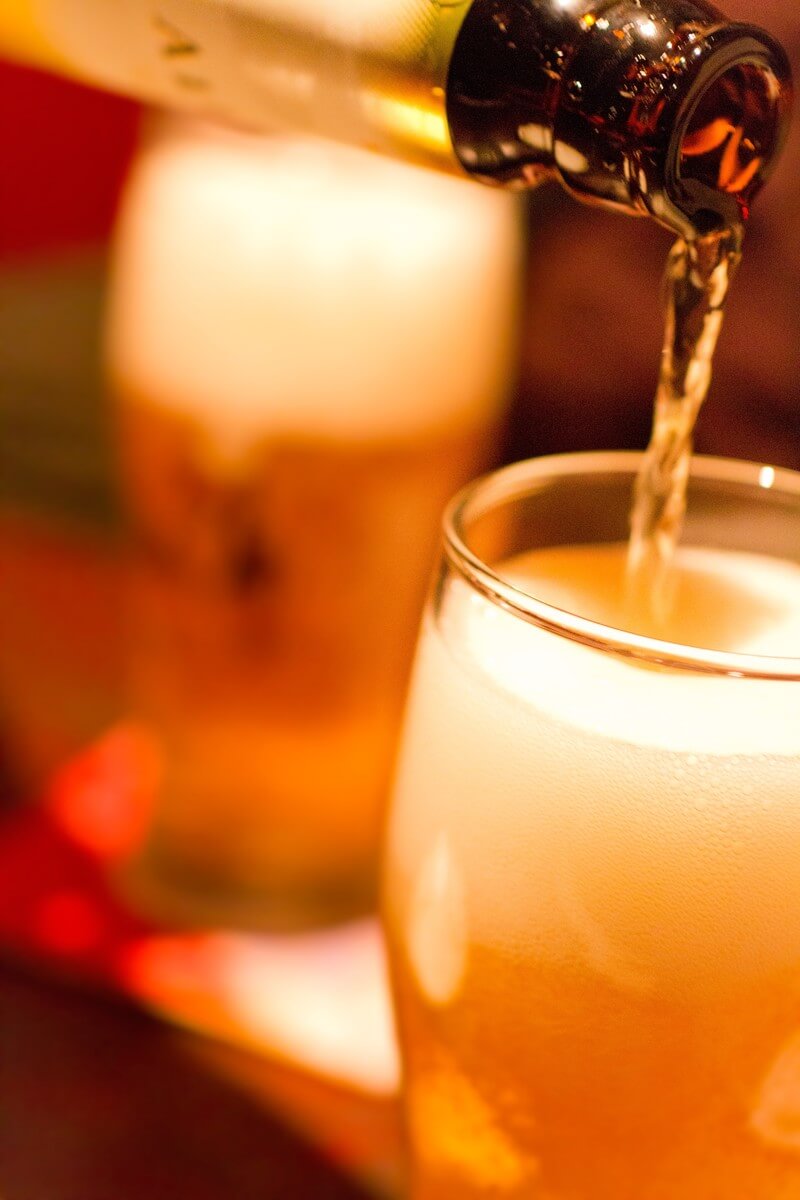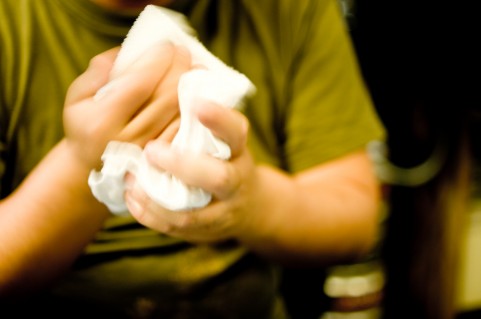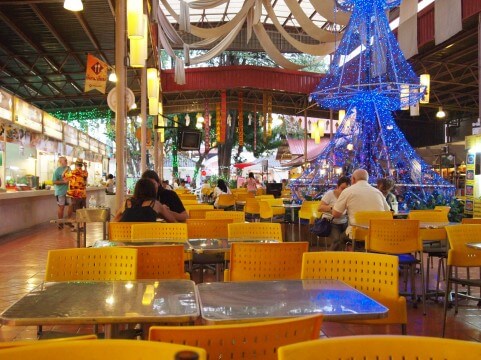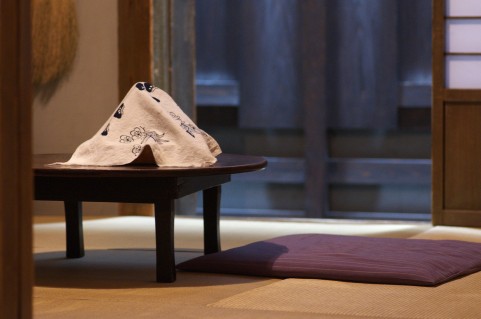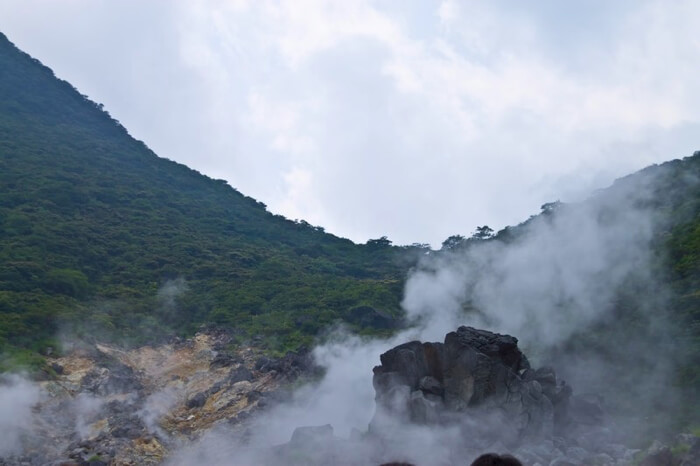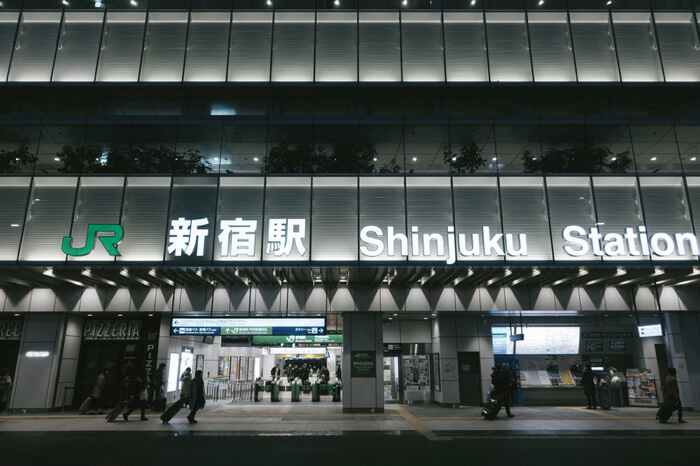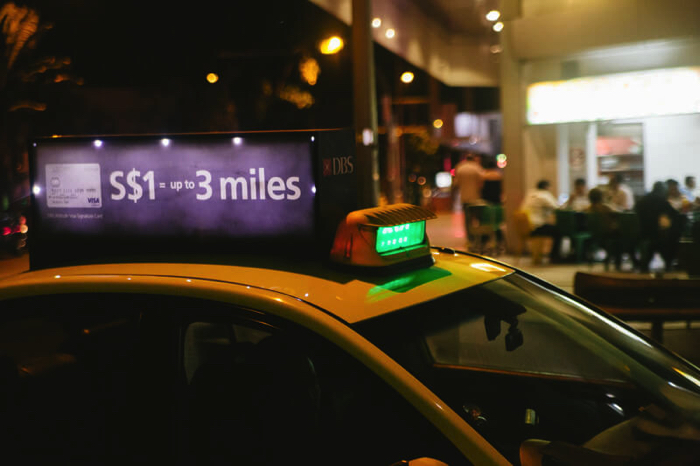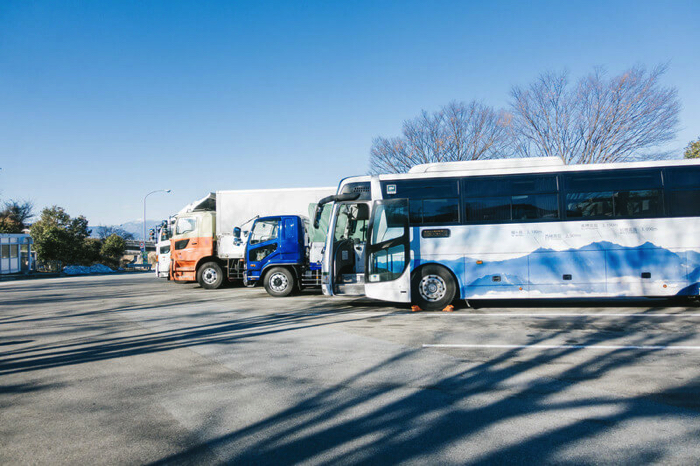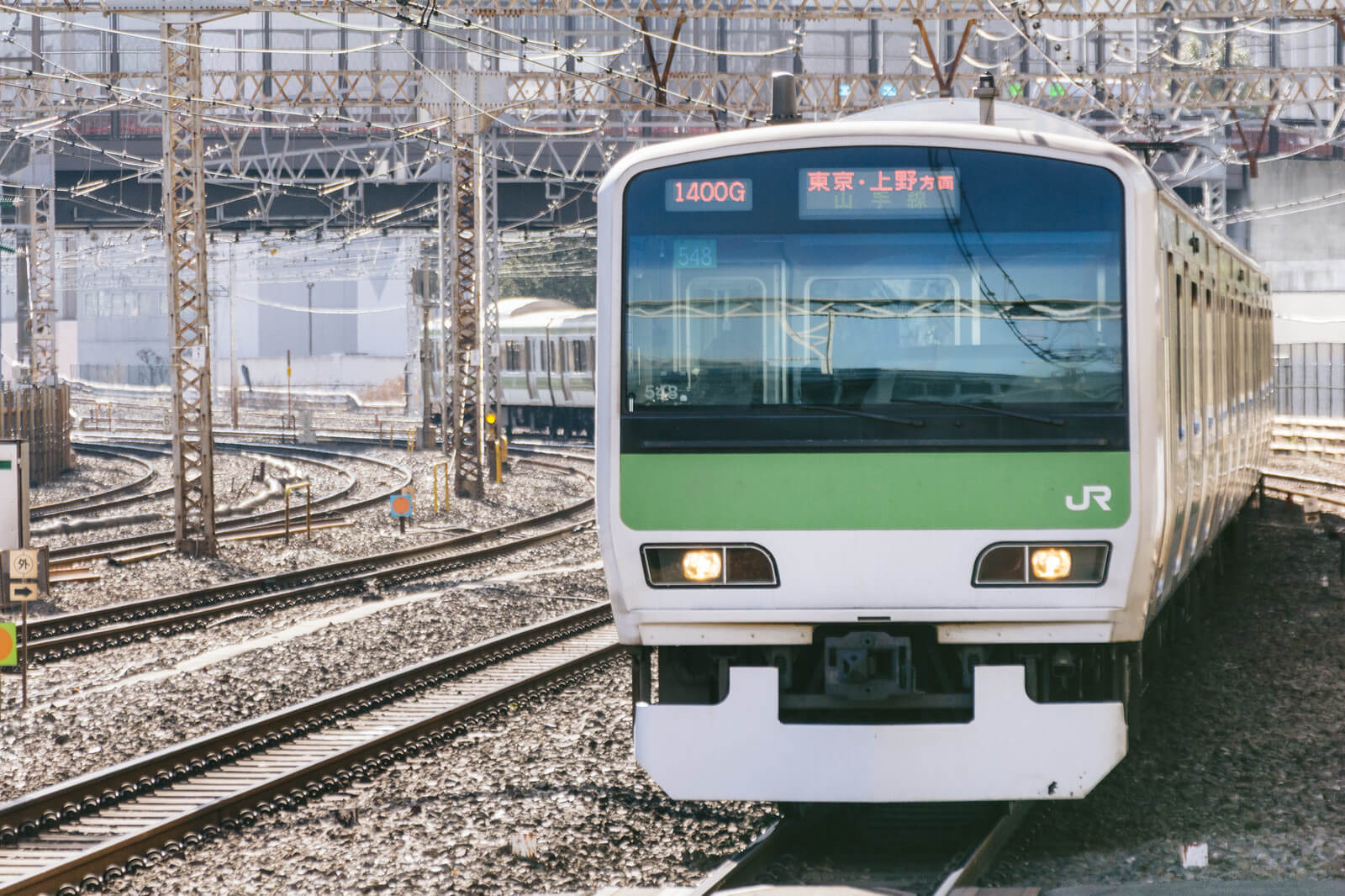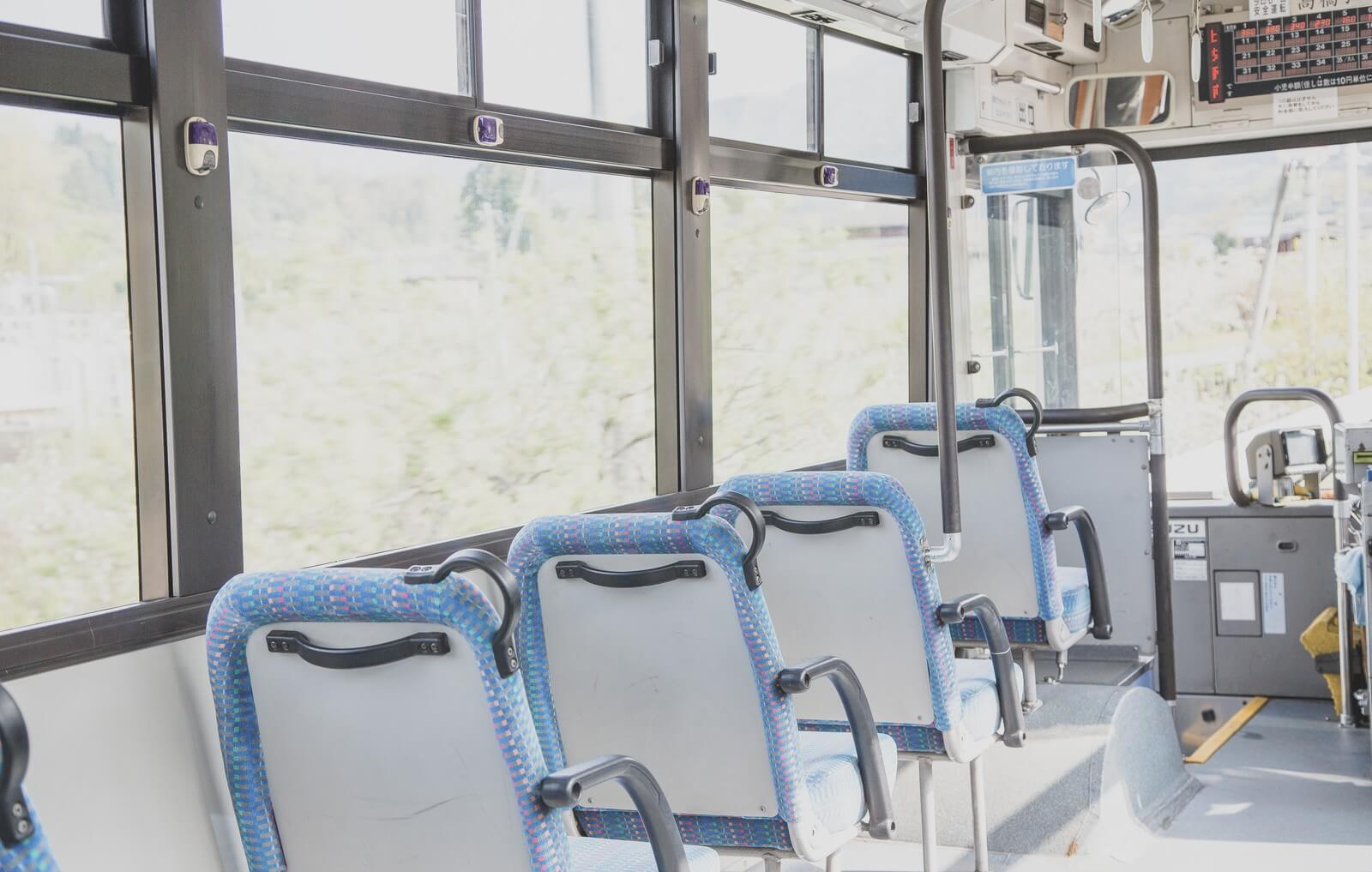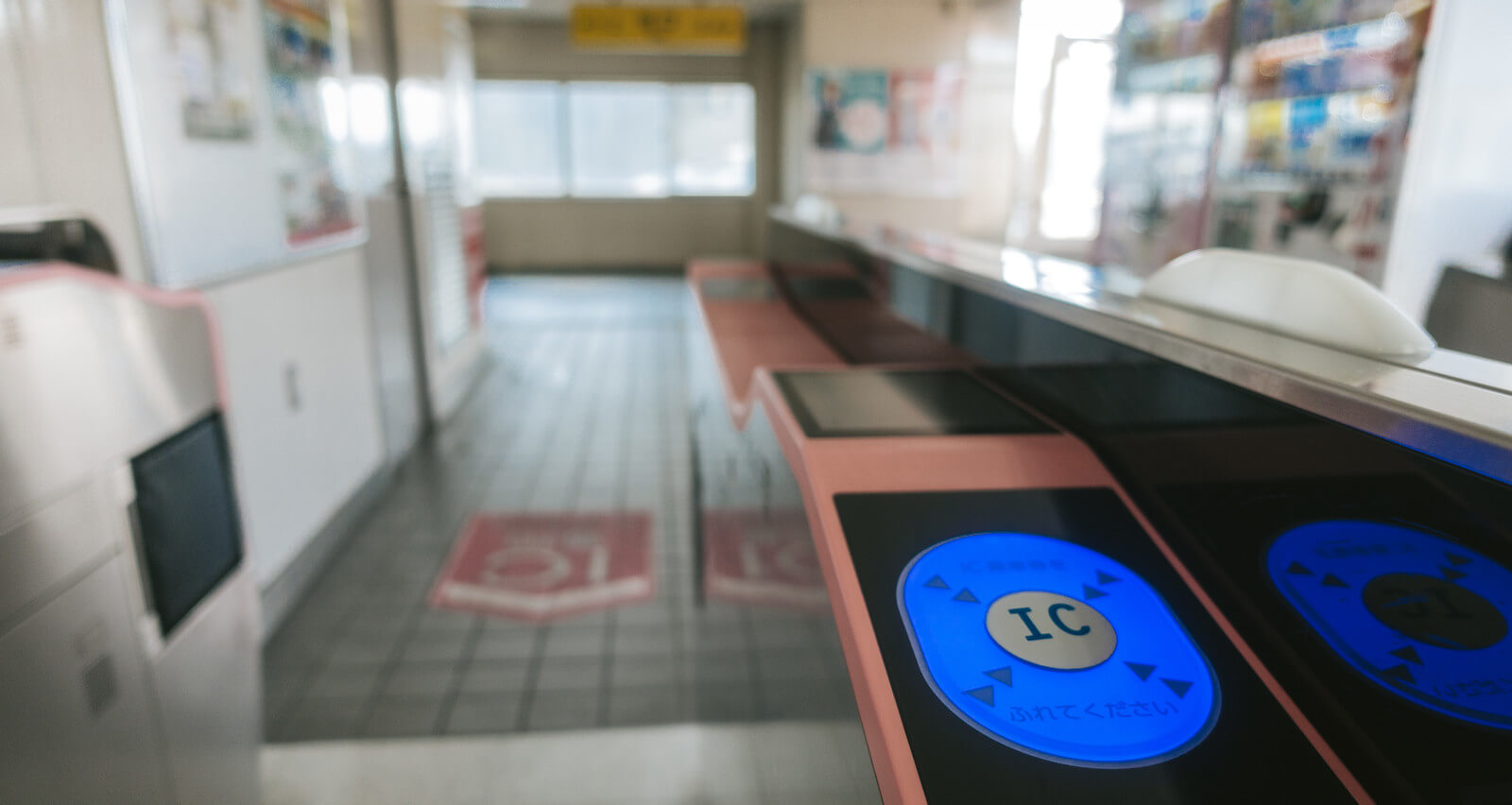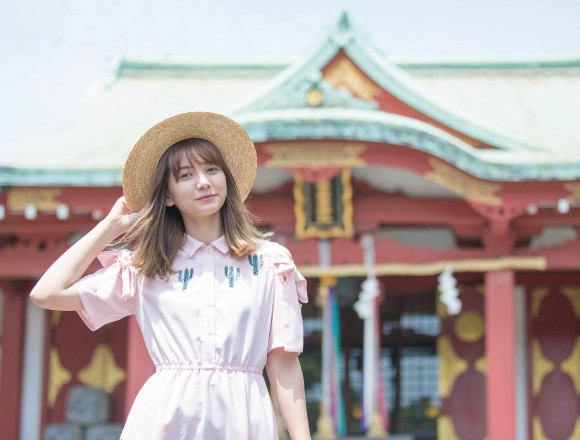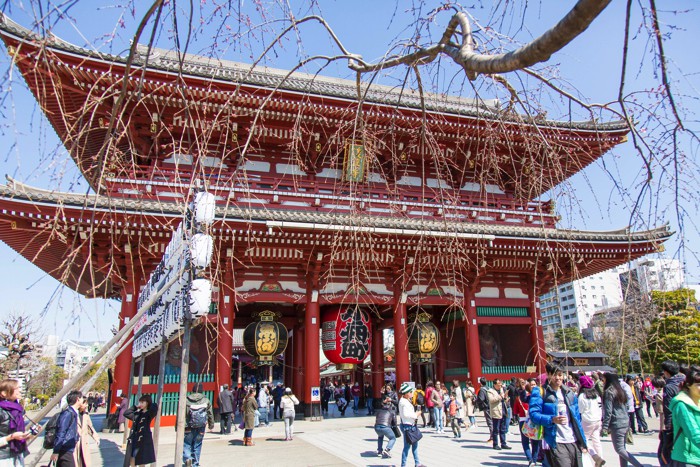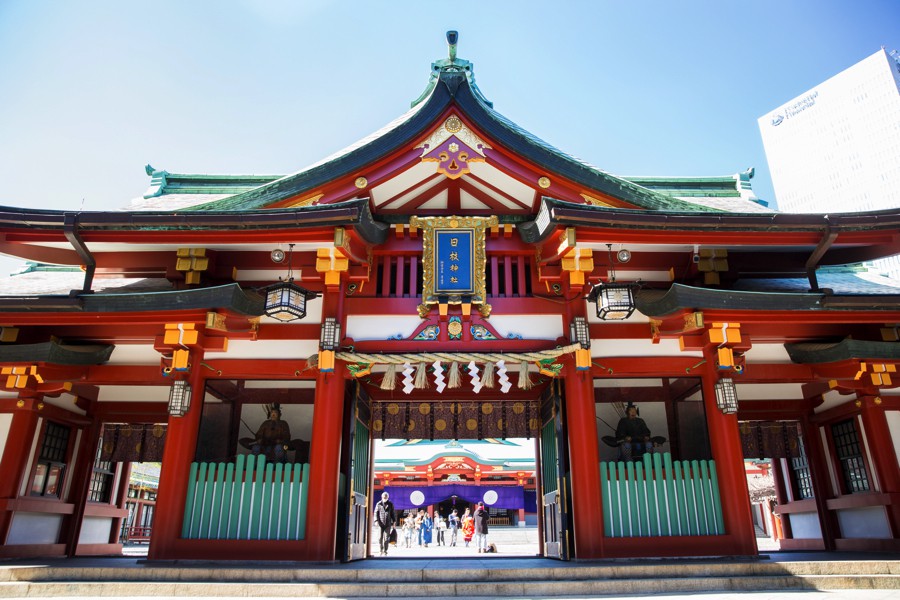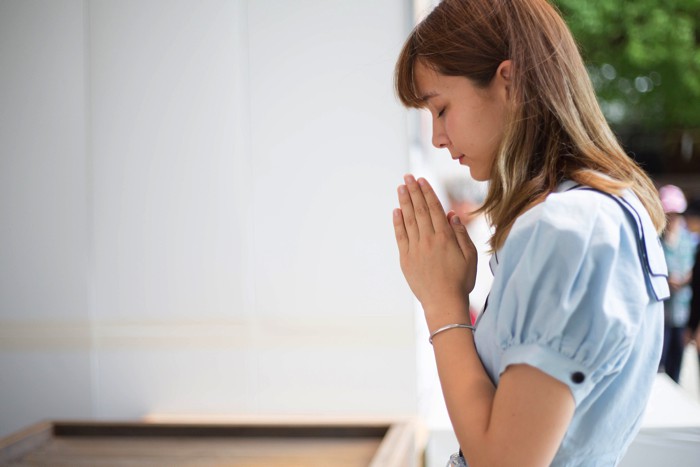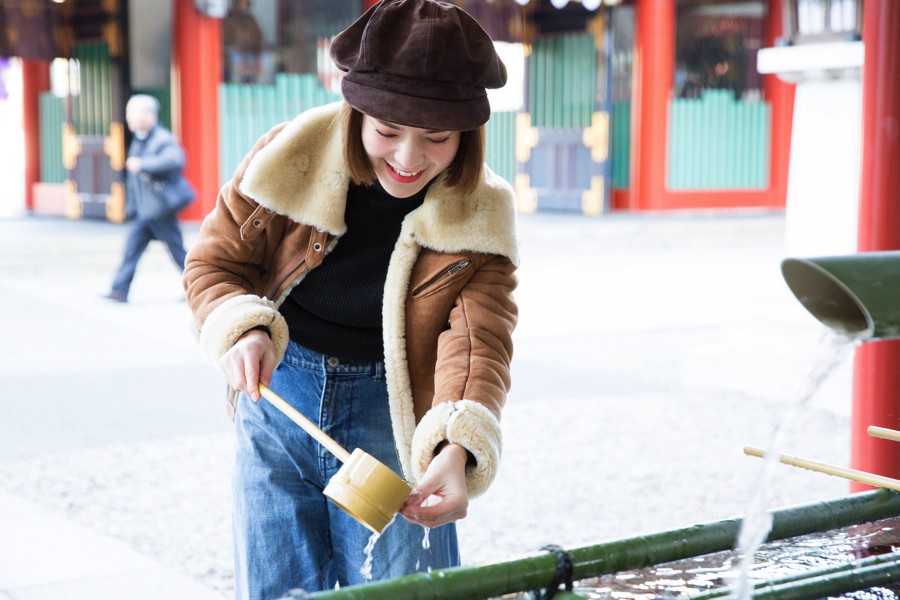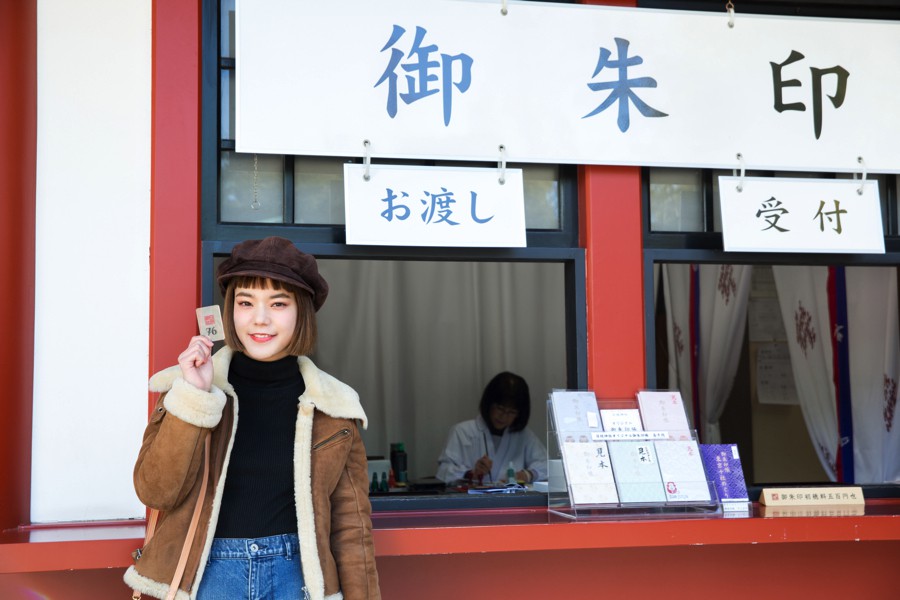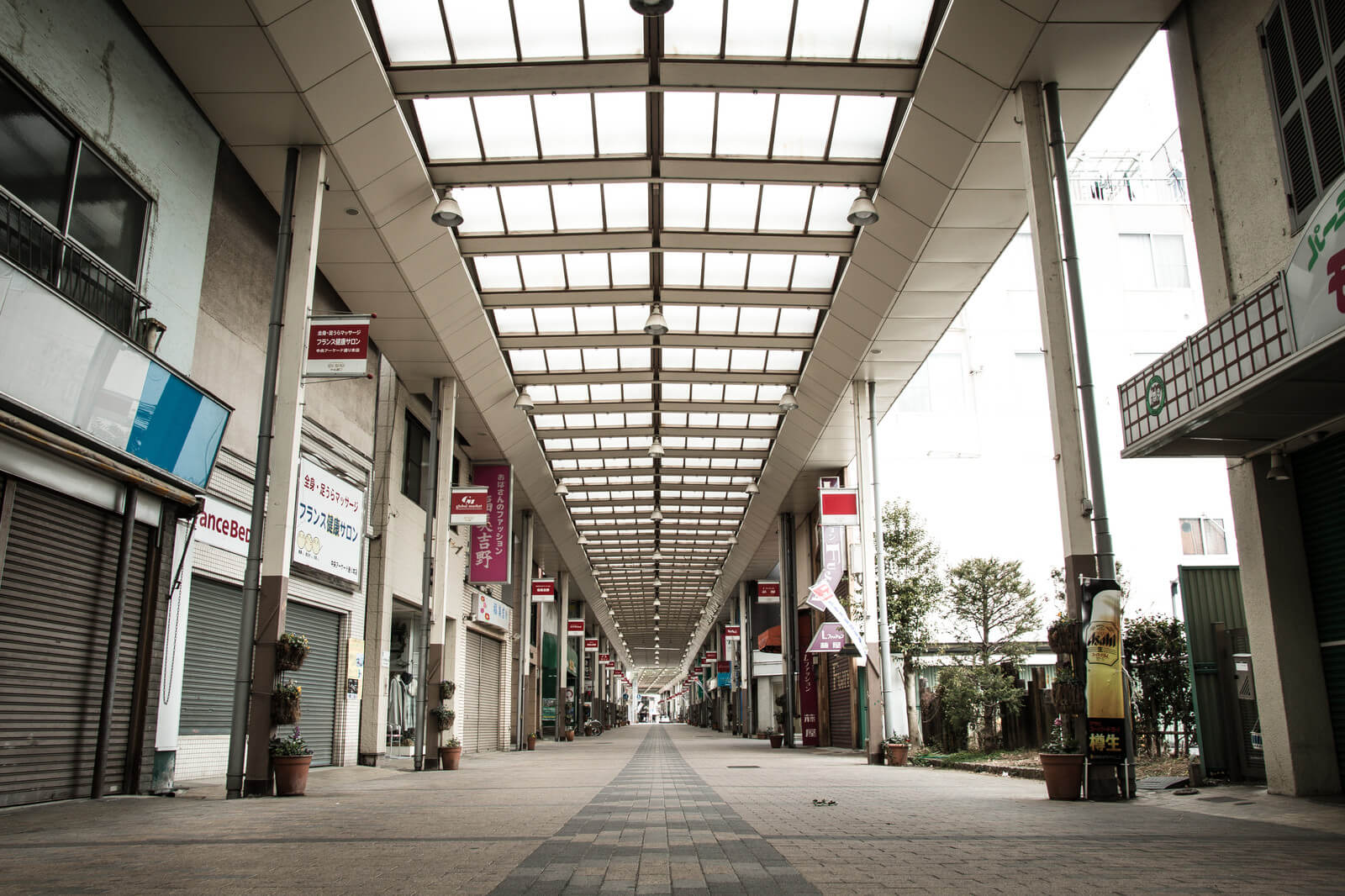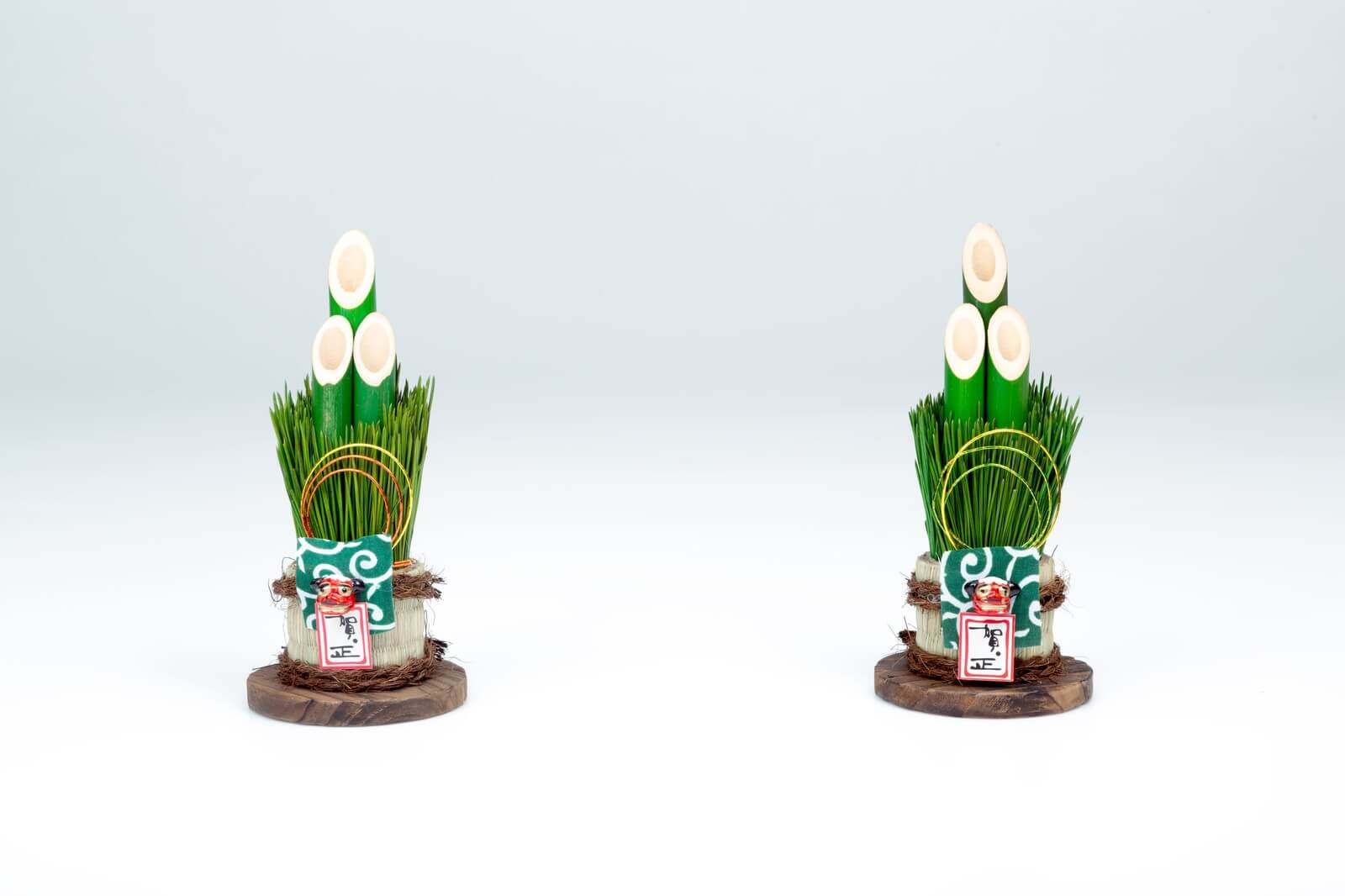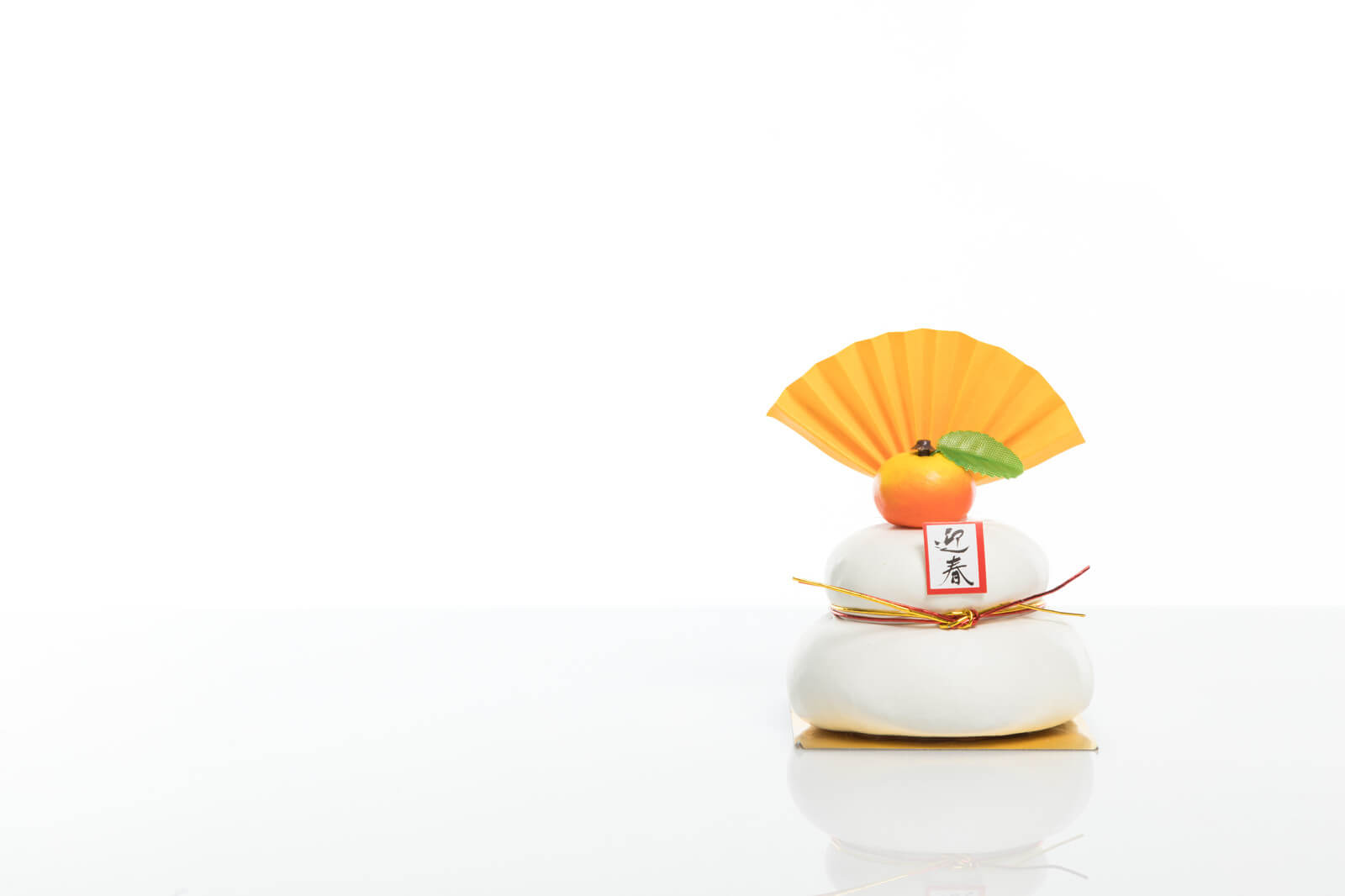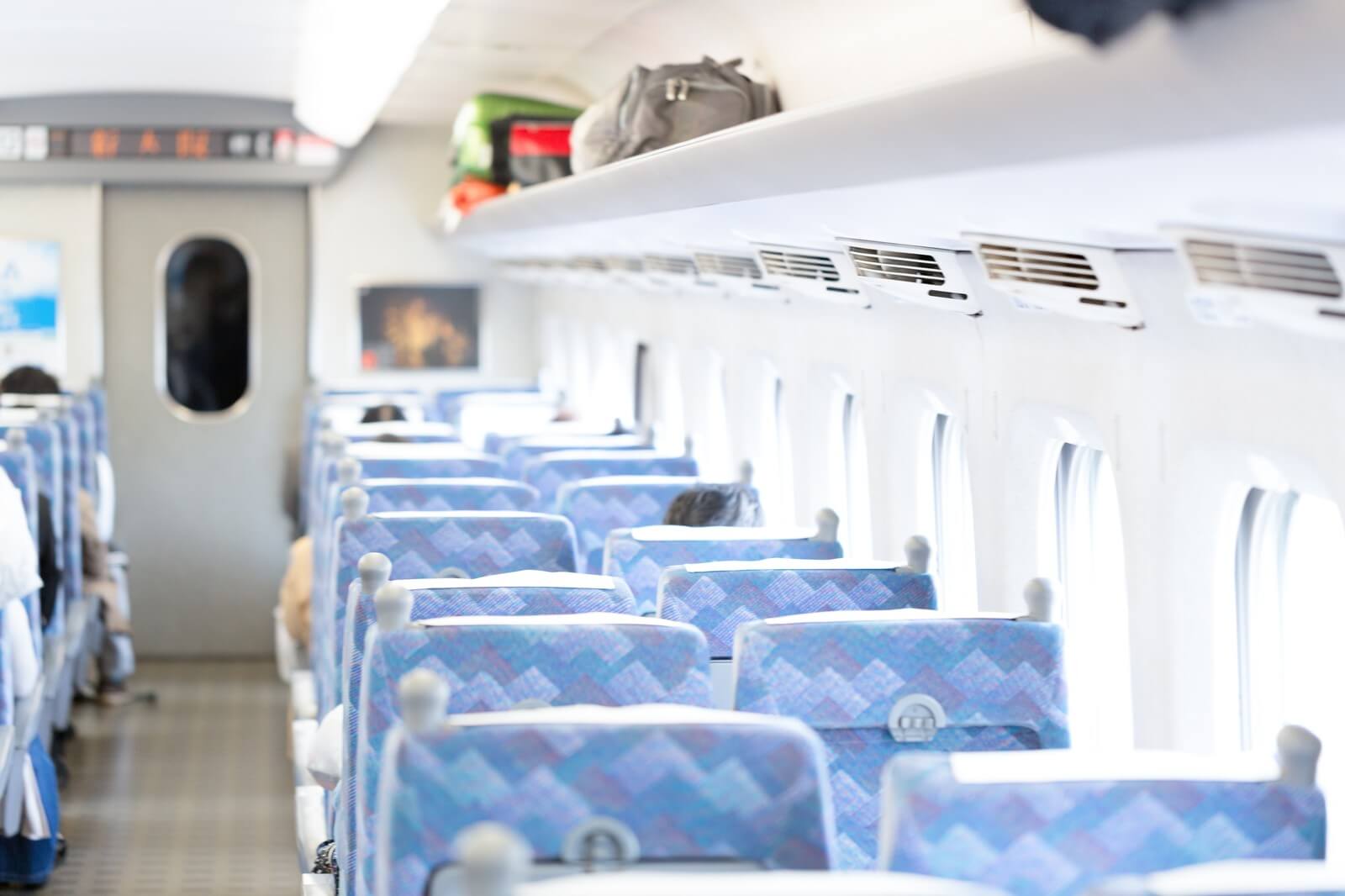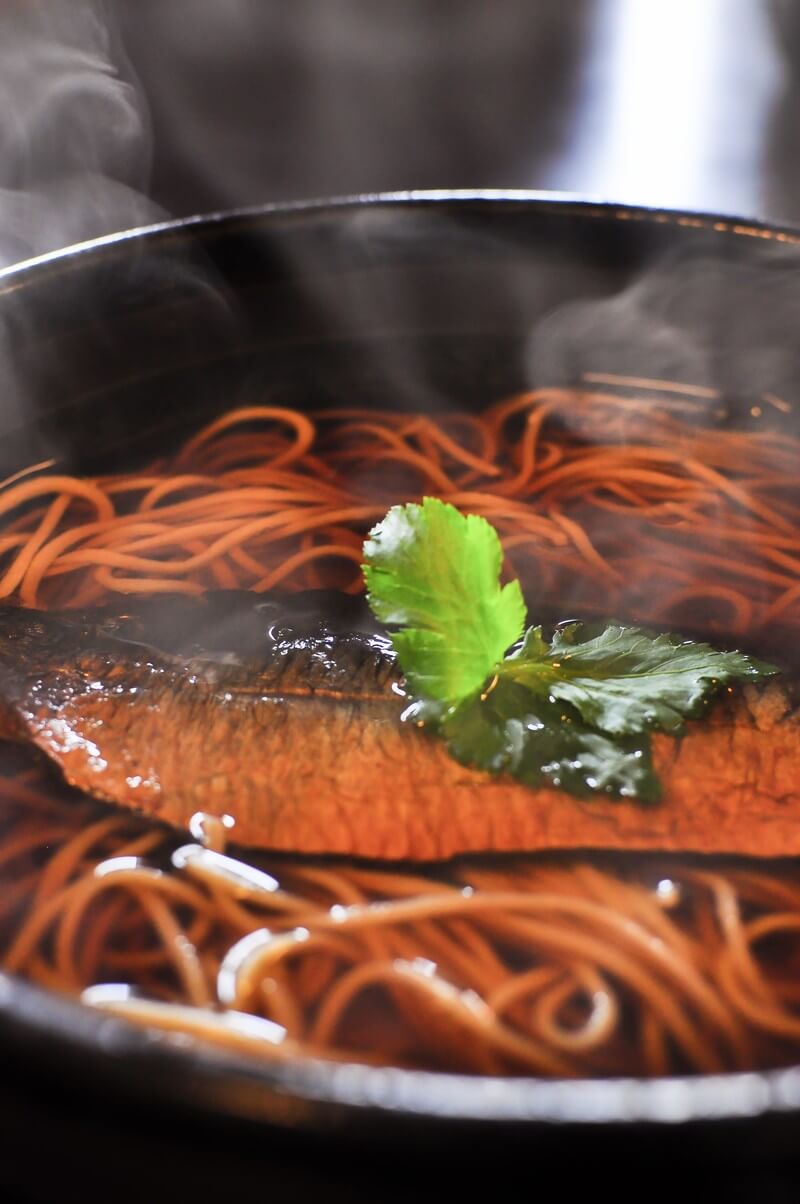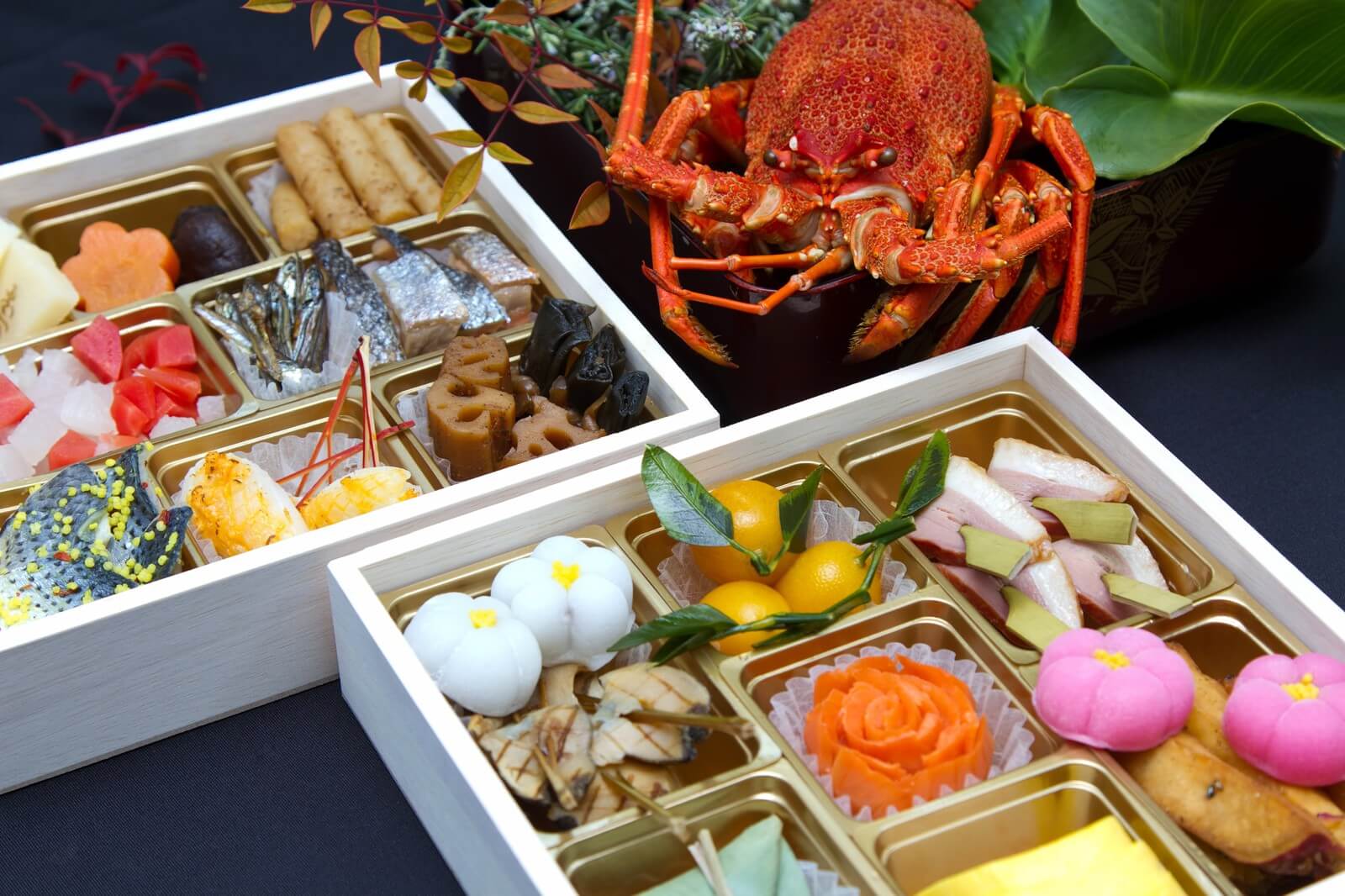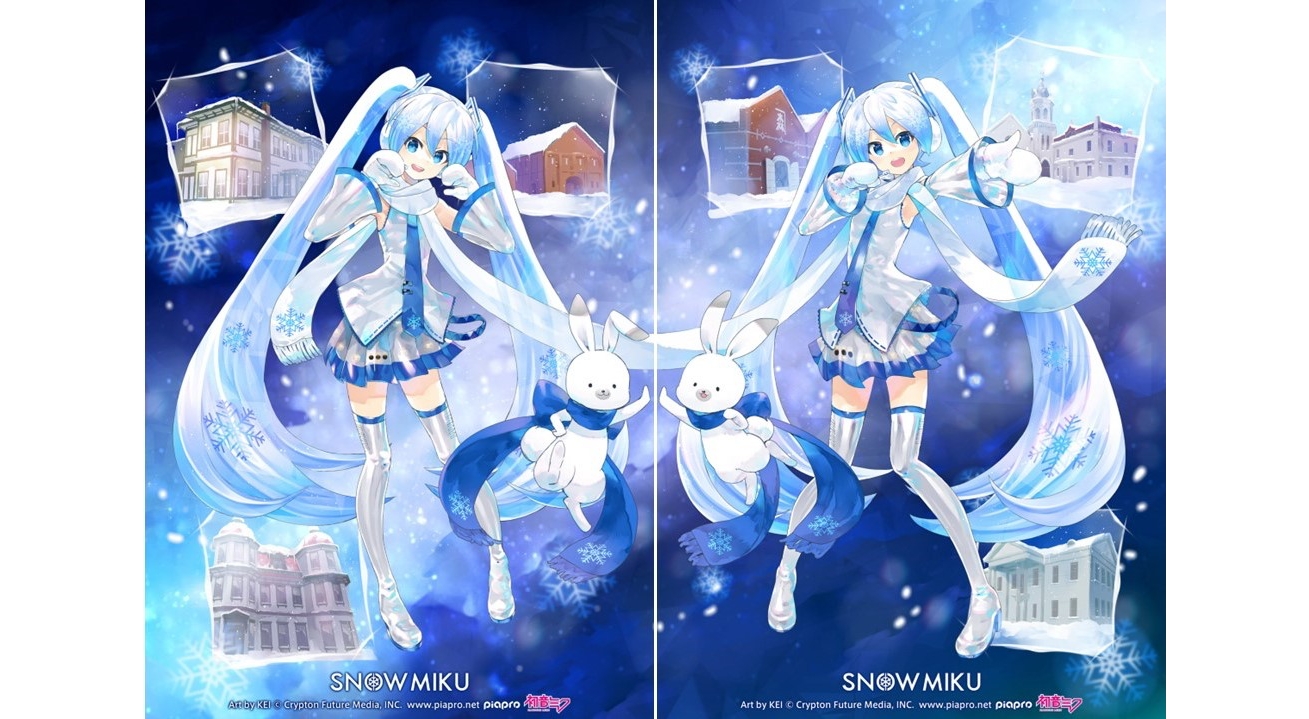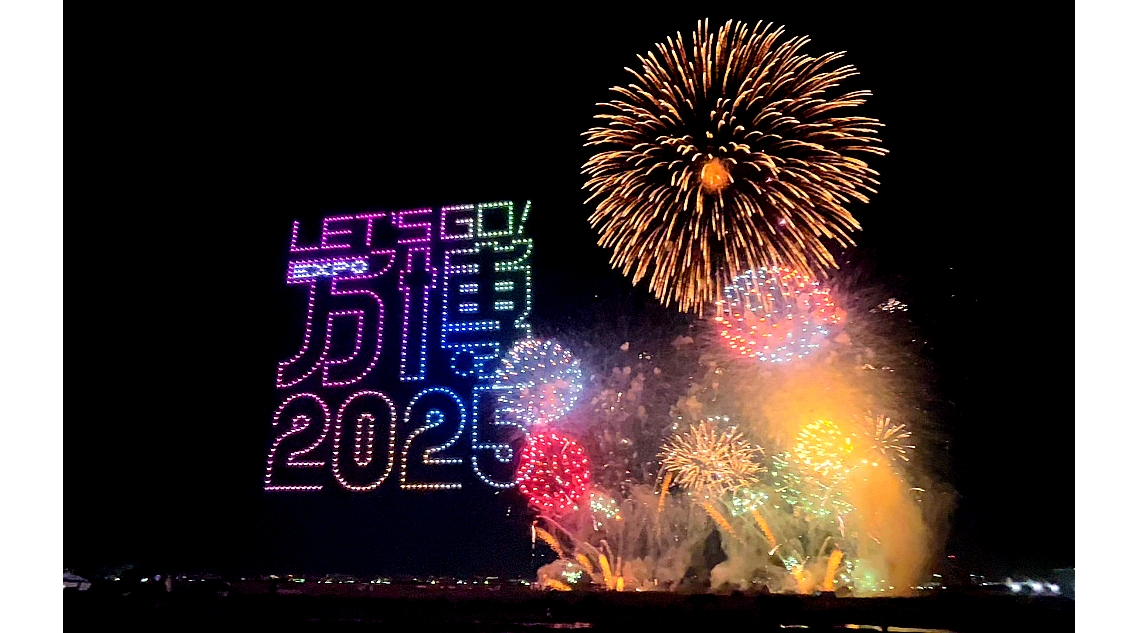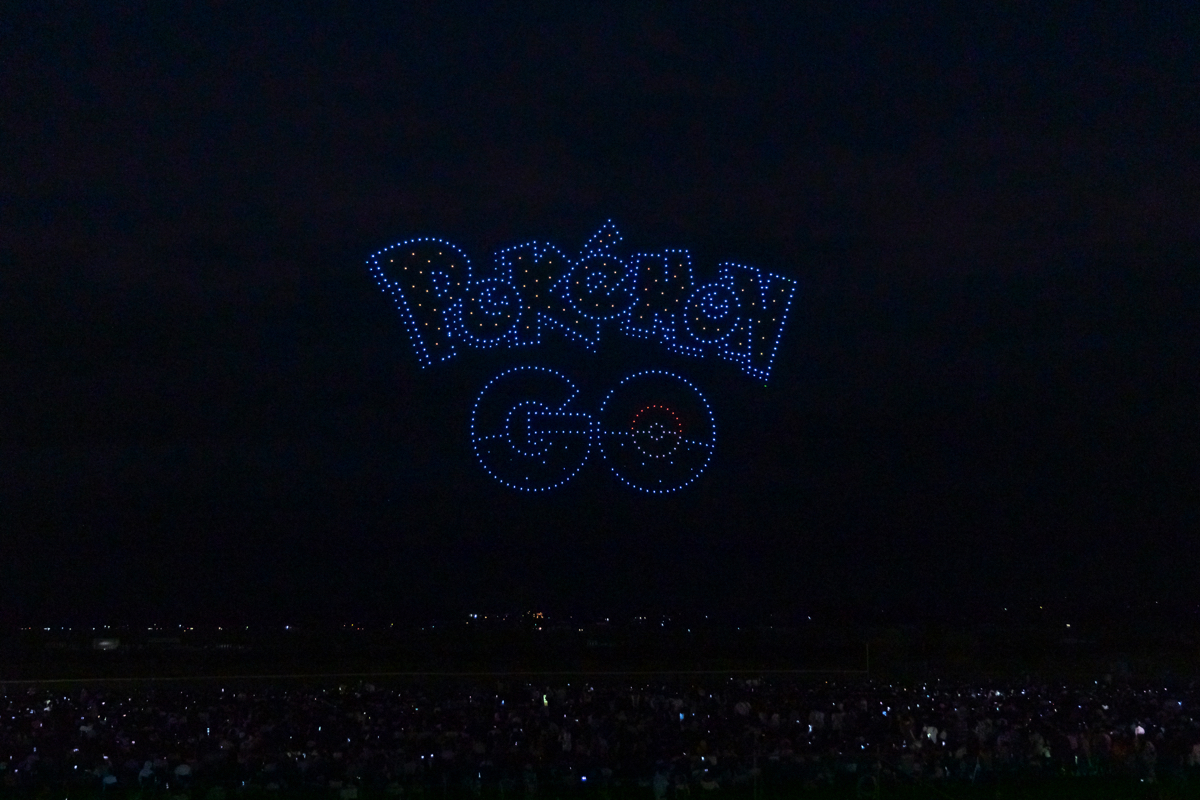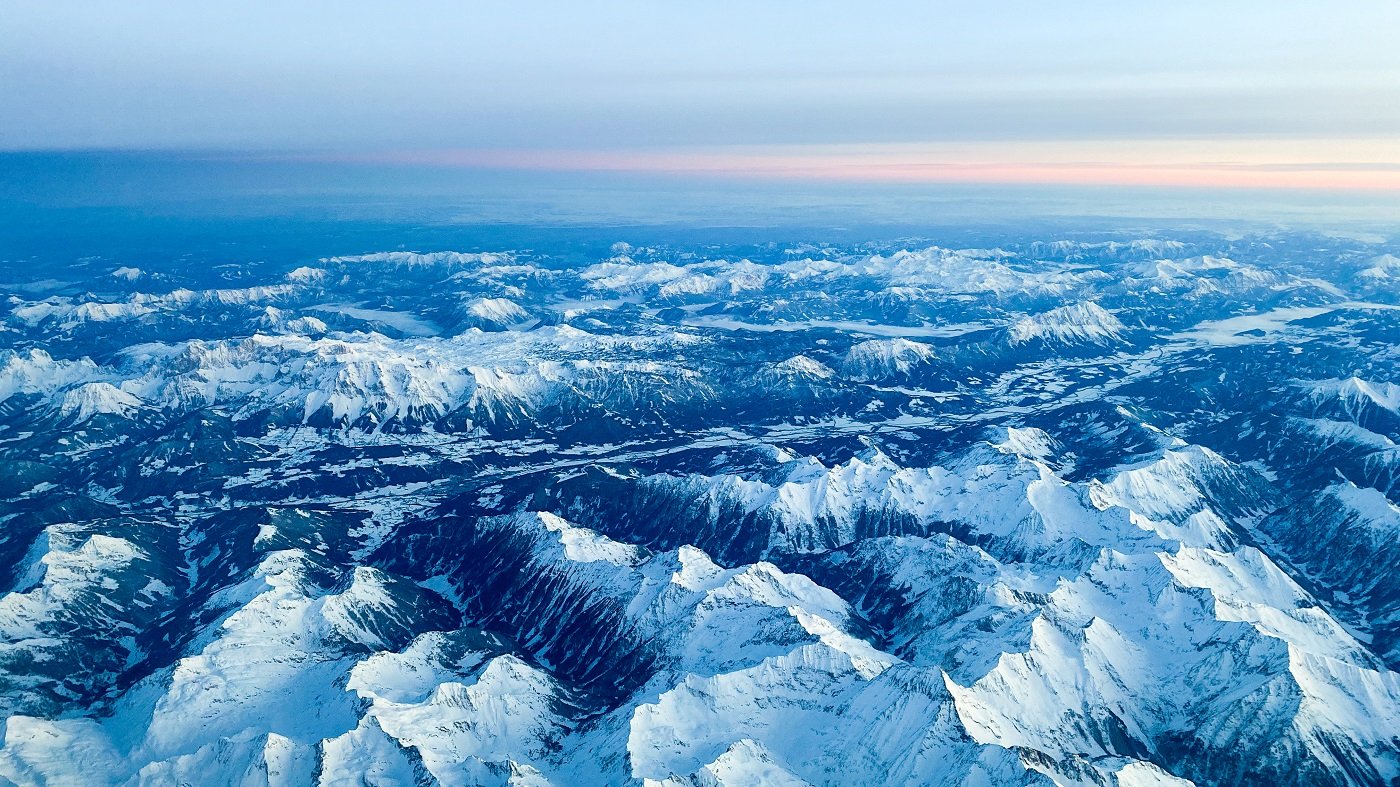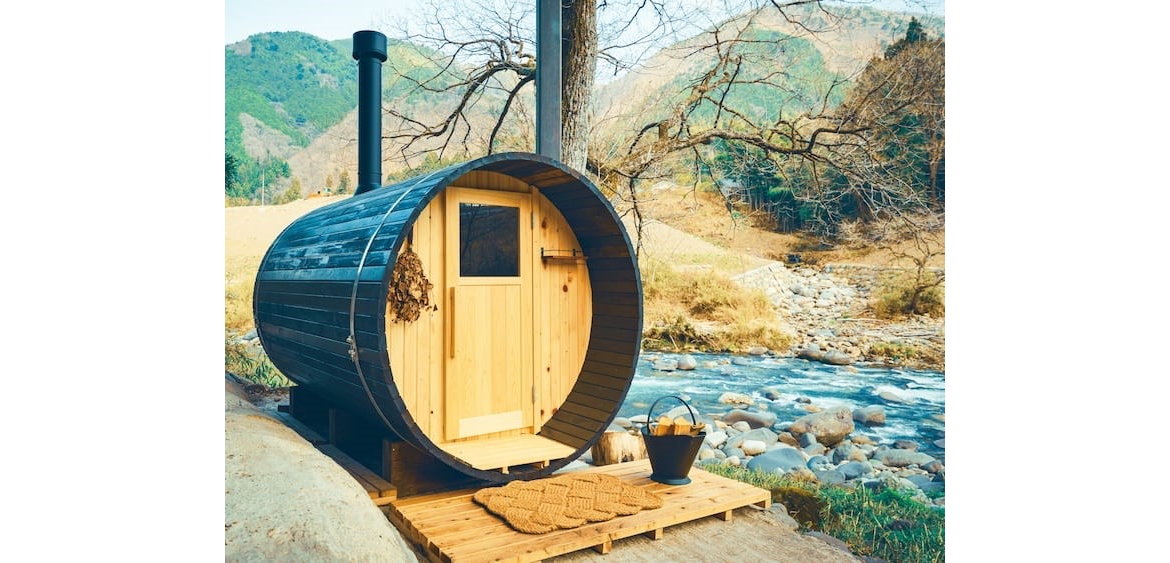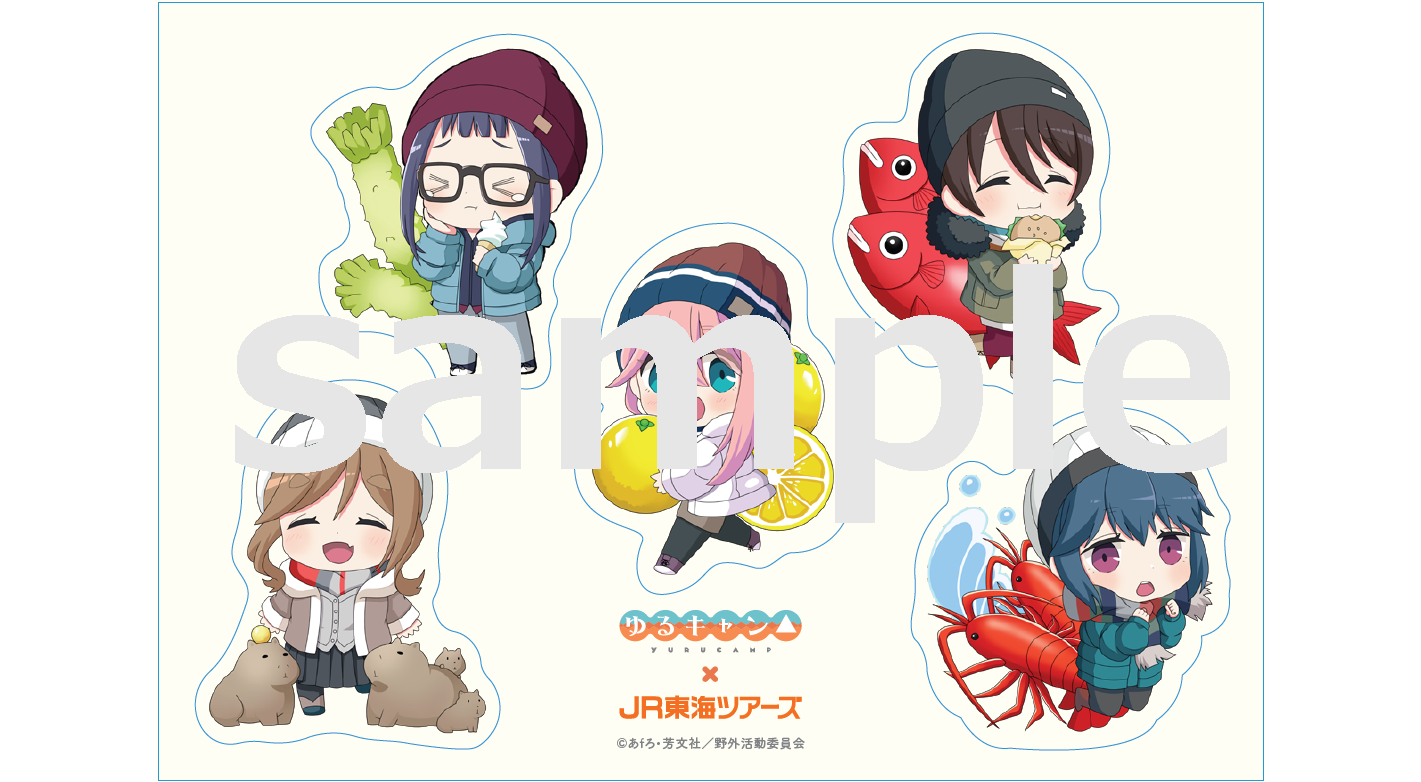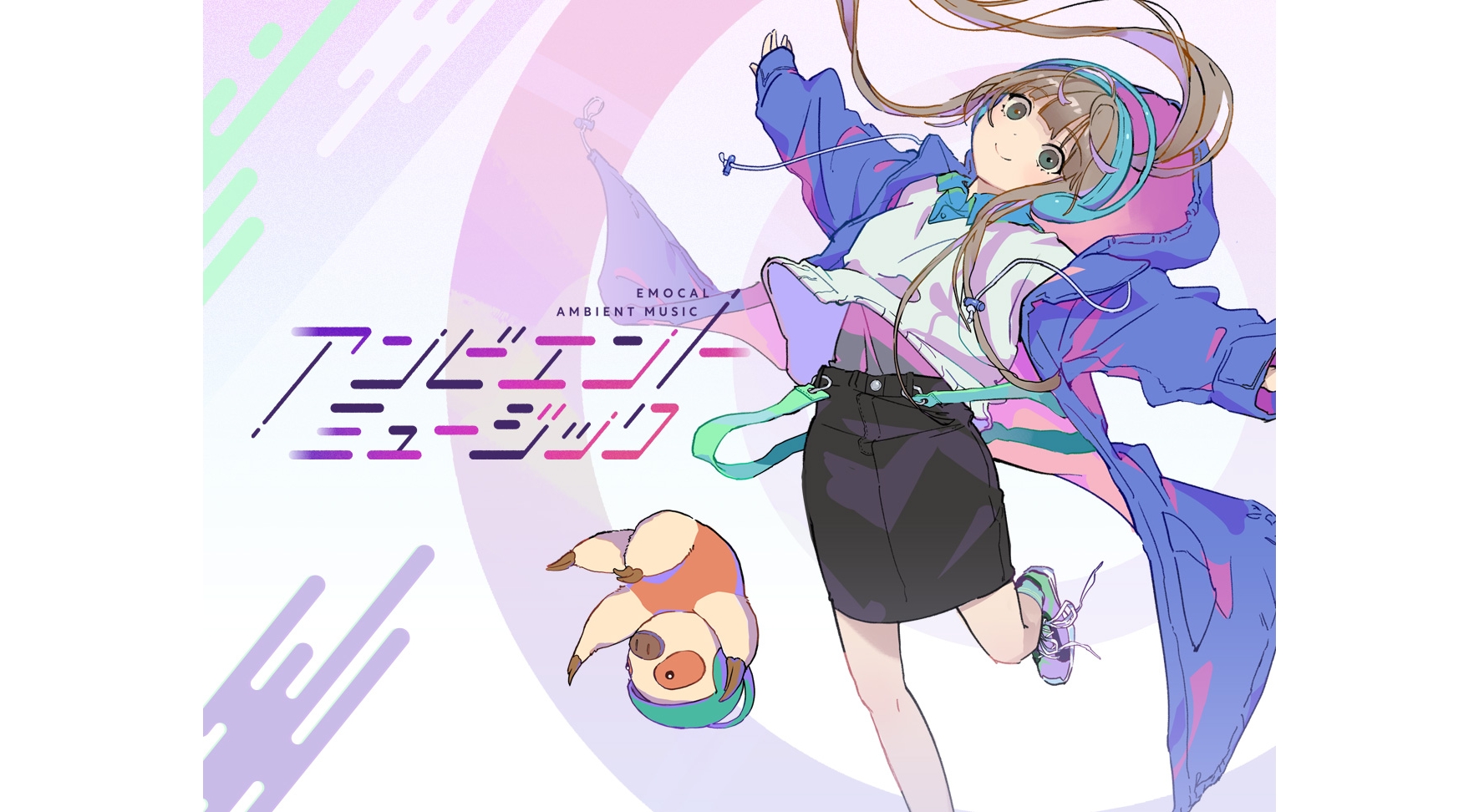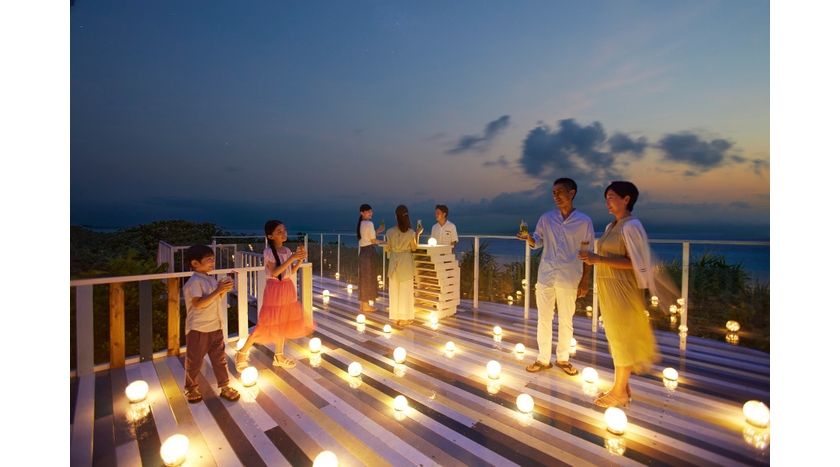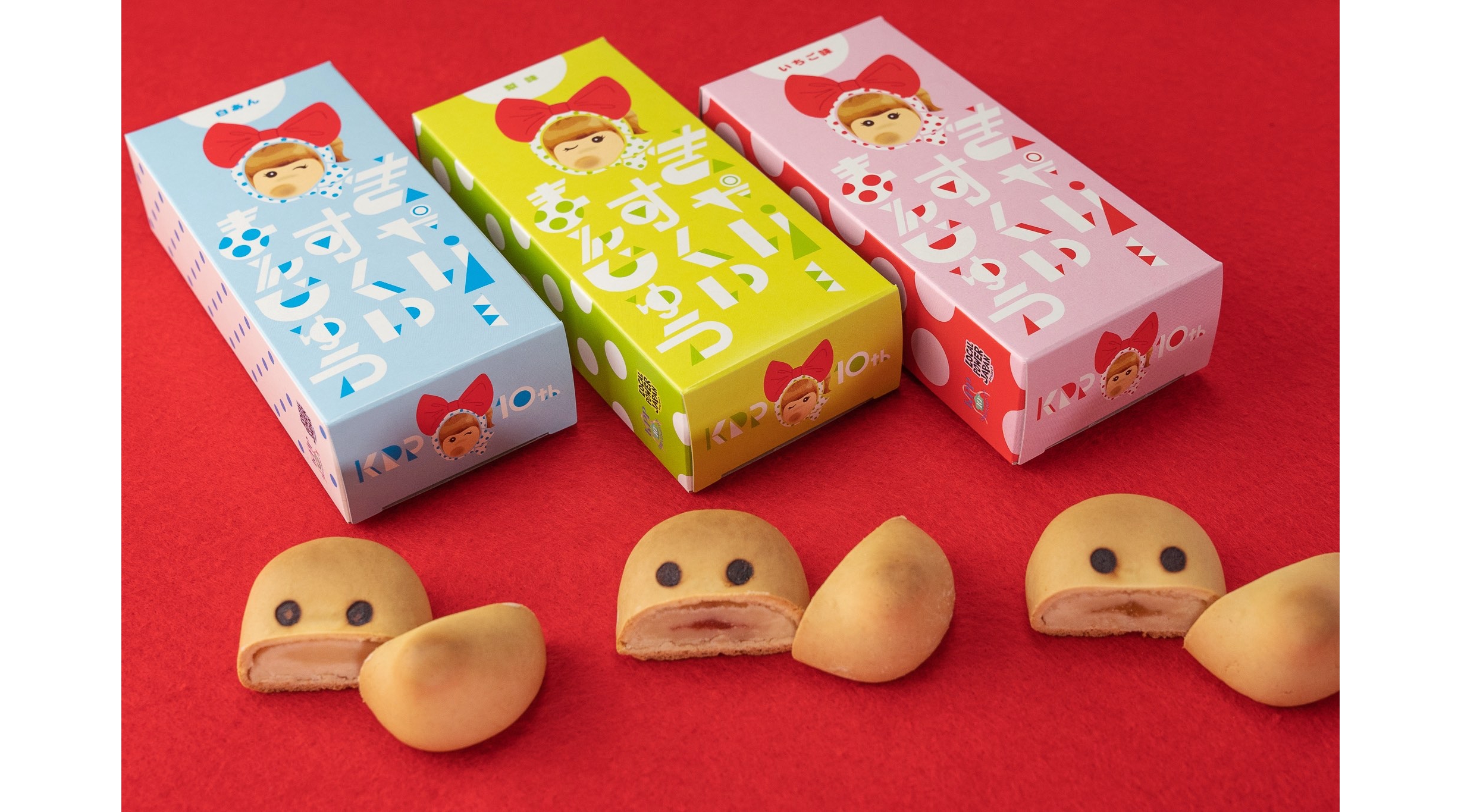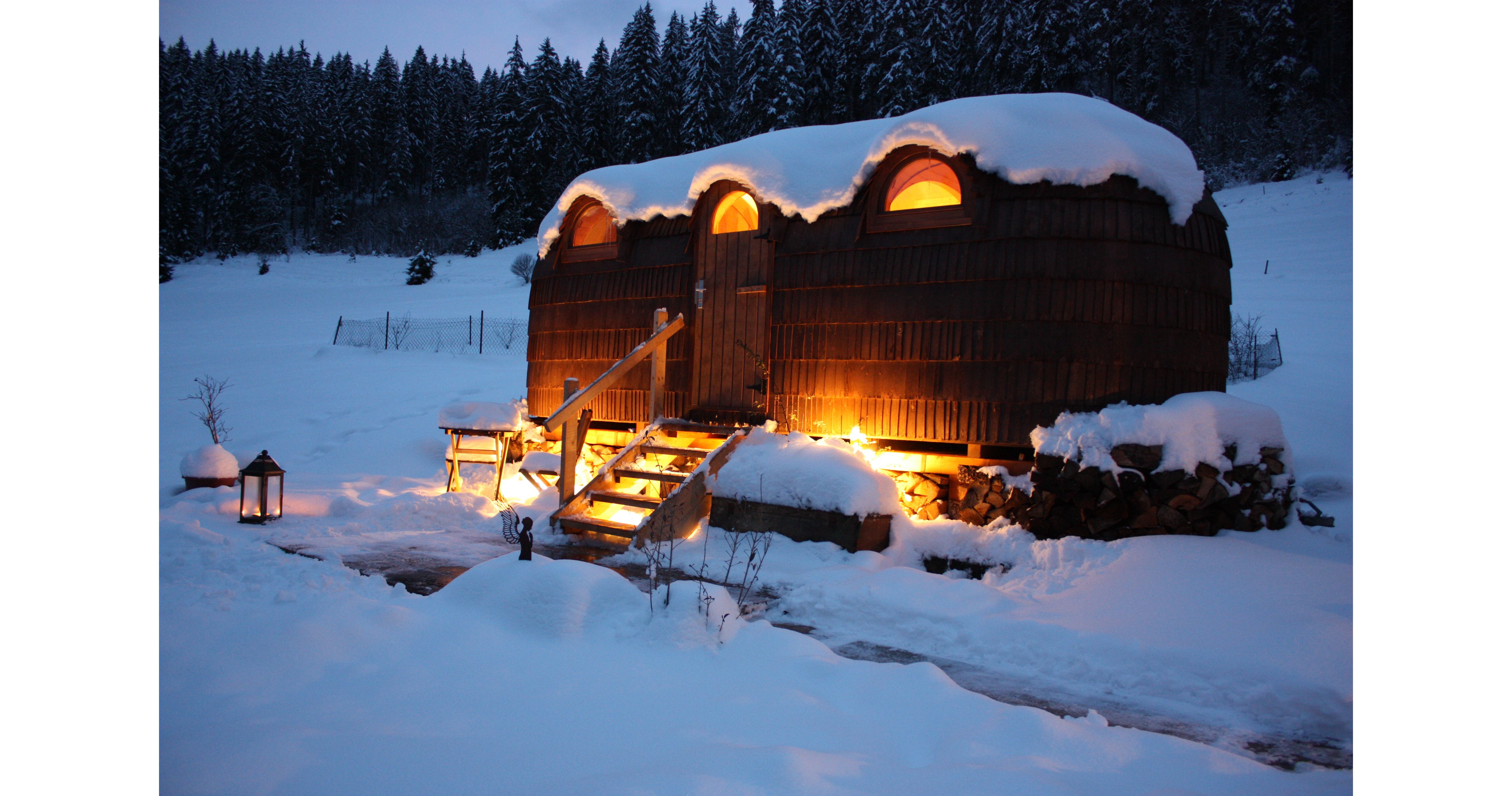【TRAVEL Q&A】Enjoy Japanese firework festivals to the max with this must-know info!
From July to August, firework festivals spring up all over Japan. Firework festivals are one of the things that are heavily associated with Japanese summers. This article is here to provide useful information so you can make the most out of them. We’ll also provides ome tips on what to bring!
Things you should know about firework festivals in Japan
Toilets
The toilets surrounding the venue are usually congested – for males and females, so it’s best to go before getting there. If you make it to the venue and need to go, make sure you go before the display begins so you don’t miss anything!
Finding a good spot
For any fireworks event, it’s best to get there between one and two hours early so you can nab a good spot!
IC Card charging/ Purchasing travel tickets
After the event, the train stations closest to the event are always going to be crowded with people, so before setting off for the festival, make sure your IC card is fully charged, or that you already have all your tickets for the journey there and back.
What to bring
What should you bring to fully enjoy a pleasant evening of fireworks?
1. Leisure sheet
You can purchase tickets for special seating to enjoy the show, but many decide to sit on the ground by reserving a spot with a leisure sheet. To ensure your clothes don’t get dirty, make sure you bring this sheet with you! We recommend buying one in advance from a 100 yen shop. It is possible to get these from a convenience store, but they may sell out on the day of the fireworks event so it’s best to get one in advance.
2. Wear long sleeves!
It is usually very humid on a typical Japanese summer’s day, but depending on the weather and the location, it can get rather chilly at night. There’s also a possibility that ash and remnants from the explosions above your head can fall from the sky and onto you. That is why we recommend long-sleeved clothing. You could also wear a Yukata or bring a blanket.
3. Bring insect repellant and itch relief medicine
At firework festivals, many insects lurk in the grass upon which you are sat or near water. Make sure you have your creams and medicines at the ready to prevent a mosquito attack and to soothe the aftermath. You can also purchase these at drugstores or convenience stores near train stations.
4. Food and alcohol
Indulging in food and alcohol whilst watching a fireworks display is one of the finest experiences you will ever have. Usually, there are food carts and stalls selling food and drinks that were prepared specifically for the occasion. We would recommend that you have a taste of these, however, they will be crowded. For those of you who hate queuing, it is best to buy your snacks and drinks in advance. Be aware that supermarkets and convenience stores close to the event will also be crowded.
So, what do you think? If you’re well prepared then you can really make the most out of your night – get to it! ♡
If you have any questions about Japan, send us a message on Facebook!https://www.facebook.com/msmsnippon/
RECOMMENDED ENTRIES
-
Travel Q&A: 10 Rules & On-the-House Services at Japanese Restaurants
Restaurants in Japan have a very different list of rules, on-the-house services and etiquette standards compared to other countries. If you enter a restaurant when in Japan without knowing some of these things you might make a mistake!
We’ve put together a list of 10 important points to learn before dining out in Japan.
1.Don’t give tips
The fact that you don’t need to give tips as restaurants in Japan can be bewildering to some foreign tourists. In Japan, there’s normally no service charge, unless it’s a high-end restaurant, in which case it’s possible that a service charge will be added. If you force a tip on the staff, they will get told off by their superiors later, so keep that in mind.
2.Watch out for ‘Otooshi’
Otooshi, also known as tsukidashi, are small appetizers served at bars and establishments that sell alcohol, particularly izakaya. They will be served event if you didn’t order them, and you can be charged for them. There are numerous reasons they give for serving ootoshi, such as ‘proof that we have taken your first order’ and ‘something to eat while you wait for the first food to come out.’ Lots of tourists not accustomed to this practice have felt cheated.
3.Water is free
When you sit down at a restaurant in Japan, you’ll be served water. Many tourists are surprised at the fact that cold water is served all year round the majority of the time in Japan. There are also establishments that serve free hot green tea instead of water.
4.The unexpected things are expensive (or cheap)
It’s not rare for things like delivery pizza or Korean pork belly BBQ, which are extremely cheap and common foods in other countries, to be expensive in Japan. On the other hand, you can eat Japanese foods like sushi, tempura and ramen at a very cheap price.
5.You order alcohol first at an izakaya
It’s not a set rule, but generally when you go to an izakaya, ordering a drink gives you plenty of time to read through the menu. Beer is often ordered before anything else. There’s even a set phrase for it, toriaezu biiru (‘[I’ll have] beer for now’). Try saying it in Japanese when you’re at an izakaya.
6.All-you-can services
Restaurants in Japan often have all-you-can-eat and all-you-can-drink services. If you pay a set price, you can eat or drink as much as you like. Many places offer this service, including, but not limited to, izakaya, yakiniku restaurants, and sushi bars. We recommend this to people who want to pay a little to get a lot!
7.Oshibori are free
Oshibori, or moistened towels, are given for free at Japanese restaurants. They are wet towels used to wipe your hands and face before a meal. Depending on the restaurant, you may be given a cold or hot towel. Staff at izakaya will also hand them to you. A lot of tourists praise this service as high quality.
8.Rules and menus are different at fast food restaurants
International restaurant chains like McDonald’s and Subway are of course in Japan too. If you’re a tourist bored of Japanese food, you’ll probably want to eat something familiar like fast food. In those times, you’ll be baffled by the differences between a fast food joint in your own country and in Japan. For example, in the case of McDonald’s, the Japanese large-sized drinks are smaller than the medium-sized drinks in the US. There’s also no self-service. Instead, the staff will pour the drink for you.
9.You cannot take food into restaurants (though there are exceptions)
One rule that puzzles a lot of people from Asia that come to Japan is the rule that states you cannot enter a place with food or drink. However, select establishments, such as food courts in large shopping malls, will permit you to do so. Be sure to do some research beforehand.
10.Take your shoes off on tatami
At izakaya and traditional Japanese restaurants, they implement customary Japanese style seating and tatami flooring. If you’re dining at a place with tatami mats, you must take your shoes off before stepping on it. The table seats and tatami are split into different areas even if it’s the same restaurant, so even if it’s OK to wear your shoes at table seats, you’ll need to take off your shoes when using tatami in most cases.
Did you learn something new? Sit alongside the locals when you come to Japan and enjoy some delicious Japanese cuisine!
If you have any questions you want answering about Japan, then please be sure to get in touch with us on the MOSHI MOSHI NIPPON Facebook page!
-
【TRAVEL Q&A】From Shinjuku to Hakone Hot Spring via Odakyu “Romancecar” Line!
Hakone, Kanagawa is one of the most popular “onsen” (hot spring) towns in Japan. The area is popular among both Japanese people and tourists from foreign countries since it is close to Tokyo and has many sightseeing spots such as Ahinoko (lake), Owakudani (valley) and Hakone Chokoku no Mori Museum.
There are several ways to go to Hakone but I recommend using the “Odakyu Romancecar” (limited express train) run by Odakyu Dentestu which departs from Tokyo. It takes about an hour and 40 minutes and you can go to Hakone direct. In this article, I will inform you of how to ride on the “Odakyu Romancecar” to go to Hakone.
1: How to ride Odakyu Romancecar?
Let’s get tickets first. The tickets you must buy are “Joshaken (normal fare)” and “tokkyuken (limited express surcharge).” The “Joshaken” is an Odakyu Dentetsu limited ticket and the fare differs according to the station that you will get off at. “Tokkyuken” is a ticket you must buy when riding on a limited express train which means you must buy this ticket in addition to the “joshaken.” There are three ways to buy these tickets.
1) Making a reservation/purchasing the ticket via the Internet
2) Making a reservation/purchasing the ticket at a ticket counter/ticket vending machine
3) Making a reservation on the telephone.
Making a reservation by telephone is not recommendable for those of you from foreign countries since English-speaking staff are not available.
2: How to but a ticket via the Internet?
Using e-Romancecar is recommended when using the Internet to buy a ticket. As a matter of course, you can use a credit card on this web site. You can ride the Romancecar by just by handing out the printed sheet or showing the screen of your smart phone to the staff at the ticket counter. If you are planning to just make a reservation (not paying the fare) on the web site, you must pay the fare by using the ticket vending machine or at the ticket counter before getting on the Romancecar. It is recommended that you buy your ticket beforehand if the date that you are going to Hakone is decided.
3: How to buy a ticket/make a reservation via the ticket counter at the station?
The ticket counter is normally open from 6:30 to 21:00. The ticket vending machines can be used any time (except for when the trains are not running) but credit cards cannot be used. You can purchase tickets for up to 8 persons at once using the vending machine. So, those of you who are planning to go to Hakone with a group of more than 9 people you must purchase your tickets at the ticket counter.
4: Let’s get on to the Romancecar!
Now let’s learn how to get on a Romancecar. There are several types of Romancecars available – MES (Type 6000), VSE (Type 50000), EXE (Type 30000) and LSE (Type 7000). The fares for all types are the same. You can eat a limited-“bento” (box lunch) if you make a reservation 3 days (AM) before you ride the Romancecar.
Why not experience a ride on the “Romancecar” and enjoy the hot springs in Hakone. Wishing you a pleasant trip! MMN will introduce to you many kinds of “Q&As in Japan.”
If you have any questions, feel free to send a message to MOSHI MOSHI NIPPON’s FB account!
-
Travel Q&A: What’s The Cheapest Way to Get to Central Tokyo From Narita Airport?
10.February.2018 | SPOT
Airports in Japan are typically quite a distance from the heart of Tokyo metropolis. There are various ways of getting to the center of the capital including by train, bus and taxi.
But which is the cheapest?
We compared various methods of transportation, taking into account their prices and time taken to get to central Tokyo. Let’s take a look.
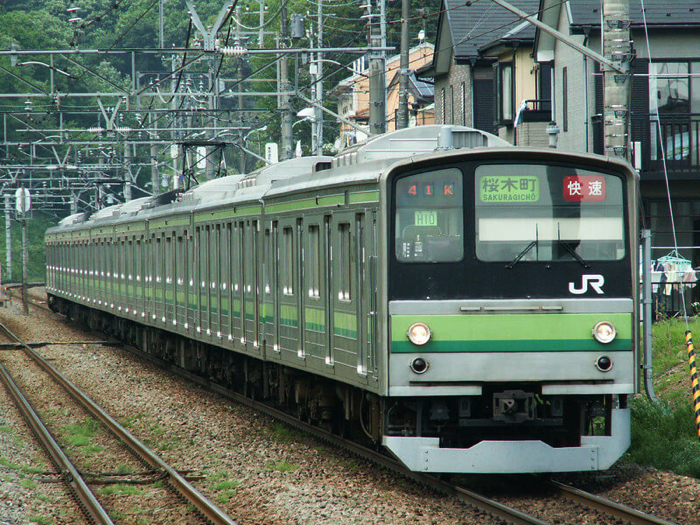
1: By Train
JR Narita Express (N’EX) – 54 minutes
Narita Airport→Tokyo Station (¥1,320〜¥3,020)
The JR Narita Express, also known as N’EX, conveniently connects Narita International Airport with major urban areas in Tokyo including Tokyo Station, Shinjuku, Shibuya and Yokohama. All seats are reserved, but if you purchase a ticket to ride in the Ordinary Cars (not the first class Green Cars), you can ride at a cheap price.Website: http://www.jreast.co.jp/e/nex/ (Japanese, English, Chinese, Korean)
Keisei Skyliner – 40 minutes
Narita airport→Nippori Station (¥2,465)
To board the Keisei Skyliner, purchase a ticket from the ticket office or automatic ticket machine by the ticket gates at Narita International Airport. All seats are reserved, so you are guaranteed a seat. From Nippori Station, you can board the Yamanote Line and head to central Tokyo, Ueno, Ikebukuro, Shinjuku and other major urban areas in the city.Website: http://www.keisei.co.jp/keisei/tetudou/skyliner/ (Japanese, English, Chinese, Korean)
Limited Express via Keisei Main Line – 1 hour 16 minutes
Narita Airport→Nippori Station (¥1,025)
This method of transportation takes the longest amount of time, but it’s also the cheapest. There are no station changes on the way. Before you reach Nippori Station you will stop at Oshiage Station, where you could get off to stop by Tokyo Skytree and Asakusa.For other routes, visit the Narita Airport website below where you can search how to get from Narita Airport to your destination.
http://access.narita-airport.jp/en/index.html (Japanese, English, Chinese, Korean)2: By Taxi (¥29,050 approx.)
Narita Airport→Tokyo Station – 2 hours 34 minutes approx.
Compared to other methods, the price of commuting via taxi is expensive, but you don’t have to worry about having to buy a ticket and there are also no waiting times. You can also stop off somewhere you like on the way and enjoy yourself until you reach your hotel or accommodation.3: By Limousine Bus (¥2,800)
Narita Airport Terminal 2→Tokyo Station Yaesu Central Exit – 1 hour 35 minutes approx.
The limousine buses arrive every 20 minutes or so at Tokyo Station and Narita Airport. You can book a seat in advance or on the day. The bus also goes through many popular tourist spots such as Ginza, Shibuya and Asakusa. It takes longer than the train, but you’ll arrive at your destination without worry of getting lost or getting off at the wrong stop.Website: http://www.limousinebus.co.jp/route/index.html (Japanese, English, Chinese, Korean)
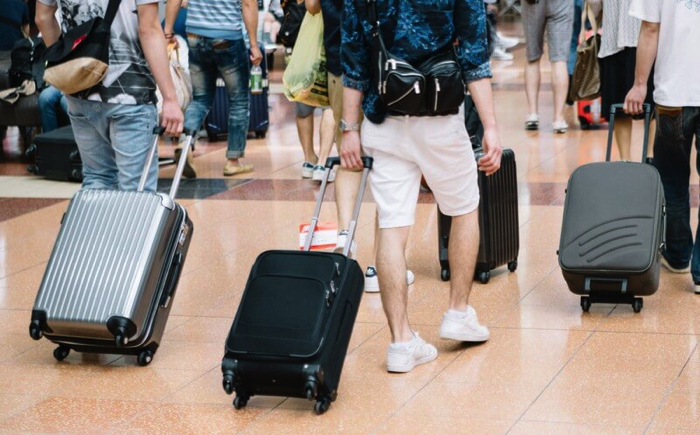
Was this information helpful? If you’re commuting from Narita Airport, then be sure to use it as reference.MOSHI MOSHI NIPPON will continue to answer frequently asked questions about Japan. If you have any questions about Japan, then be sure to send us a message via the official MOSHI MOSHI NIPPON Facebook page!
https://www.facebook.com/msmsnippon/ -
Japan Q&A: Get the most from your Tokyo sightseeing with a 1-Day Travel Pass
When you’re in Tokyo, the main method of transportation for getting around the city’s 23 wards is via the subway – specifically, via JR, Tokyo Metro and Toei Subway. Each of these services offer their own affordable 1-day travel tickets that can be used across all lines, making them a useful tool to have. Let’s take a look at some of the questions regarding 1-day passes.
5 Must-Haves For Tokyo Sightseeing!
To make the most of your Tokyo trip, we recommend one of the following five 1-day passes for efficient travelling. You and board and get off as many times as you like, so there’s no need to worry about extra fees – you can tour all of the sightseeing spots at your own leisure.
- JR East Japan – Tokyo Metropolitan District Pass (“Tokunai Pass”)
The “Tokyo Metropolitan District Pass” is a day ticket that allows unlimited rides on local and rapid JR East trains around the 23 special wards of Tokyo. You are free to sit in any seats excluding reserved seating, and can even board the shinkansen within the designated area. The Tokyo Metropolitan District Pass can be purchased inside JR East Japan stations, ticket windows, the Travel Service Center (View Plaza), and travel agencies. It’s ¥750 for adults and ¥370 for children.
- Tokyo Metro 24-hour Ticket
This ticket enables unlimited rides on all Tokyo Metro lines. Costing just ¥600 for adults and ¥300 for children, tickets can be bought in advance or on the day at ticket vendors located in all stations. Not only can you visit Tokyo’s 23 special wards, but the ticket also covers the commuting distance of Saitama and Chiba too, making it convenient for amusement and business. With this in hand, you can travel to any of the major areas.
- Toei One-Day Pass (“Toei Marugoto Kippu”)
A Toei One-Day Pass gives you unlimited access to the Toei Subway, Toei buses, Toei Streetcar (Toden), and Nippori-Toneri Liner. It’s ¥700 for adult and ¥350 for children. An additional fee is required for night buses to make up the difference – ¥210 for adults (¥206 with IC Card) and ¥100 for children (¥103 with IC Card). Tickets can be bought in advance or on the day at a ticket vendor located inside all stations.
- Common One-Day Ticket for Toei Subway and Tokyo Metro
The Common One-Day Ticket allows unlimited use of the Toei Subway and Tokyo Metro Subway Lines for an entire day. It costs ¥900 for adults and ¥450 for children. Tickets are available to purchase from automatic ticket vending machines at all Toei Subway and Tokyo Metro Subway stations, as well as Narita Airport and Haneda Airport. This ticket allows free travel from Narita Airport and Haneda Airport to Tokyo’s 23 special wards and the commuting distance of Saitama and Chiba. This one’s a real bargain!
- Tokyo 1-Day Ticket
As well as the Toei Subway, Toei buses, Toei Streetcar (Toden), Nippori-Toneri Liner, and all Tokyo Metro lines, the Tokyo 1-Day Ticket can also be used on the JR Lines around Tokyo. You can ride and get off at all the major locations in Tokyo for one whole day. At just ¥1,590 for adults and ¥800 for children, this ticket is very affordable. Available at automatic ticket machines at all stations. We recommend this one for people looking to travel across a wide distance.
Tokyo Sightseeing With Private Railways? Take These 2 With You!
Private railway free passes are a super handy tool to have if you’re heading somewhere JR and subway tickets don’t cover. They’re convenient for access from the inner city to the Shitamachi areas, and are pefect for exploring those hidden, tucked-away gems.
- Tokyo Exploratory Ticket (Tokyo Tansaku Kippu)
Not only does this ticket give discounts on round-trip ticket fares from Keio Line, Inokashira Line, Tobu Isesaki Line and Tsukuba Express to the inner city, it also offers unlimited rides with Toei all day. That includes Toei buses, Toei Streetcars (Toden), Nippori-Toneri Liner, and of course the Toei Subway. If you hold a Tokyo Exploratory Ticket, you can also receive discounts and gifts from facilities along each Toei line. These services are located at all manned stations on all lines. Please be aware that prices and the system changes depending on which station you purchase the ticket from.
- Tokyo 1DAY Kippu
This ticket comes as a set: a round-trip ticket from all stations on the Keikyū Main Line to Shinagawa, and unlimited rides with Toei. If you hold a Tokyo 1DAY Kippu, prepare to receive discounts and gifts at popular facilities and spots around Tokyo. This ticket can be purchased at all stations on the Keikyū Main Line barring Sengakuji Station and costs ¥900 from Shinagawa, ¥1,130 from Yokohama, and ¥1,700 from Yokosuka-Chūō.
Was this article helpful? Be sure to get the most out of your Tokyo trip by getting the right ticket for you.
MMN will continue to answer your questions about Japan in our “Japan Q&A” series. If you have any questions regarding Japan, then please be sure to get in touch with us on Facebook♪
-
【Travel Q&A】Step-By-Step Guide to Praying Etiquette at Japanese Shrines & Temples
31.December.2017 | SPOT
Visiting shrines and temples is one of the must-do activities when visiting Japan to really experience the traditional culture. But did you know there are certain rules to follow when praying at a shrine? But do not worry, it’s actually quite simple. We will walk you through the process step by step so you know exactly what to do when you arrive at a shrine or temple during your trip to Japan.
1:Shrines? Temples? What’s the difference?
First of all, let’s clear up the difference between a shrine and a temple. Temples came from countries such as China and India to spread Buddhism. They are places to worship Buddha and are installed with statues of Buddha. Buddhist monks live to spread the teachings of Buddhism. Inside the temples are bhikkhu (monks), bhikkhuni (female monks), temple masters and more who enshrine the image of Buddha.
Related article:【Tokyo Stroll】Strolling around Asakusa for half of the day finding the stereo typical sightseeing spots and new spots.
On the other hand, shrines originated from primitive, scared altars such as “iwakura” (sacred rocks) and other places where the gods are said to live – places where people cannot enter. They were temporarily erected during special occasions. Shrines that you see today were not originally a permanent structure. Their origin is different from those of temples that came from abroad. Shrines originated in Japan and their history there goes back further than Buddhism, making them much different from temples.
Related article:Visit Temples and Shrines, and Collect Goshu-in!
2:So, how do I pray?
There are several steps to follow when praying at a temple or shrine in Japan. These steps may also differ from temple to shrine, so be sure to check properly before starting.
Shrines & Temples
Praying:
The general starting point is to throw some money into the offertory box. Most people throw in a ¥5 coin. This is because “5 yen” in Japanese is pronounced “go-en,” which is a homophone with the word for “good luck” (ご縁).
Bell:
If there’s a bell positioned above the offertory box, then be sure to ring it by shaking it back and forth. This is done to call the gods to the shrine.
Can I take photos:
Many places will not allow you to take photos. Be sure to check thoroughly whether there is a warning sign or not. Even if you see people taking photos, make sure to check for yourself.
Related article:【Tokyo Stroll 】A power spot at the heart of Tokyo? Half a day at Meiji Shrine!
Shrines & Temples
“Temizuya”
The first thing you’ll find when arriving at a shrine and many temples is the “temizuya” (water purification basin). This is where you wash your hands and rinse your mouth to cleanse yourself before praying.
There are several steps to follow:
1) Hold the ladle with your right hand and wash your left hand – then do the opposite.
2) Take the ladle with your right hand and scoop some water. Pour the water into your left hand and rinse your mouth with it. Make sure to never bring the ladle to your mouth. Spit the water next to the fountain, never directly back into it.
3) With the ladle still in your right hand, rinse your left hand one last time. Done.
Praying at a shrine – bowing and clapping
- Come before the shrine, perform a light bow and ring the bell.
- Toss your money into the offertory box.
- Perform 2 deeper bows (30°-45° angle), bring your hands to the front of your chest, pray, then clap twice.
- Finally, bow deeply one last time, and you’re done!
Temples
Praying at a temple – bowing
- Perform a light bow, throw your money into the offertory box and ring the bell.
- Bring your hands to the front of your chest, pray, and perform a final light bow.
What’s the best way to tell if you’ve come to a shrine or temple, I hear you asking? If you passed under a “tori” on your way in, you’re at a shrine. They’re usually red and look like big gates with two main pillars. If you passed under a “sanmon,” you’re at a temple. These are often complete with a roof and look like mini-temples in their own right. The praying process at shrines and temples are much different so be sure to check where you are first!
Temples
Incense
Some temples have an incense holder stationed outside, where you can purchase your own bundle of “osenko” (incense) to burn. If you’re lighting your own incense, be sure to put out the fire by hand and never blow it out. But before you do, make sure you wave some of that incense smoke onto you as it’s said to have healing powers! If there’s a weak part of your body, too, then be sure to try it out.
3:What’s a “Goshuin”?
Goshuin
The must-do popular thing right now is collecting “goshuin” (red seal stamps). These stamps are given at shrines and temples to show that you have visited those places. In addition to the shrines’ and temples’ unique seals, specially trained writers will write the name of the shrine or temple, the date at which you visited and sometimes other information, all in calligraphic writing. One of the reasons for the goshuin popularity is for the artistry behind it all as the penmanship and designs are different depending on which place you visit. Whether you visit the same place twice or just the date is being written for you, each and every goshuin entry has its own unique characteristics and feeling put into the characters depending on the person writing for you, meaning your entry will be the only one of its kind in the world. You will require a goshuin stamp book to receive a stamp entry. They are sold at many of the popular shrines and temples.
We have an article about collecting cute goshuin on the MOSHI MOSHI NIPPON website so be sure to check it out!
Related Article: 【Tokyo Stroll】 Lost in a world of shrine arches and lucky sand! Head to Anamori Inari Shrine near Haneda airport!
Was our guide useful? We hope you use it for reference when visiting shrines and temples in Japan.
MMN will continue to answer questions related to Japan and Japanese culture. If you have any questions about Japan then be sure to hit us up on our Facebook page!
-
【TRAVEL Q&A】What is Hatsumode? Q&A regarding Japanese year’s end and New Year’s holiday customs
The year’s end and New Year’s holiday of 2017/2018 for most people will be from the 29th of December to the 3rd of January. In this article, I will introduce to you some year’s end/new year’s holiday customs in Japan.
What do you have to be aware of when traveling during the year’s end/New Year’s holiday?
Many stores and facilities are closed during this season. Make sure to check out the websites of the places that you want to visit beforehand.
What is hatsumode?
“Hatsumode” is a New Year’s custom where people visit shrines and temples to wish for a good year. After offering prayers at temples/shrines, many people buy paper fortunes or amulets. To offer a prayer, visit shrines or temples. Each shrine/temple is considered to have different “powers” such as prosperity in business and success in academic learning so make sure to check out which shrine/temple suits your wishes. It is also fun to buy food/goods at stalls and it is recommended to eat some food like yakitori (grilled chicken), yakisoba (stir-fried noodles) and cotton candy. Don’t forget to wear warm clothes when visiting a shrine/temple.
Detailed information RE how to offer a prayer:https://www.moshimoshi-nippon.jp/68492
Some customs during New Year’s holidays
There are some traditional decoration items for the New Year’s holidays.
・Kadomatsu
Kadomatsu is a New Year’s decoration made of bamboo and pine tree branches and it is often decorated at the entrance of the house. Kadomatsu is thought to be an earmark decoration at the entrance of a house so that the Gods can come to one’s house directly.
・Kagamimochi
Many Japanese believe that the Gods visit one’s house on New Year’s Day and kagamimochi is an item to welcome the gods. It is said that kagamimochi should be prepared before the 28th of December. The Gods will come to your house when the sun rises on the New Year’s Day so make sure to prepare it before the 28th. Kagamimochi must continue to be decorated until the 11th of January.
Shinkansen bullet trains are very cworded!
Since many Japanese people meet with their family members during New Year’s holidays, shinkansen bullet trains can become very crowded. Therefore, it is recommended that you make a reservation in good time.
What are hatsuuri and fukubukuro?
The word “hatsuuri” means the first sales in the New Year. Many stores sell fukubukuros (lucky bags with random products). By purchasing such a bag one can try their luck. Usually, you cannot see what is inside the fukubukuro but some fukubukuros includes expensive items which means you have a chance to buy something expensive at a very low price.
What do Japanese people eat during year’s end and during the New Year’s holidays?
・Toshikoshi Soba (buckwheat noodles)
“Toshikoshi soba” is a food which Japanese people eat on New Year’s Eve for good luck. The origin of this custom is unknown, but some people say this custom has the meaning of “severing bad luck by eating easy to break buckwheat noodles” or “wishing for longevity by eating long noodles.” You can eat these buckwheat noodles warm as in “kakesoba” or cold as in “zarusoba.” However, make sure to finish your noodle dish before New Year’s Eve ends because it is said that eating toshikoshi soba after crossing over into the New Year brings bad luck.
・Osechi
Osechi is a multitiered box filled with food which brings good luck. Each food/ingredient brings a different kind of luck such as a rich harvest, perpetual youth and longevity and prosperity of descendants.
・Ozoni
Ozoni is a shoyu/miso flavored soup with mochi (rice cakes) inside. The shape of the mochi and ingredients differ depending on the house or the local area.
How did you like this introduction to New Years customs? Let’s have a wonderful trip during this coming holiday season.
RELATED ENTRIES
-
Hirosaki and Hakodate to Begin Winter Tourism Campaign with Snow Miku Starting December 2022
26.November.2022 | ANIME&GAME / SPOT
The cities of Hirosaki and Hakodate in Hokkaido have announced that they will team up with Hatsune Miku’s popular iteration Snow Miku to promote tourism in the area this winter. A number of activities will begin in December 2022.
[Snow Miku x Hirohako] Collaboration Project
■Hirohako Winter Tourism Campaign Poster Featuring Snow Miku
・Period: Mid-November~February 28, 2023
・Locations: Facilities in both cities, tourist facilities, hotels, shopping areas
■Snow Miku Illustration Contest Exhibition Event
Over 50 illustrations have been submitted under the theme of Snow Miku and Hakodate / Snow Miku and Hirosaki. These will be on display through the winter!
・Running: December 1, 2022 – February 28, 2022
・Venues: Hirosaki Municipal Tourist Center (Hirosaki)
Kanemori Red Brick Warehouse (Hakodate)■Snow Miku Photo Spot
Snow Miku panels featuring shamisen and apples from Hirosaki will be on display, while the Hakodate version will include references to squid fishing and footbaths.
・On Display: December 1, 2022 – February 28, 2022
・Locations: JR Hirosaki Station, Chuohirosaki Station (Hirosaki)
JR Hakodate Station, Hakodate Airport (Hakodate)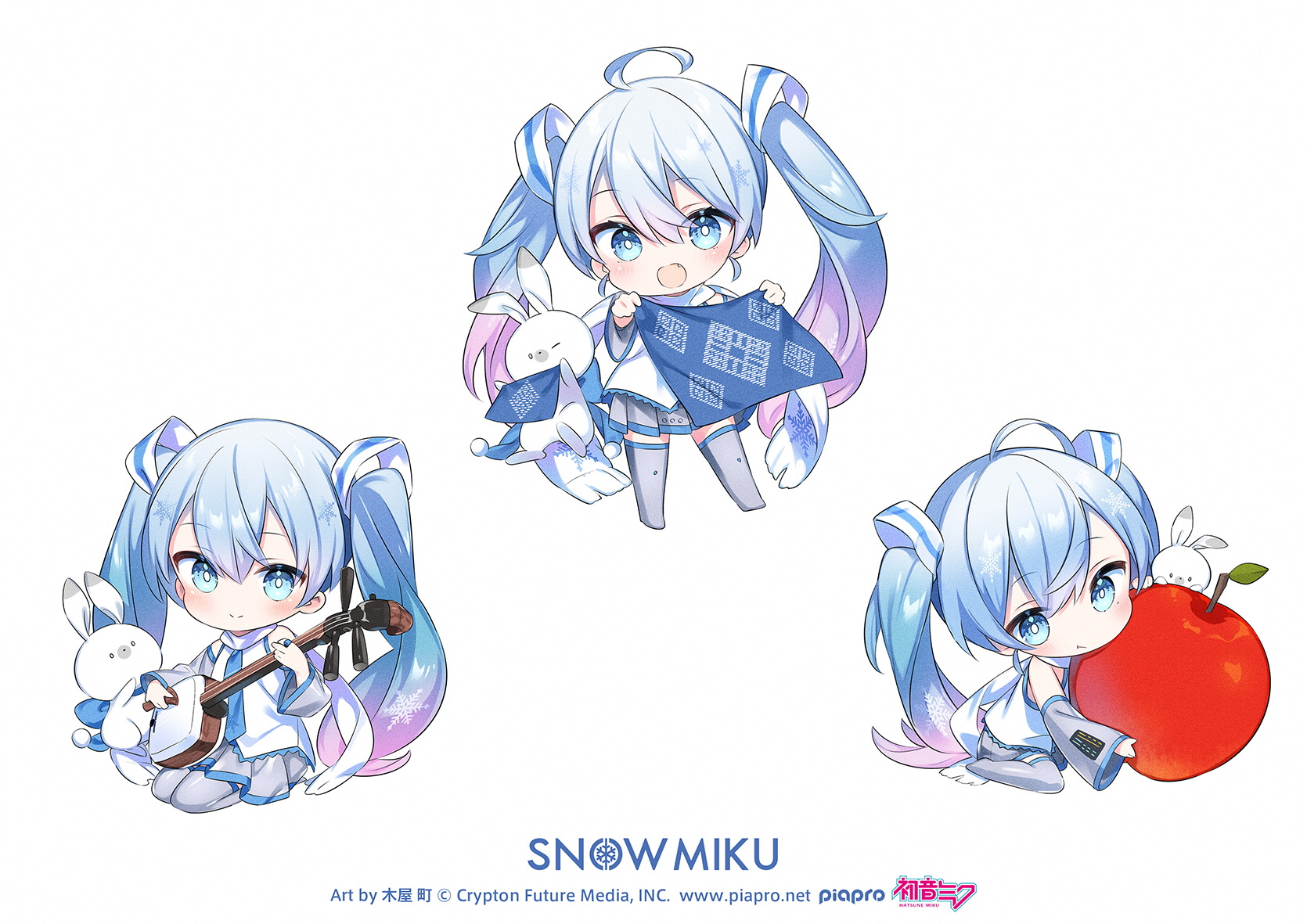
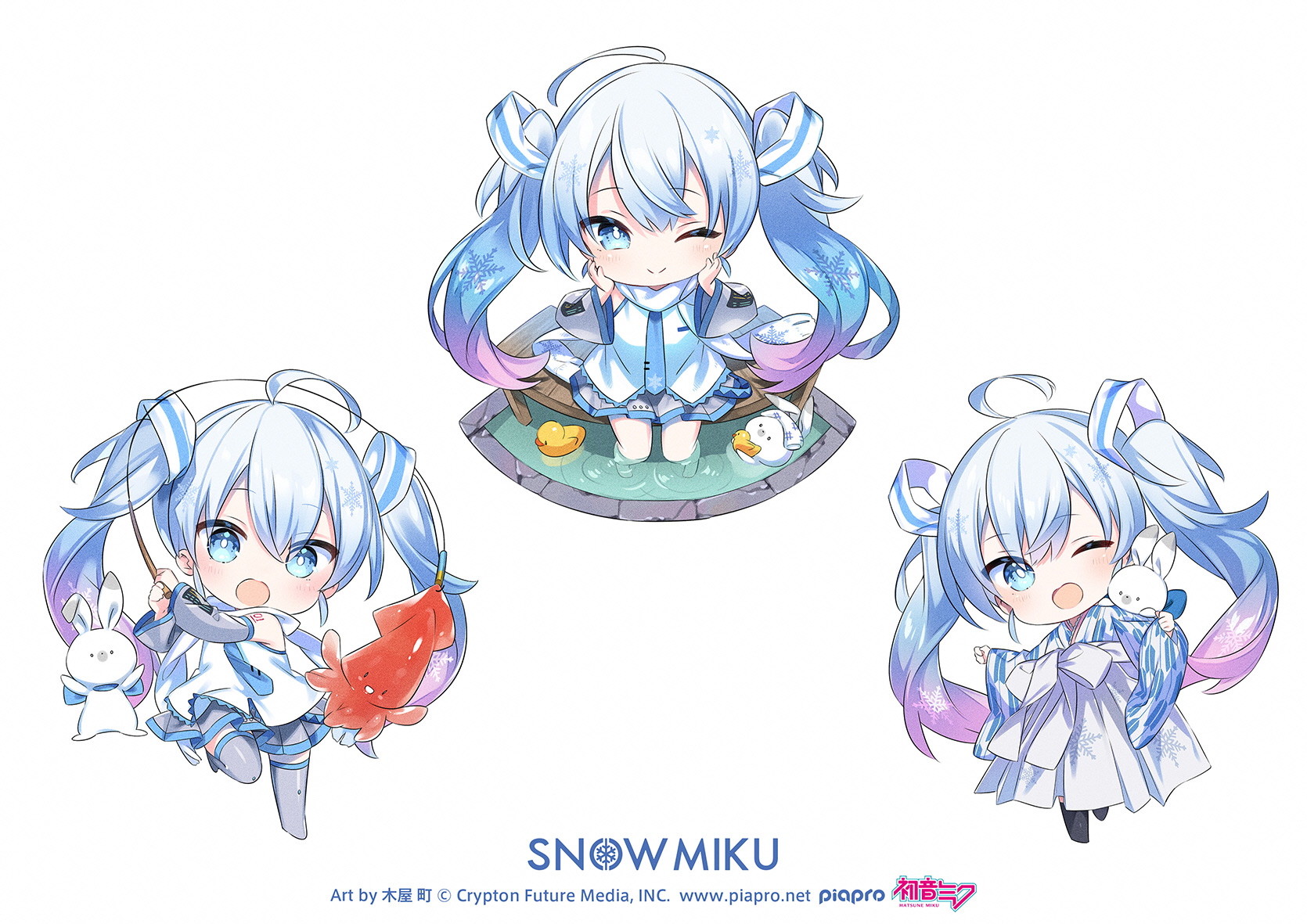
■Digital Stamp Rally Using the Mikunavi App
A number of panels will be installed at five checkpoints in Hirosaki and Hakodate. A total of 1,000 people–500 in each city–will win original merch including a Snow Miku mask case and decorated masking tape. All you need to do is check in!
・Available: December 1, 2022 – February 28, 2022
・Locations: (Hirosaki) Hirosaki Municipal Tourist Center, Hirosaki City Machinaka Information Center,
Hirosaki Tourist Information Center, Hirosaki Castle Information Center, Tsugaru-han Neputa Village
(Hakodate) Kanemori Red Brick Warehouse, Yunokawa Hot Spring Footbath, Goryōkaku Tower,
Hakodate Green Plaza C Block (Hakodate Lumi-Pop), Old Public Hall of Hakodate Ward
■Hirohako Winter Tourism Campaign Theme Song and Music Video
The tourism theme song will get a new music video that will be broadcast on YouTube, at local tourist facilities, and on TV and radio!
・On Air: December 1, 2022~
・Theme Song: Mahou no Keshiki (Lyrics/Composition: ryuryu)
■Snow Miku Welcome Announcements to be Broadcast at Tourism Facilities, etc.
A one-minute welcome announcement by Snow Miku will air at tourist facilities!
・Running: December 1, 2022 – February 28, 2022
・Locations: Tourist areas in both cities
■Snow Miku Filters Using AR
When each barcode is scanned with a smartphone, Snow Miku will appear on the screen! Visitors can take pictures with Snow Miku to commemorate their winter trip to Hirosaki and Hakodate.
・Available: December 1, 2022 – February 28, 2022
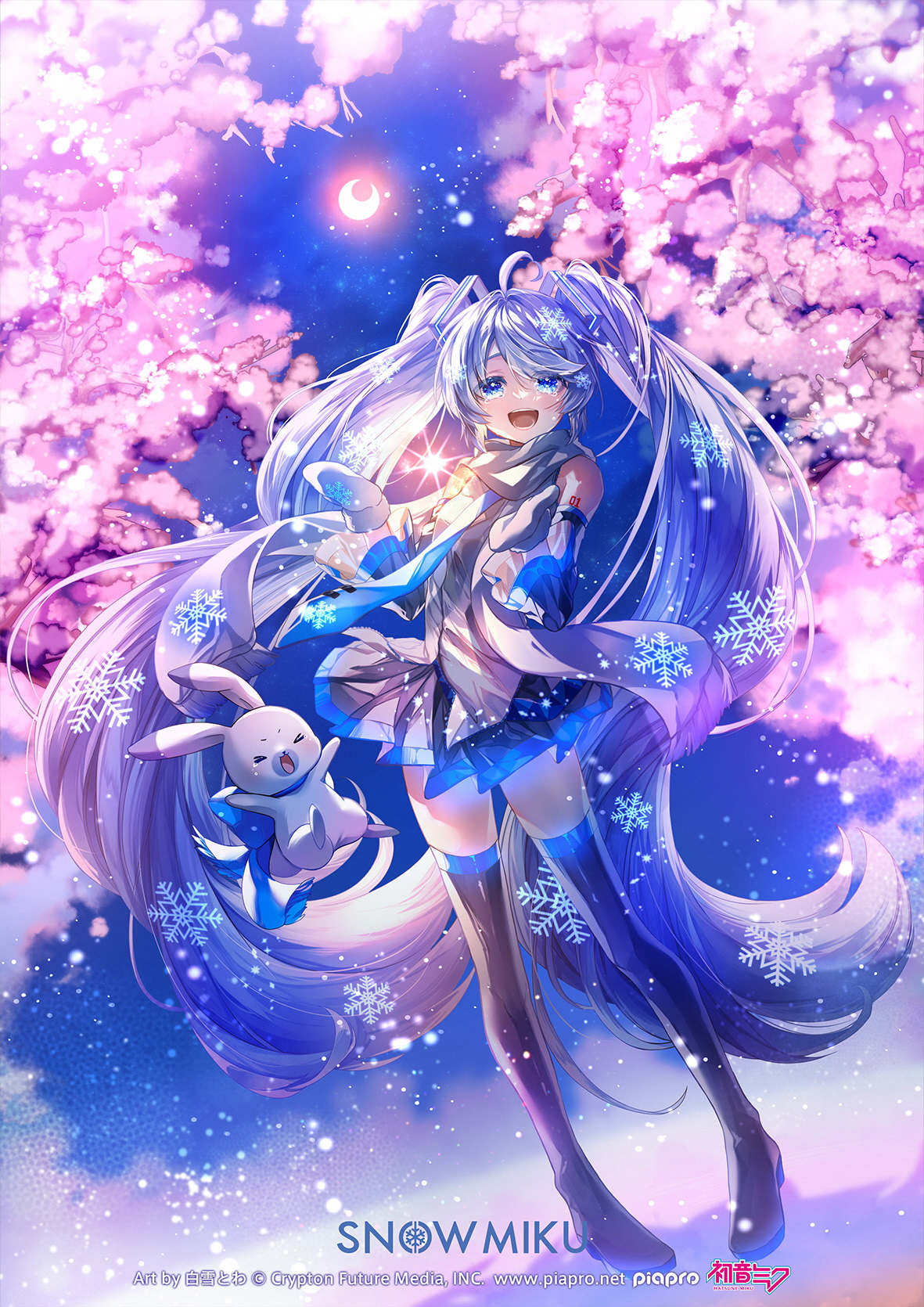

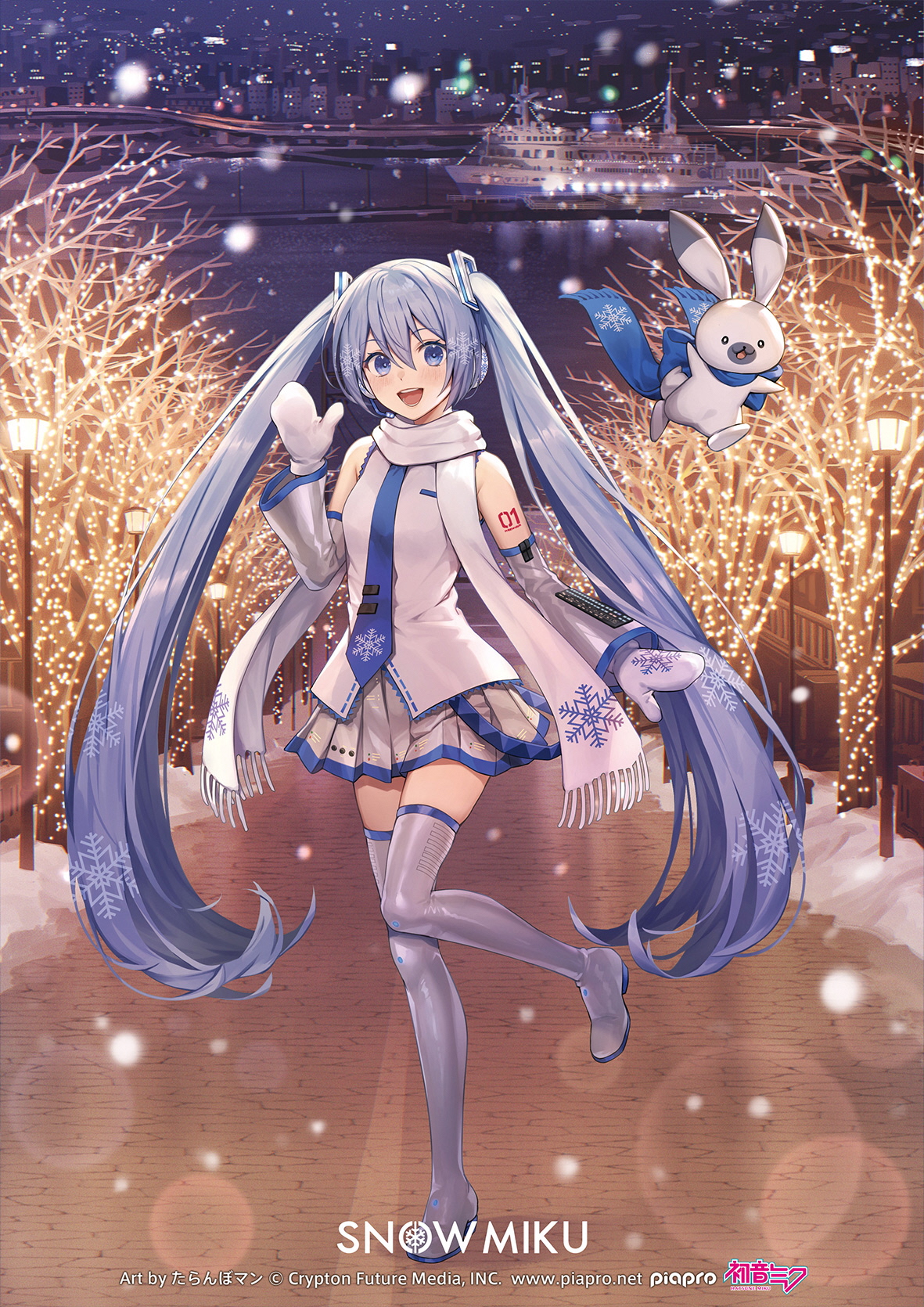
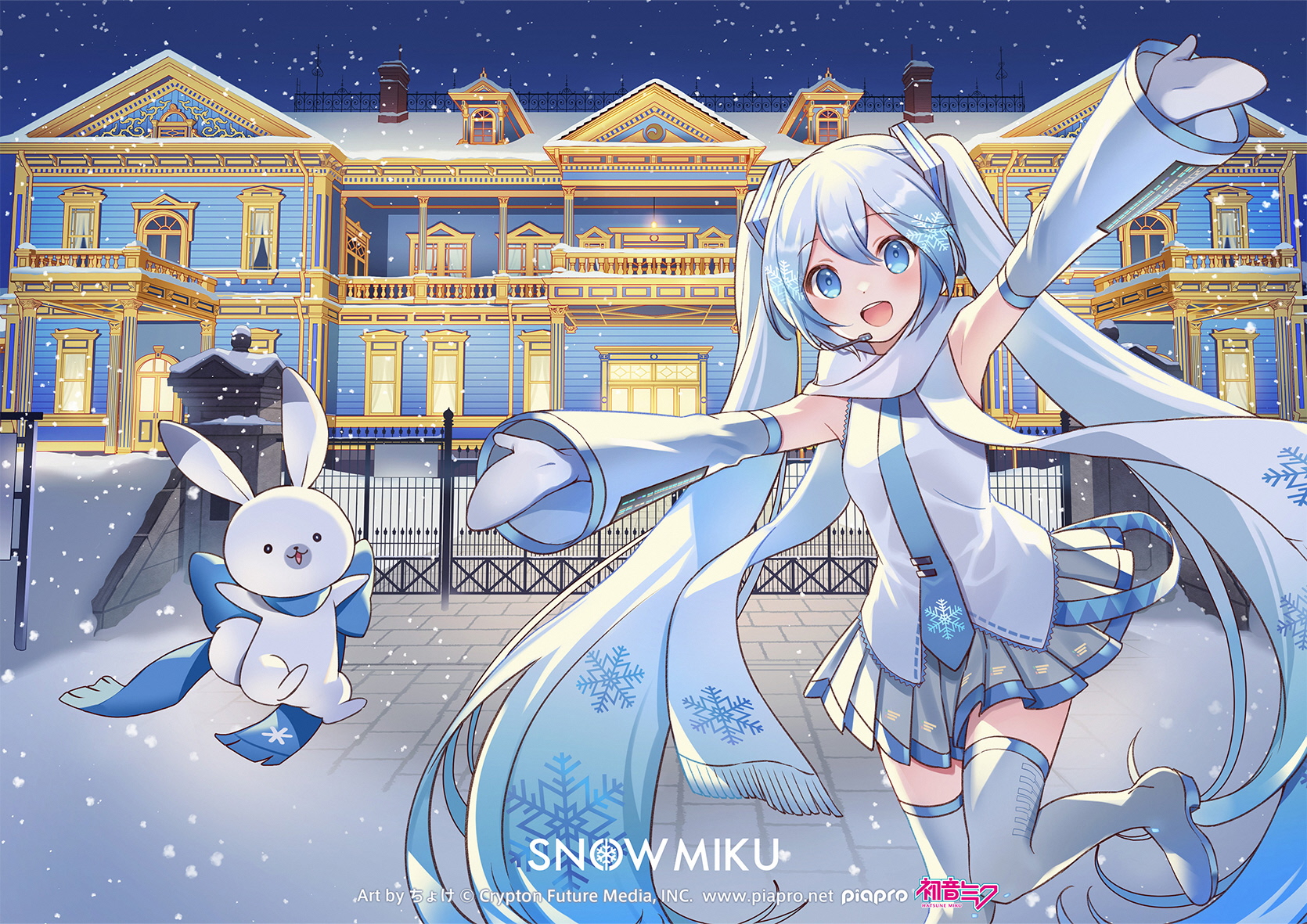
Information
Hirosaki x Hakodate x Snow Miku Tourism Campaign
Beginning December 2022
Details: https://www.hirosaki-kanko.or.jp/edit.html?id=hirohako
-
Japan’s Largest Fireworks Show Opens with 800 Drones and 45,000 Fireworks
01.October.2022 | SPOT
To promote the 2025 Osaka Expo, hundreds of drones and thousands of fireworks lit up the sky at the planned site for the event. SKYMAGIC LIVE PTE. LTD., known for creating original shows using drones, put on the show on Yumeshima, a man-made island in Osaka’s Konohana Ward on September 25, 2022. The event was the first large-scale outdoor drone show in the Kansai region, with 800 LED-equipped drones flying through the night sky.
Nearly 15,000 visitors were in attendance at this spectacular event. The event aims to promote a hopeful future in which Japan thrives after the impact of the pandemic, and also aims to promote the upcoming Expo to people around the world. 45,000 fireworks were set off, marking one of the largest fireworks displays in Japan. Launched to rid the area of bad luck, guests will likely never forget the unique display of futuristic technology and traditional fireworks.
As the fireworks show began, countless drones took off one after another into the sky. As many would expect, Myak Myak, the official character of the Osaka/Kansai Expo, appeared above the crowd, standing 135 meters tall and 80 meters wide. A countdown to the Expo appeared after, with the Let’s Go Expo 2025 logo shining in the sky, made entirely by synchronized drones.
Archived live footage of the event is also available.
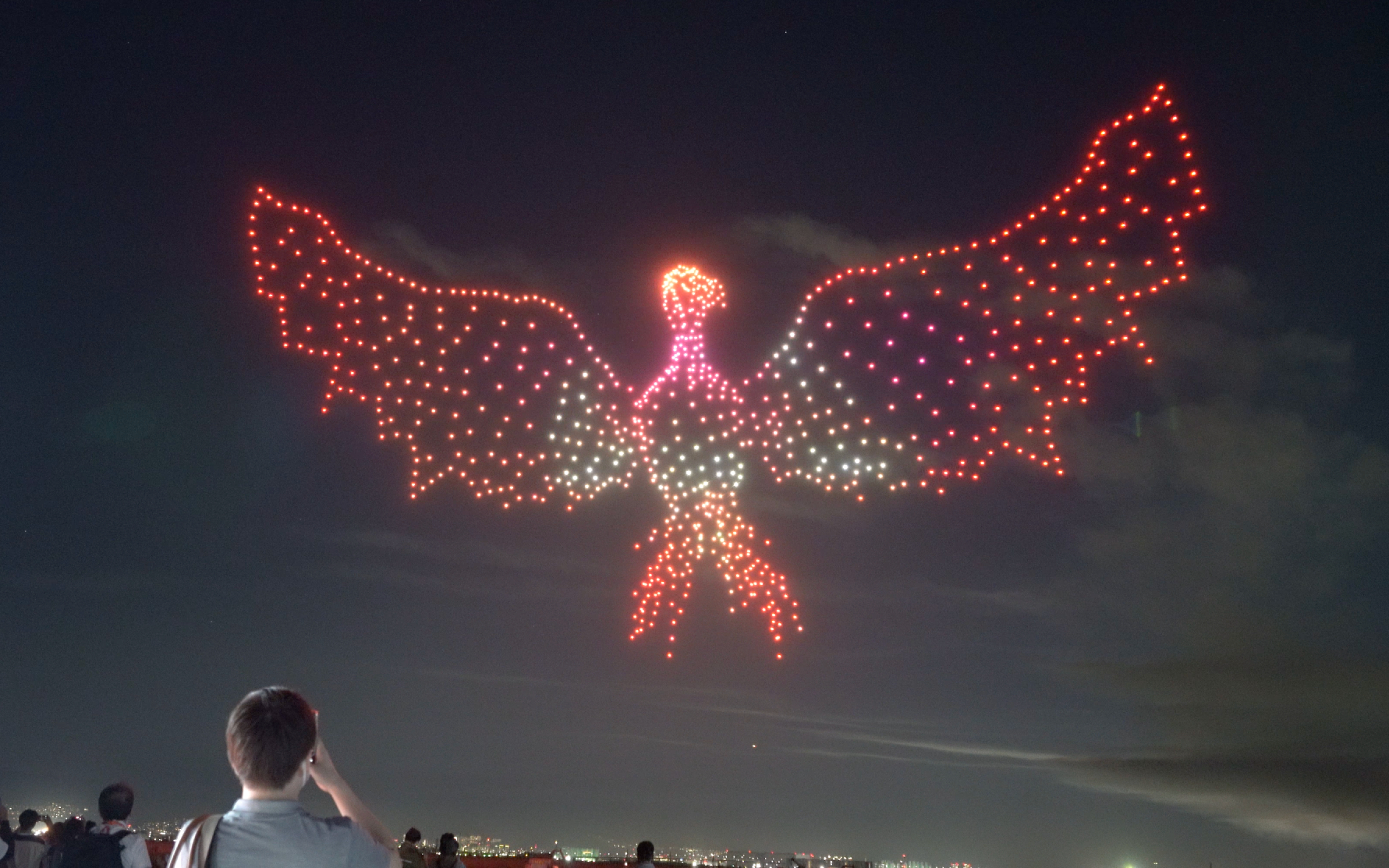
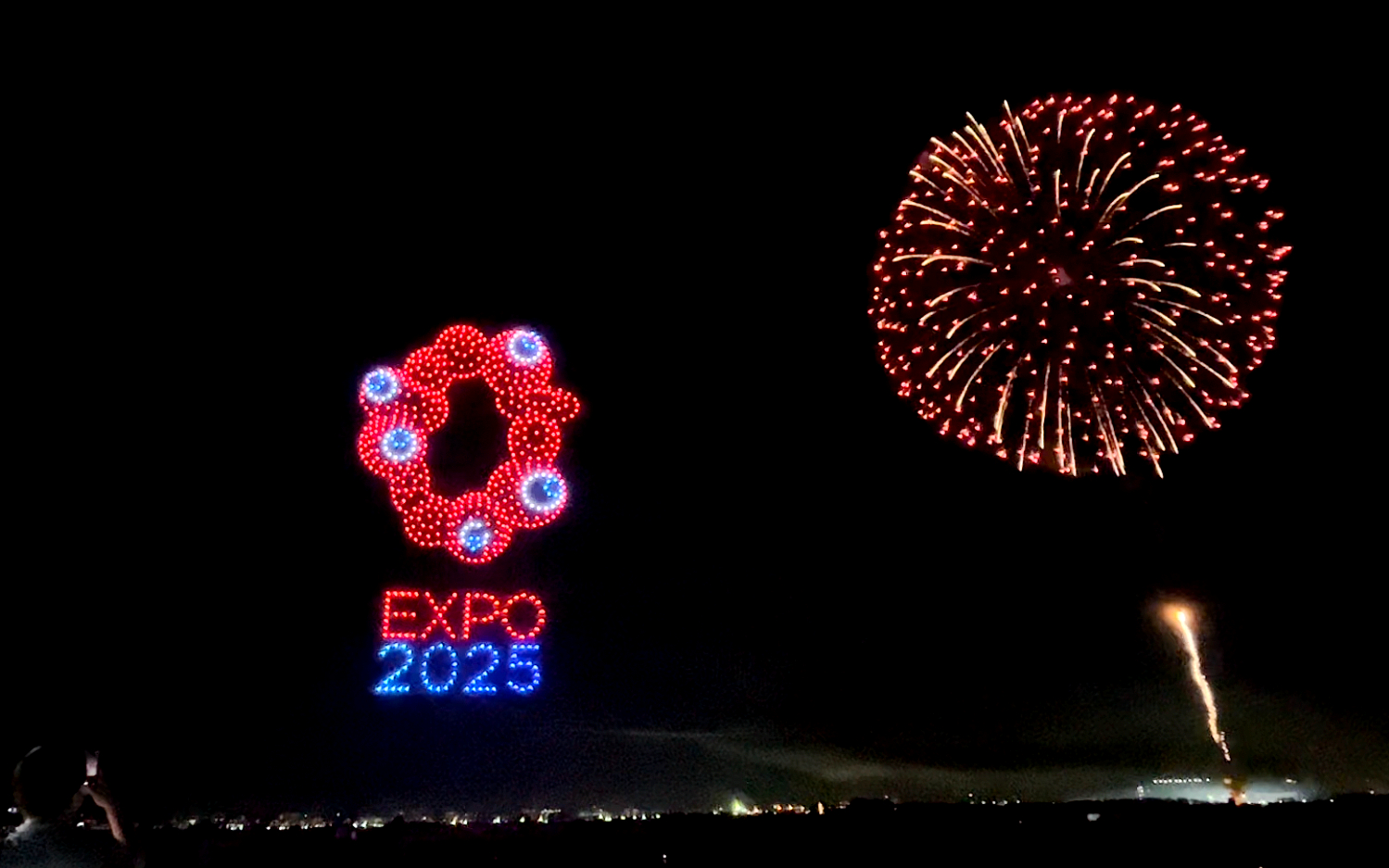
Ryota Shirahama, chairman of the event’s organizing committee, made a comment regarding the impressive event. “Japan’s resurgence is about to begin,” he said. “The world has been looking down, and we want it to look up. We want people to look towards the future–that’s the goal of this project. Yes, there was a pandemic. But like the phoenix seen during the drone show, we can start over. I hope that those who saw the show will be inspired to take a new step forward.”
Information
Let’s Go Expo 2025 Countdown 3 ~Yumeshima Fireworks~
-
Japan’s Futuristic Fireworks Show STAR ISLAND Coming to Singapore for the First Time in Three Years
26.September.2022 | SPOT
One of Japan’s best fireworks extravaganzas is headed to Singapore! Star Island Singapore Countdown Edition 2022-2023 will ring in the new year on December 31, 2022 at The Float on Marina Bay.
STAR ISLAND is a futuristic fireworks show that blends traditional fireworks with cutting-edge technology such as 3D sound, laser lighting, and unique performances in a spectacular location. The first overseas presentation was launched in Singapore in 2018, and the second in 2019 drew 20,000 people. The show was also brought to Saudi Arabia in September 2019.
This year’s event, the third to be held in Singapore, is expected to draw 22,000 visitors. Sponsored by JCB, the only international credit card brand from Japan, and Sanrio, a prequel show will run from December 25 until December 30 at the Marina Bay Sands event plaza near the venue. This is totally free to attend, so why not come check it out?
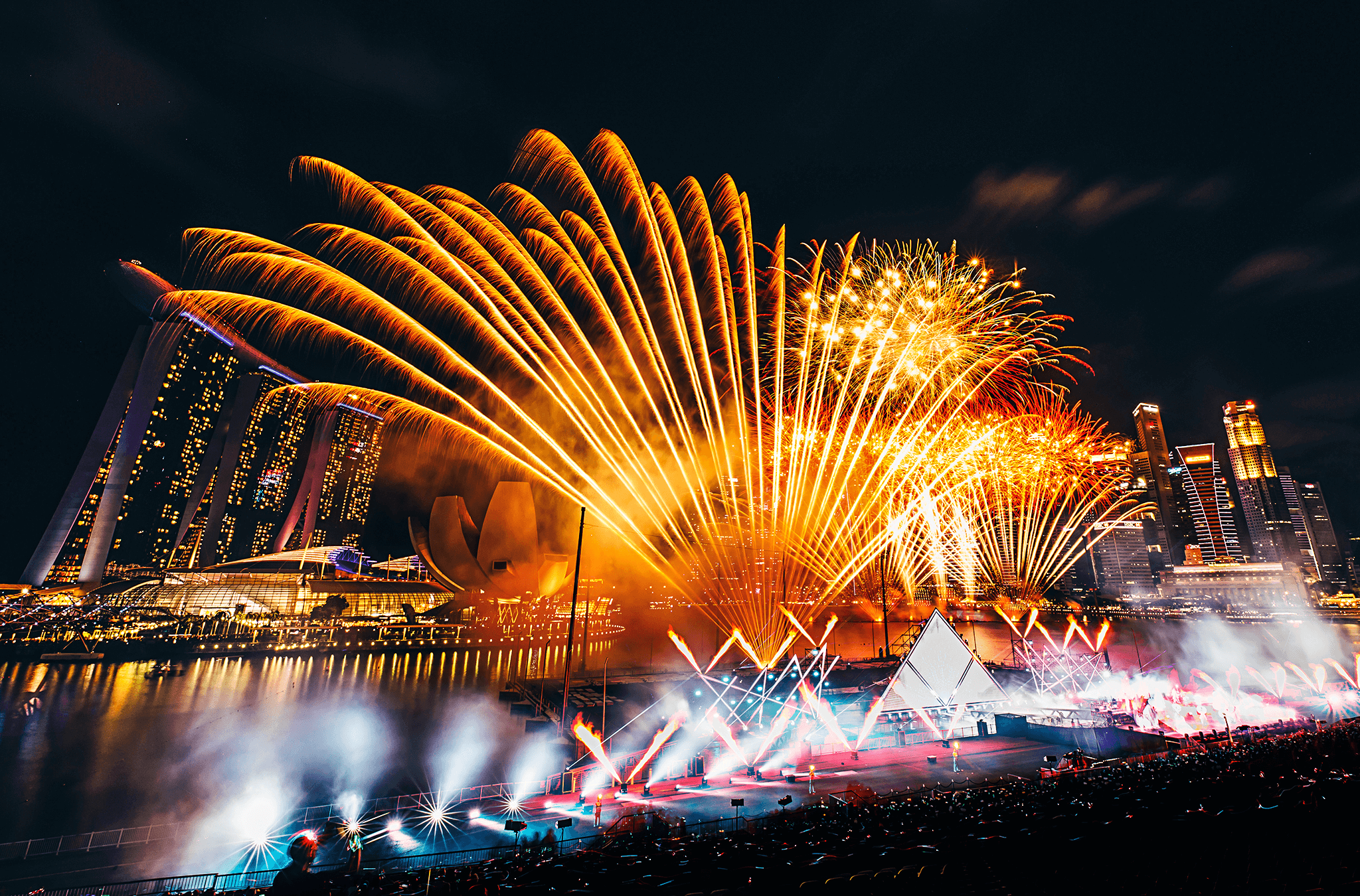
Information
STAR ISLAND SINGAPORE COUNTDOWN EDITION 2022-2023 Presented by JCB
Date: December 31, 2022
Venue: The Float at Marina Bay (Singapore)Official Site:
http://www.star-island.jp(Japan)
http://www.starisland.sg/ (Singapore)*The contents of the production are subject to change.
Please check the official website for details.*Ticket sales will begin on October 20, 2022.
For details, please see the official website. -
Pokemon GO Holds Special Drone Show in Akagawa, Yamagata Prefecture
25.August.2022 | ANIME&GAME / SPOT
To celebrate six years of Pokemon Go, an incredible drone show was held during the Akagawa Fireworks 2022 presentation in Yamagata Prefecture on August 20, 2022.
The presentation sought to get audiences excited for summer fun, with the phrase “let’s go on an adventure this summer” appearing in the air above the huge audience of 40,000. The Pokemon GO logo and popular Pokemon were recreated by around 700 drones.
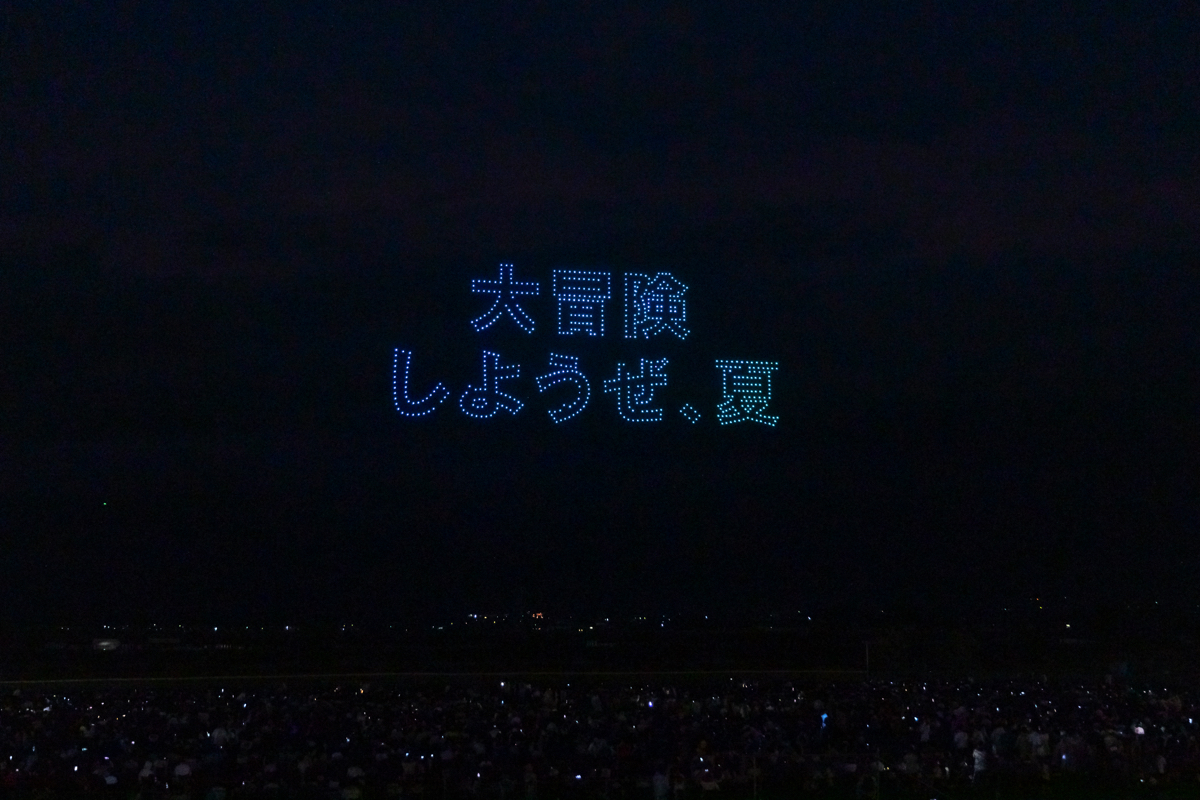
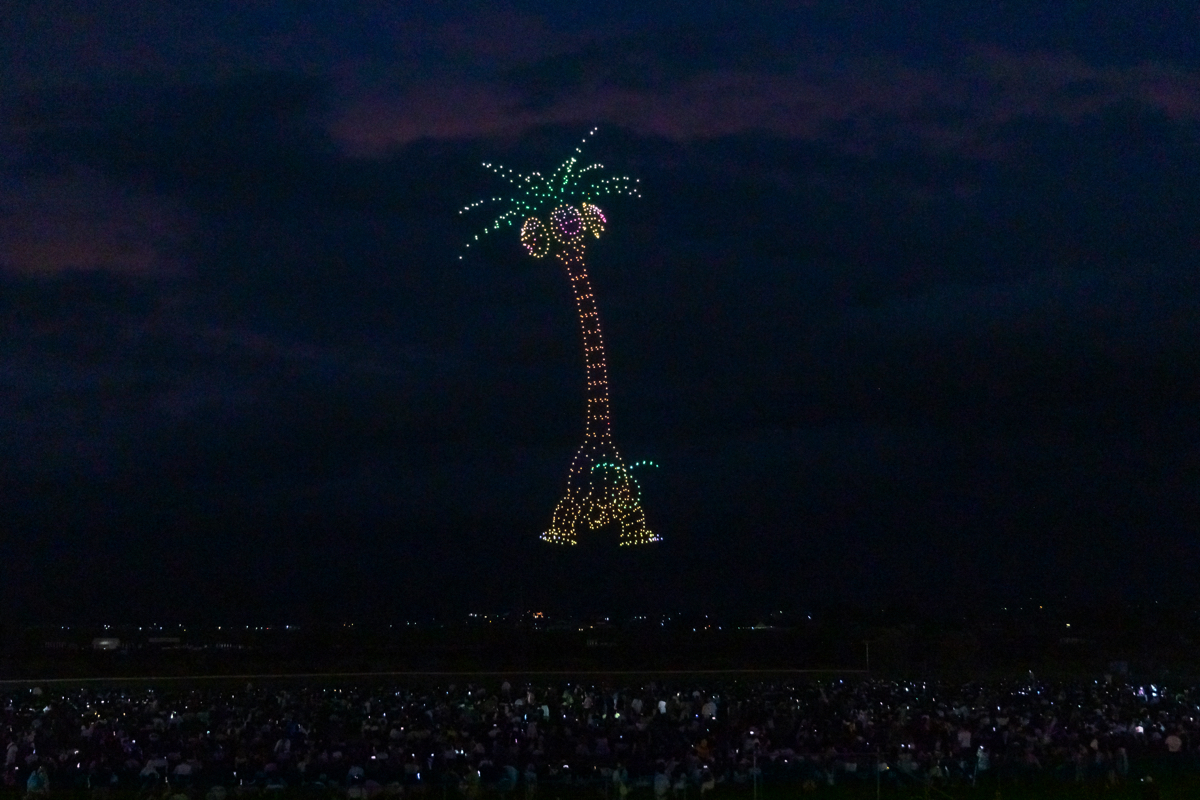
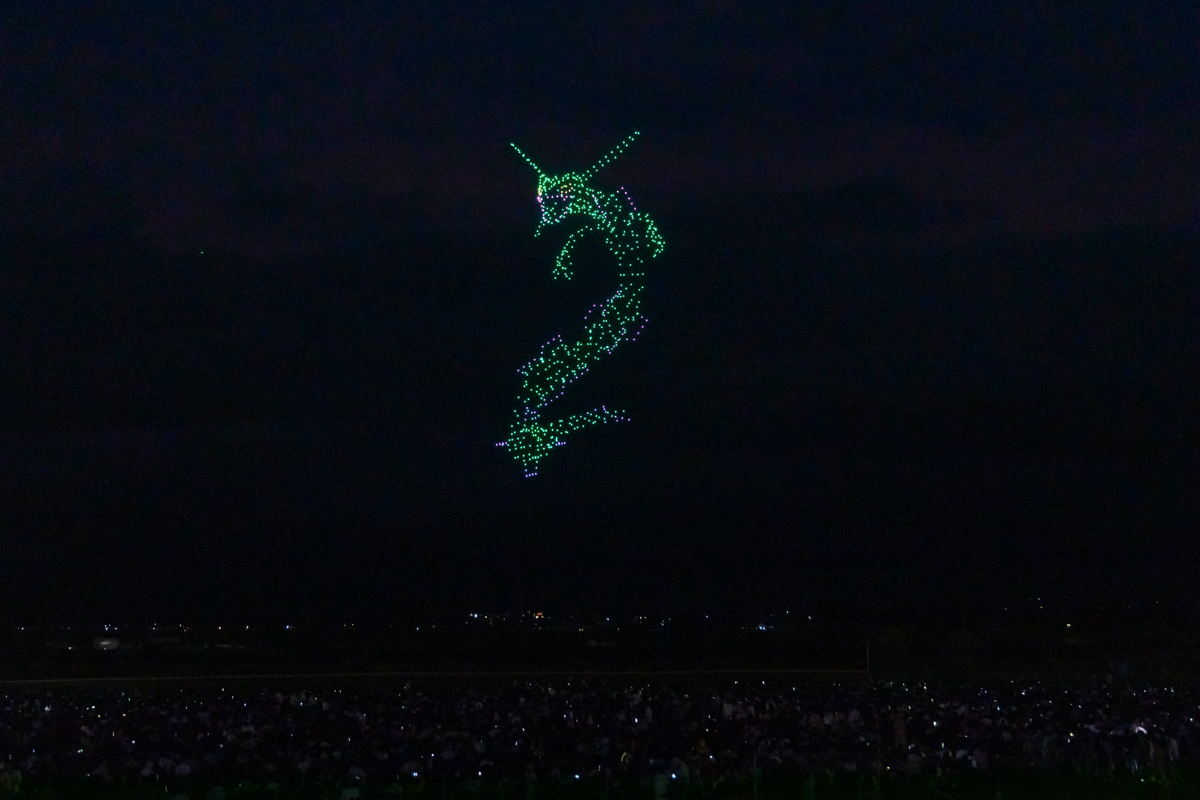
Music from the mobile game played during the impressive show, as Pikachu and a 100-meter-tall Charizard moved across the sky. Alolan Exeggutor, Gengar, Wailord, and Rayquaza also appeared, creating a night to remember for Pokemon fans in the town of Tsuruoka.
Pokemon GO Special Drone Show at Otaru Ushio Matsuri
The show itself was a surprise for the audience, with applause and excitement instantly palpable as it began. After the drone presentation concluded, the Akagawa Fireworks display began.
The Pokemon GO Special Drone Show was first held at the 56th Otaru Ushio Matsuri in Otaru, Hokkaido on July 24. Watch it in full above!
©2022 Niantic, Inc.
©2022 Pokémon. ©1995-2022 Nintendo/Creatures Inc. /GAME FREAK inc. ポケモン・Pokémon は任天堂・クリーチャーズ・ゲームフリークの登録商標です。Information
Pokemon GO Special Summer Drone Show at Akagawa Fireworks 2022
Date: August 20, 2022 / 19:05-19:15
Venue: Akagawa Fireworks Presents 2022 / Fireworks Launching Area
Official Site: https://www.pokemongo.jp/
-
Private Jet Package Now Available in Toyama Offering Spectacular View of Tateyama Mountains
22.June.2022 | SPOT
Mizu to Takumi, a company associated with the Toyama West Tourism Promotion Association, has teamed up with SKYTREK to offer guests a once-in-a-lifetime chance to visit the area via private jet. Reservations for the incredible experience began on June 17, 2022.
Offering an entirely new tourism experience in Toyama Prefecture, visitors can see the area’s natural wonders from miles above the Earth. The program also aims to share local culture and more about traditional craftsmanship and cuisine.
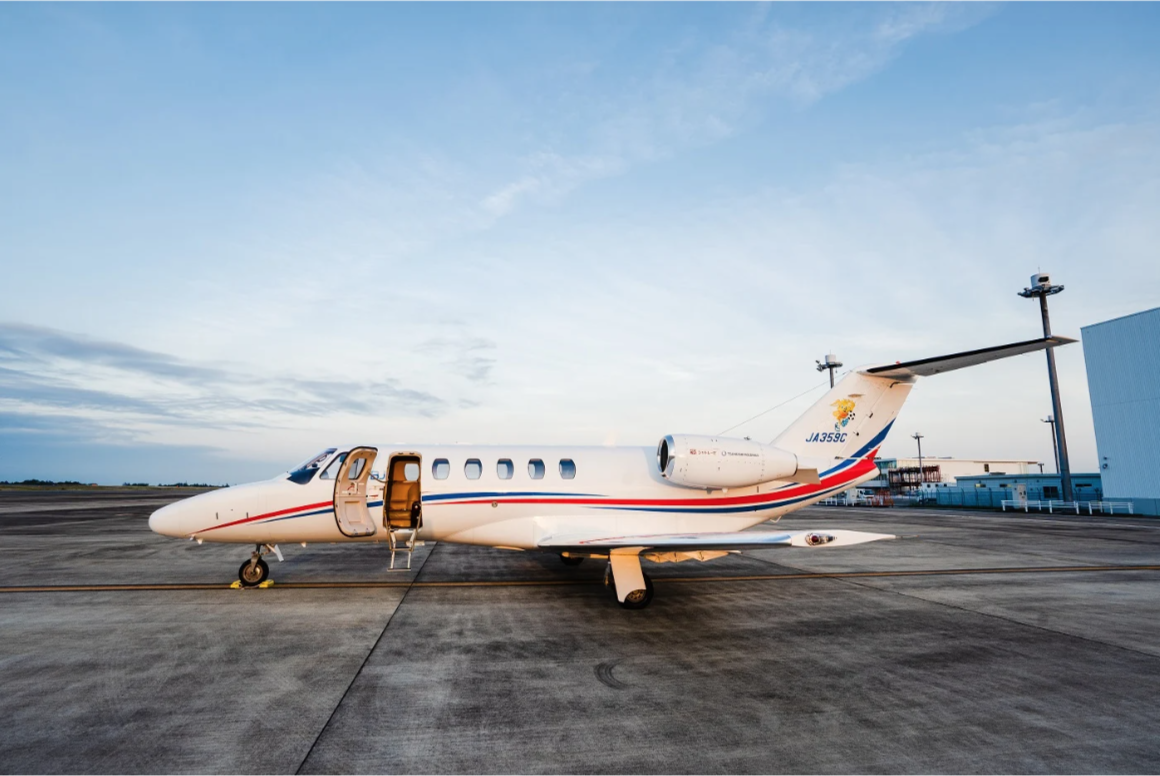
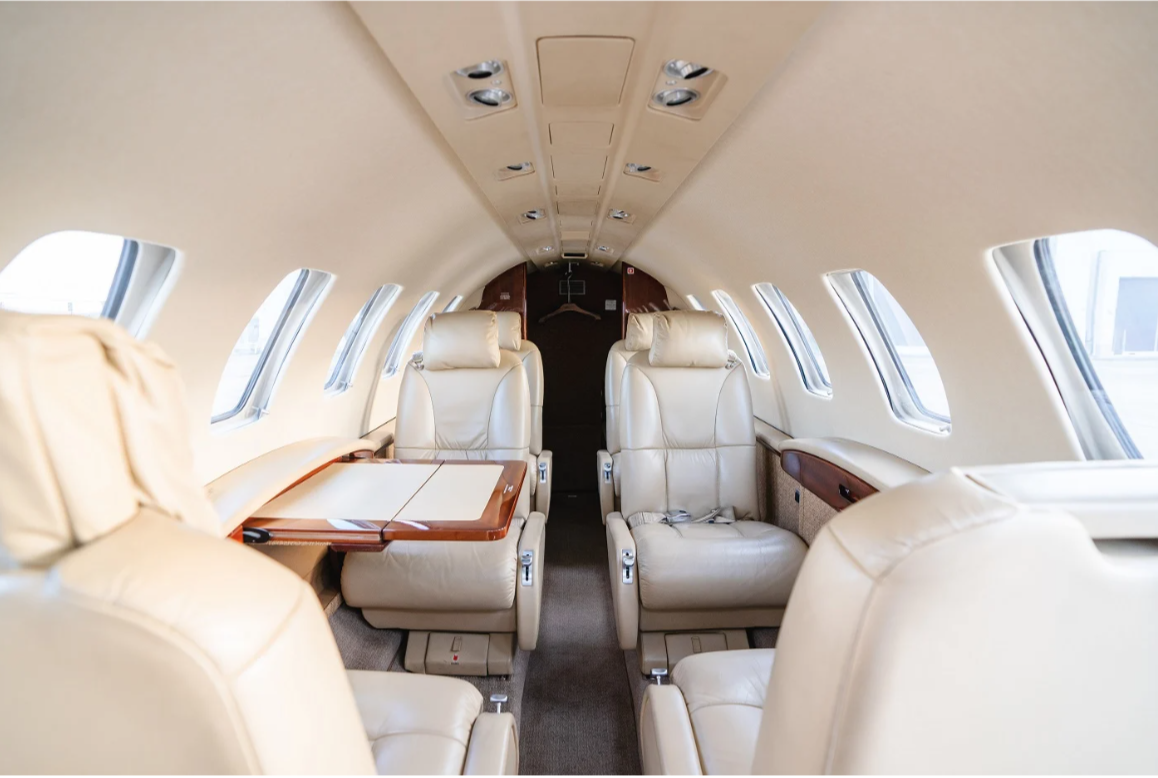
Toyama Prefecture boasts dramatic topography, from the massive peaks of the Northern Alps and the Tateyama Mountains to the deep waters of Toyama Bay. To better allow visitors to see the sights, these private jet tours will be chartered on special courses different from standard airlines.
After the flights, guests will be welcomed to explore Takaoka’s deep history and culture. Kane no Sanzun, a restored and preserved inn, will welcome visitors, offering a relaxing and rejuvenating time.
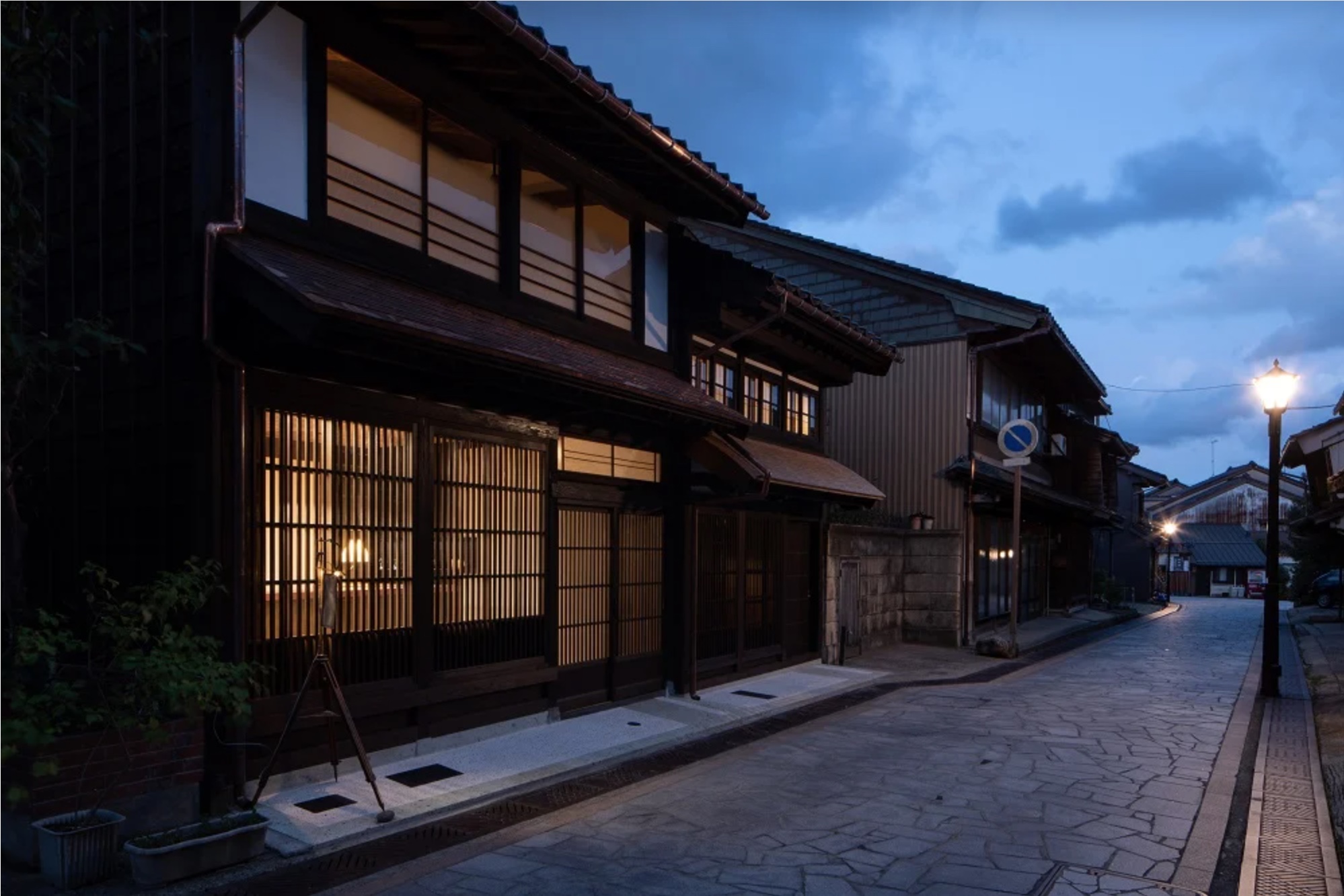
Visitors can also book optional excursions to further explore the area, such as a Zen meditation experience at a famous temple in Takaoka, a traditional crafting workshop, and a tour and tasting of the only whiskey distillery in the Hokuriku region.
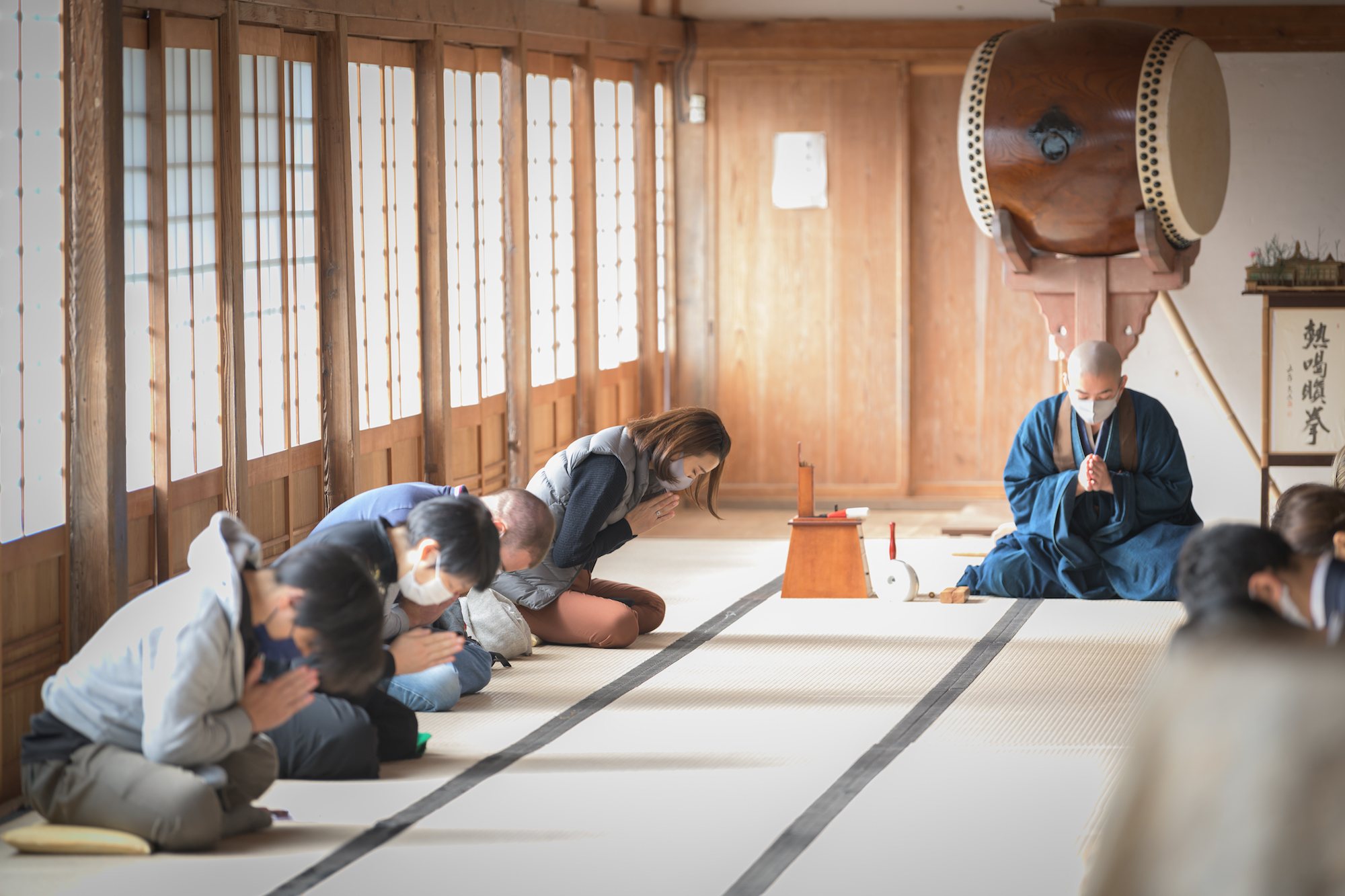
Come enjoy a trip to Toyama with a whole new perspective!
Information
Travel to Toyama by Private Jet
Available: June 17 – October 26, 2022
Travel Period: June 22 – October 31, 2022
Details: https://www.skytrek.co.jp/tours/toyama-private-jet-plan
-
Airbnb Reveals Top 10 Most Popular Summer Destinations in Japan
08.June.2022 | SPOT
Airbnb boasts one of the largest travel communities in the world, filled with users offering up lodging and those eager to visit somewhere new. The Japanese subsidiary of the company has revealed the top spots added to Japanese users ‘Favorites (Wish Lists)’ from May 1 to May 17, 2022. Where will travelers in the country be headed this summer?
Golden Week is long gone and users are starting to think about where to visit during the hottest part of the year. This national ‘Wish List’ might make it easier to pick a spot, with many locations highlighting lesser-known areas!
Gujo Hachiman Villa, Limited to 1 Couple Per Day (Gifu)
This completely private rental villa was made for sauna enthusiasts. One lucky pair per day can book this suite along the Yoshida River flowing through Gujo Hachiman, known as the “City of Water and Dance.” Currently booked through the end of August, reservations for September and beyond will be available in early June. Book a stay to enjoy the gorgeous autumn foliage!

A House Surrounded by Lush Greenery in the Countryside (Tottori)
Hosted by a family of musicians and architects, this guesthouse invites guests to enjoy gorgeous Nordic-inspired interiors and the serene quiet of the countryside. For those looking to escape the hustle and bustle of the city, this is the perfect spot.

Hoshina Satomachi, Limited to 1 Couple Per Day (Nagano)
There’s nothing like spending the summer in a traditional Japanese home. Enjoy a barbeque on the terrace and relax on the massive lawn. This is the perfect spot for families with children or pets!

Coastal Cabin (Chiba)
You can’t have summer without a pool. This luxurious coastal retreat boasts a 15-meter pool, outdoor Jacuzzi, bonfire space, and a barbeque. Relax by the pool while listening to your favorite songs or soak in the outdoor bath as you watch the waves crash along the shore.

An Elegant and Peaceful Log Cabin (Nagano)
Located at 1,300 meters above sea level on the Iizuna plateau, this log cabin is situated in the midst of a dense forest. A perfect space for couples, families, or small groups of friends, guests are welcome to enjoy hiking through this gorgeous landscape in the center of Japan!

-
Izu, the Setting for Laid-Back Camp, Now Offering Travel Plans
24.May.2022 | ANIME&GAME / SPOT
JR Tokai Tours has released a new travel plan for fans of Laid-Back Camp Season 2, which aired from January to March 2021. The tour will take place in the Izu area, which was heavily featured in episodes 10, 11, and 12. Guests can enjoy a travel plan with single lodging and original goods starting May 23 until June 29, 2022.
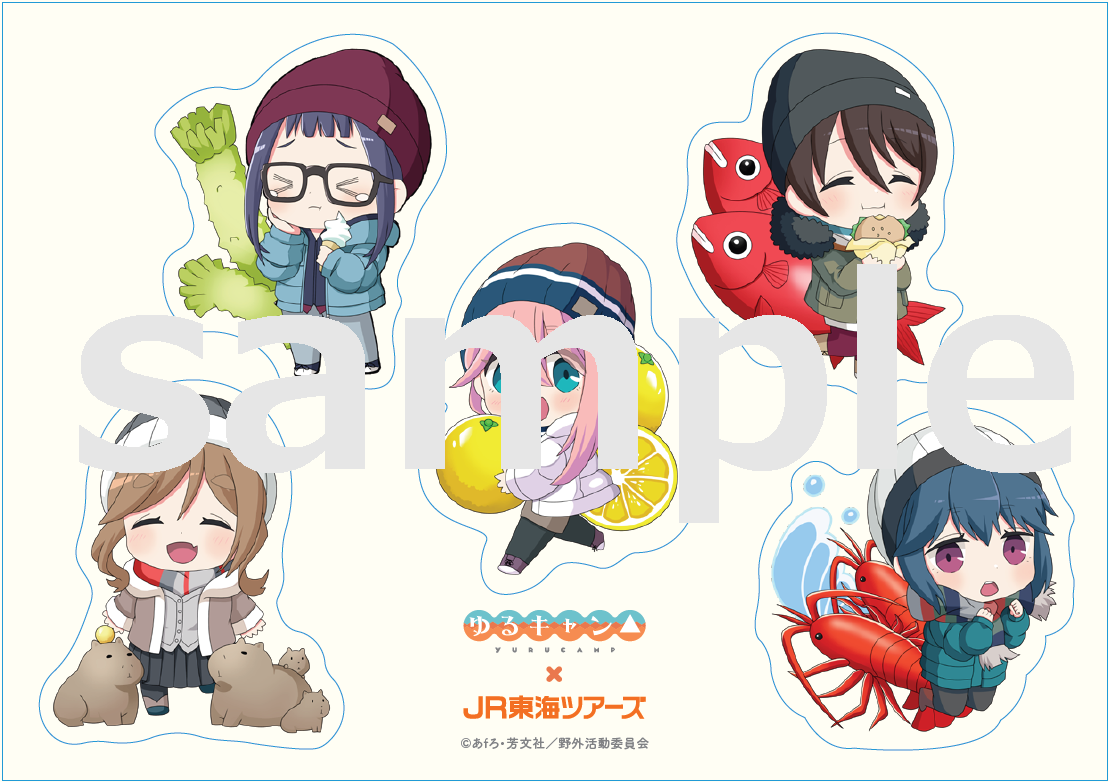
Original Stickers
The slice-of-life series Laid-Back Camp is currently serialized in COMIC FUZ.
Set in Yamanashi and Shizuoka Prefectures, Laid-Back Camp is a relaxing series following a group of high school girls going camping and enjoying their daily lives. The series is based on the author Afro’s personal experiences and interviews, and since serialization in 2015, the series has attracted fans from around the world. The original comic has sold over 7 million copies. In 2018, the first anime series premiered, inspiring a spin-off Room Camp in 2020 and a second season in 2021.
Four years after it was announced in 2018, a Laid-Back Camp animated film will arrive in theaters this summer.Information
Laid-Back Camp Season 2 Model Trip Plan
Release Date: May 16, 2022
Trip Dates: May 23 – June 29, 2022 *Some dates are excluded.
Shop: https://www.jrtours.co.jp/plan/shizuoka/yurucamp/Official Site: https://www.jrtours.co.jp/
-
EMOCAL, a Project to Support Japanese Regions, Releases Music Using Local Sound Samples
The EMOCAL project aims to support small-town areas of Japan. As a new initiative in the project, specific soundscapes only found in certain areas of the country have been combined with music to create some unique tracks. A selection of musical artists have collaborated with the project to bring these songs to life!
EMOCAL was created by ZOWA’s original label, CatchyStuck. The project supports local regions and communities by using ASMR soundscape videos recorded in each region to convey their particular charms to all of Japan. The sounds recorded in each place are considered to be very valuable and are intended to serve two purposes: to bring tourism back after the pandemic and to provide fans of ASMR a way to experience these areas from afar.
Check out each of these unique ambient tracks created by four up-and-coming musicians! Each song is available on viviON’s ASMR platform ZOWA and on Spotify.Ube, Yamaguchi Prefecture / Ikkyuu x Hige Driver, I Love Ikkyuu
Beard Driver created this ambient track with sounds recorded inside of Ikkyuu, a ramen shop.
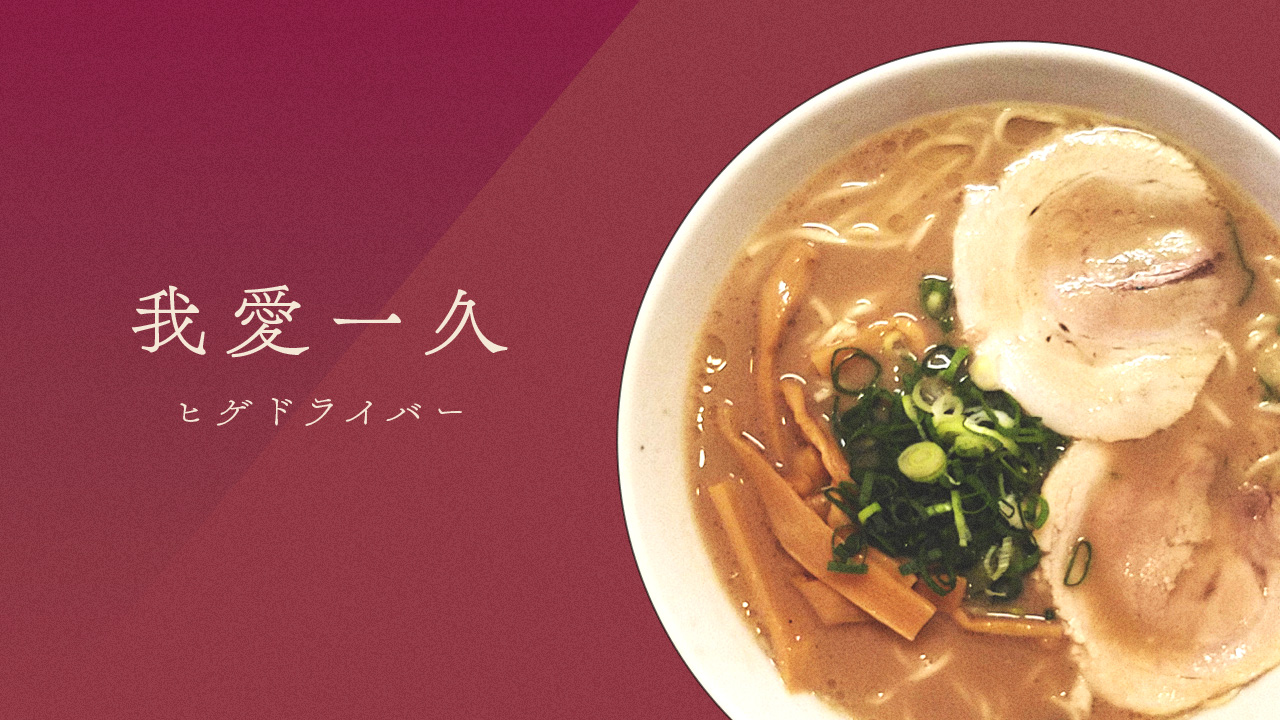
ZOWA: https://zowa.app/play/20019
Spotify: https://open.spotify.com/track/1RP4RcpJwMrFzoYQbnfDYm?si=f1f1e816adb14db0
Odawara, Kanagawa Prefecture / Miyuki no Hama x Powerless, Seiren
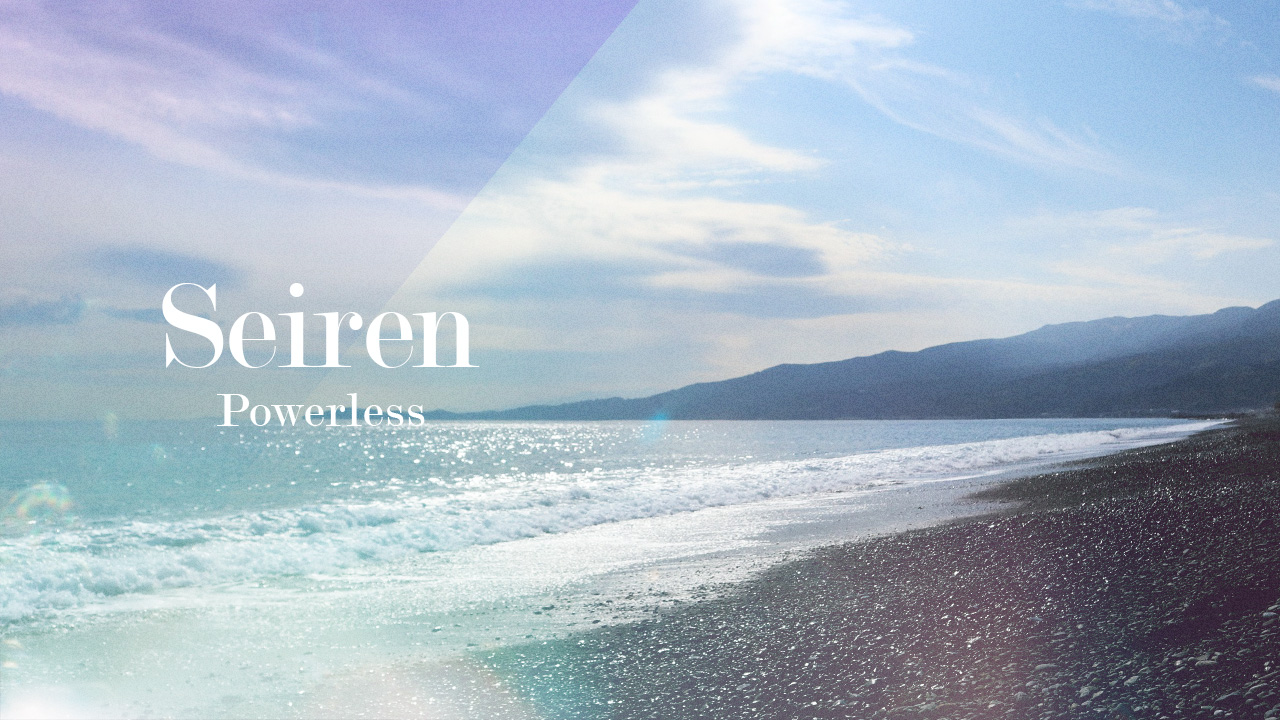
Powerless created this track, inspired by the sounds of waves crashing at Miyuki no Hama, a seaside recreation area 20 minutes from Odawara Station.
ZOWA: https://zowa.app/play/20016
Spotify: https://open.spotify.com/track/5DkQ9FeM7jQBacUf7Nbuxc?si=c7d771e73ddd44b6Shizuoka, Shizuoka Prefecture / Wasabi Field x baker, On the silent hill
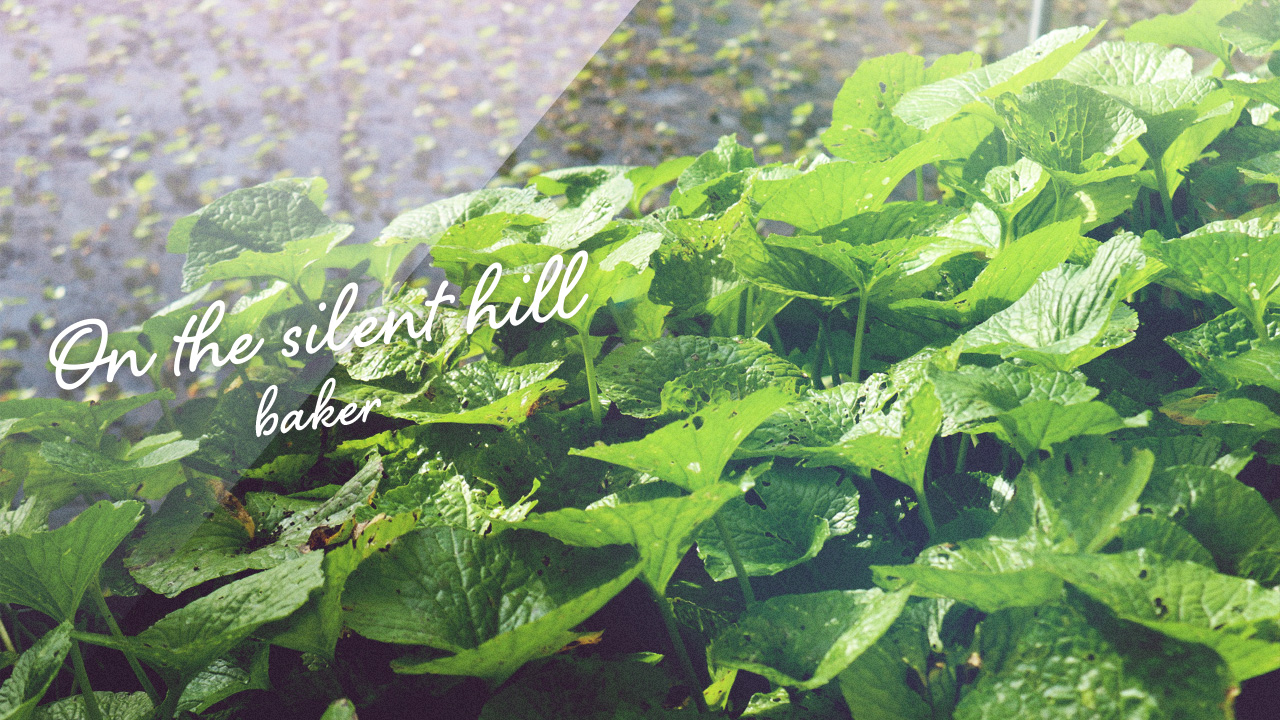
Utogi in Shizuoka city is surrounded by incredible nature. Known as the birthplace of wasabi cultivation, baker used sounds recorded in the area to create this ambient track.
ZOWA: https://zowa.app/play/20017
Spotify: https://open.spotify.com/track/0oIU4x7MjVKmpouRwEPaXZ?si=04dcb805cea540b7Ibusuki, Kagoshima Prefecture / Cape Tara x SeA0, Akushu
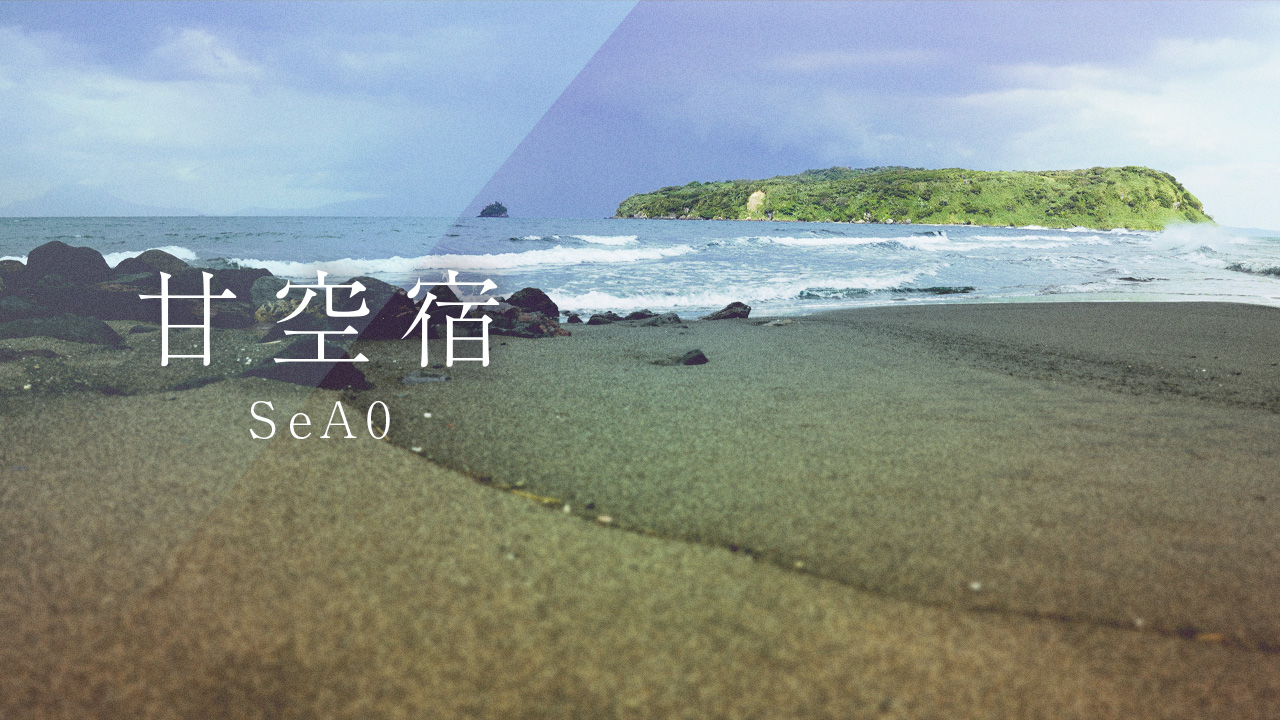
Cape Tara is a popular spot featuring an 800-meter-long sandbar at low tide. The sounds captured here were used by artist SeA0, and this track is sure to make you miss the water.
ZOWA: https://zowa.app/play/20018
Spotify: https://open.spotify.com/track/1Utz5j0oB4GmSDOMVdUcXU?si=eafa1949b3ea44d0 -
Banyan Tree Rooftop Bar Opens on Japan’s Southernmost Island
30.March.2022 | SPOT
The Banyan Tree Rooftop Bar, located at Hoshino Resort Risonare Kohamajima on Japan’s southernmost island, is holding a special stargazing event until April 20, 2022. Visitors can enjoy a cocktail as they gaze at the countless twinkling stars overhead.
Kohama Island is located within the Yaeyama Islands. With a warm climate, it’s comfortable to spend long hours outside, even at night. Kohamajima was also the first island in Japan to be protected by the IDA (International Darkness Association), meaning that no bright manmade lights can interfere with stargazing. Visitors can see 84 of 88 constellations!
Enjoy a Boundless Starry Sky
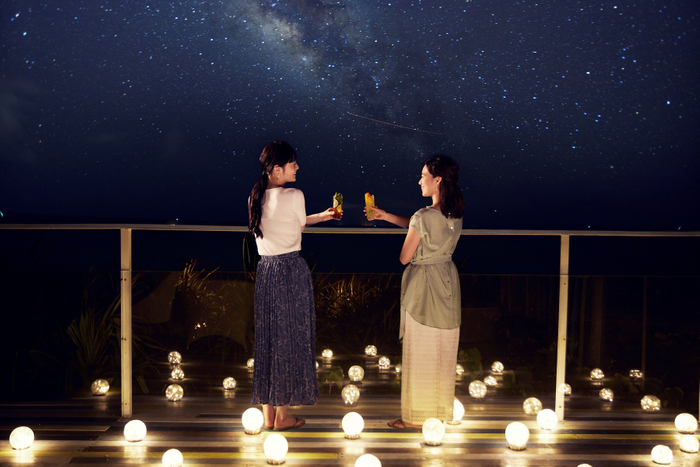
The Banyan Tree Terrace will bring guests together to feel the sea breeze and taste colorful mojitos as they enjoy the pleasant weather. Why not spend a relaxing time in a fantastic space lit with faintly glowing candles as you stargaze?
Taste Colorful Mojitos
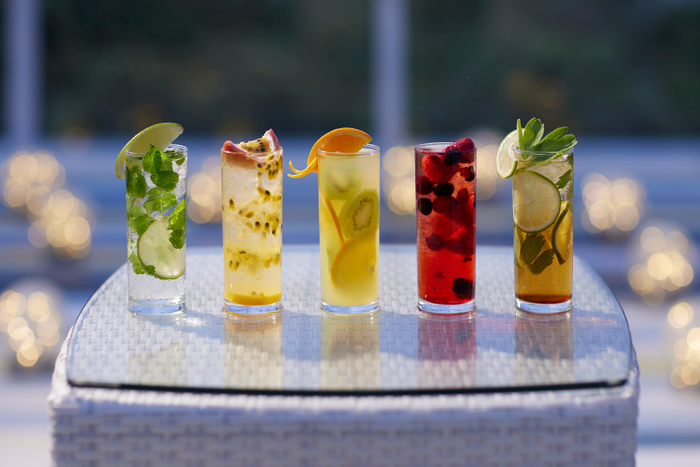
A limited number of colorful mojitos will be available at a bar counter set up on the terrace for this event only. You can also enjoy Okinawan original mojitos with made with Okinawa lime, brown sugar instead of sugar, non-alcoholic mojitos for children, and tropical fruit mojitos with pineapple and passion fruit.
Munch on Snacks Perfect to Pair with Cocktails
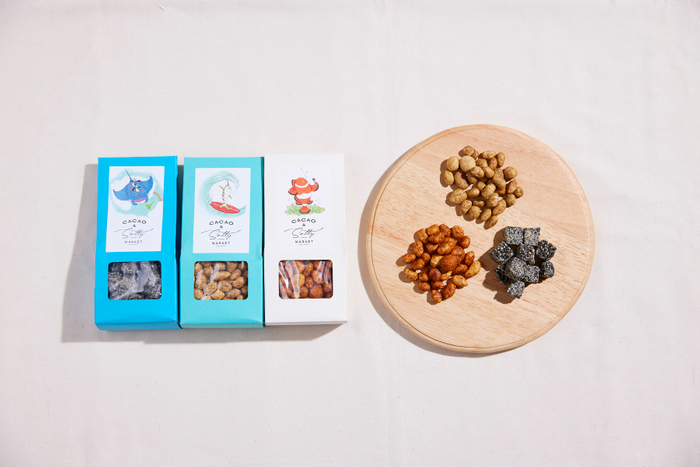
Guests can also enjoy a snack set with salty nuts perfect for enjoying with alcohol!
Information
Banyan Tree Rooftop Bar
Open: March 1 – April 20, 2022
Hours: 19:00-20:00
Location: Banyan Tree TerraceOfficial Site: https://risonare.com/kohamajima/
-
Kyary Pamyu Pamyu Collaborates with Popular Shimane Manju for LOCAL POWER JAPAN Project
Celebrating the 10th anniversary of her major label debut, Kyary Pamyu Pamyu is staying active in 2022. In conjunction with the nationwide tour, the “LOCAL POWER JAPAN Project” was launched to energize Japan through the appeal of regional towns and cities, and has been attracting major attention. Kyary’s tour made it to Shimane on March 12, and the details of her next collaboration have been revealed!
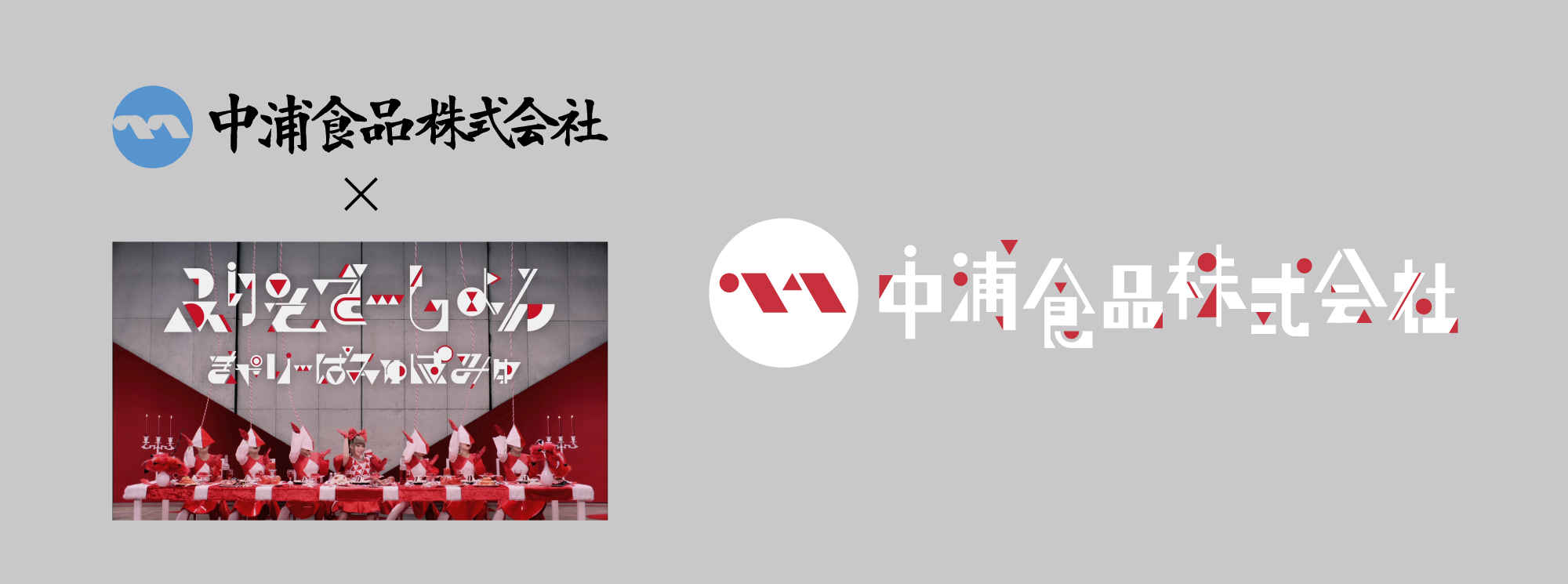
Kyary will be teaming up with Nakaura Foods and their delicious local delicacy Dojou Sukui Manju. Known as the representative treat of the San’in region, the name is a reference to the mask worn during local performances of the Yasugibushi folk song. The steamed buns were developed by Nakaura Foods in 1967 and have been loved by locals ever since. In the 2000s, the company began experimenting with new flavors by teaming up with other local creators.
The company’s logo is being reimagined for the project, inspired by Kyary Pamyu Pamyu’s 2013 Furisodeshon music video.
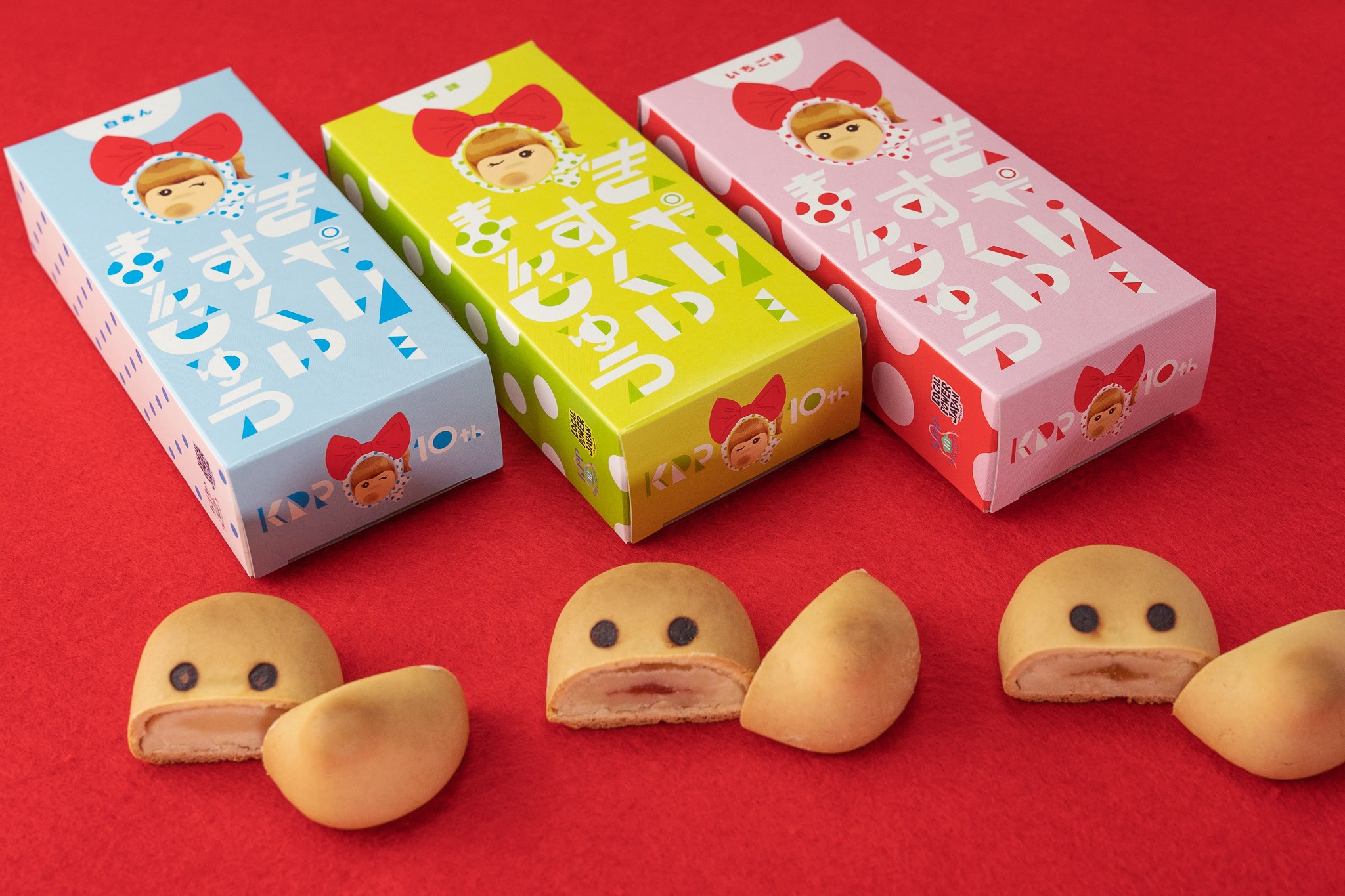
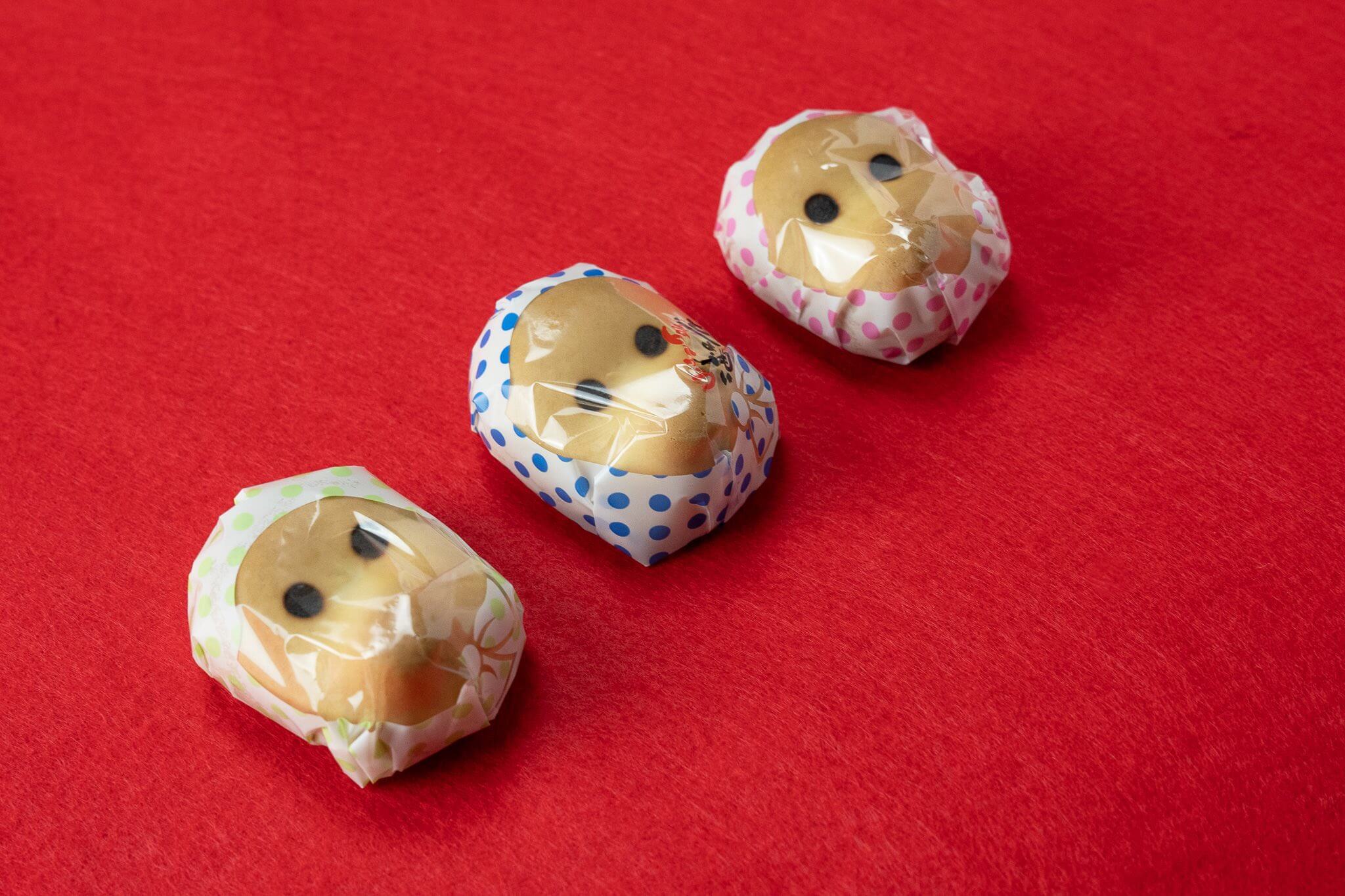
The name of the popular product has also been changed to Kyary Sukui Manju! Each box has a pop design and would make a perfect souvenir for Kyary fans.
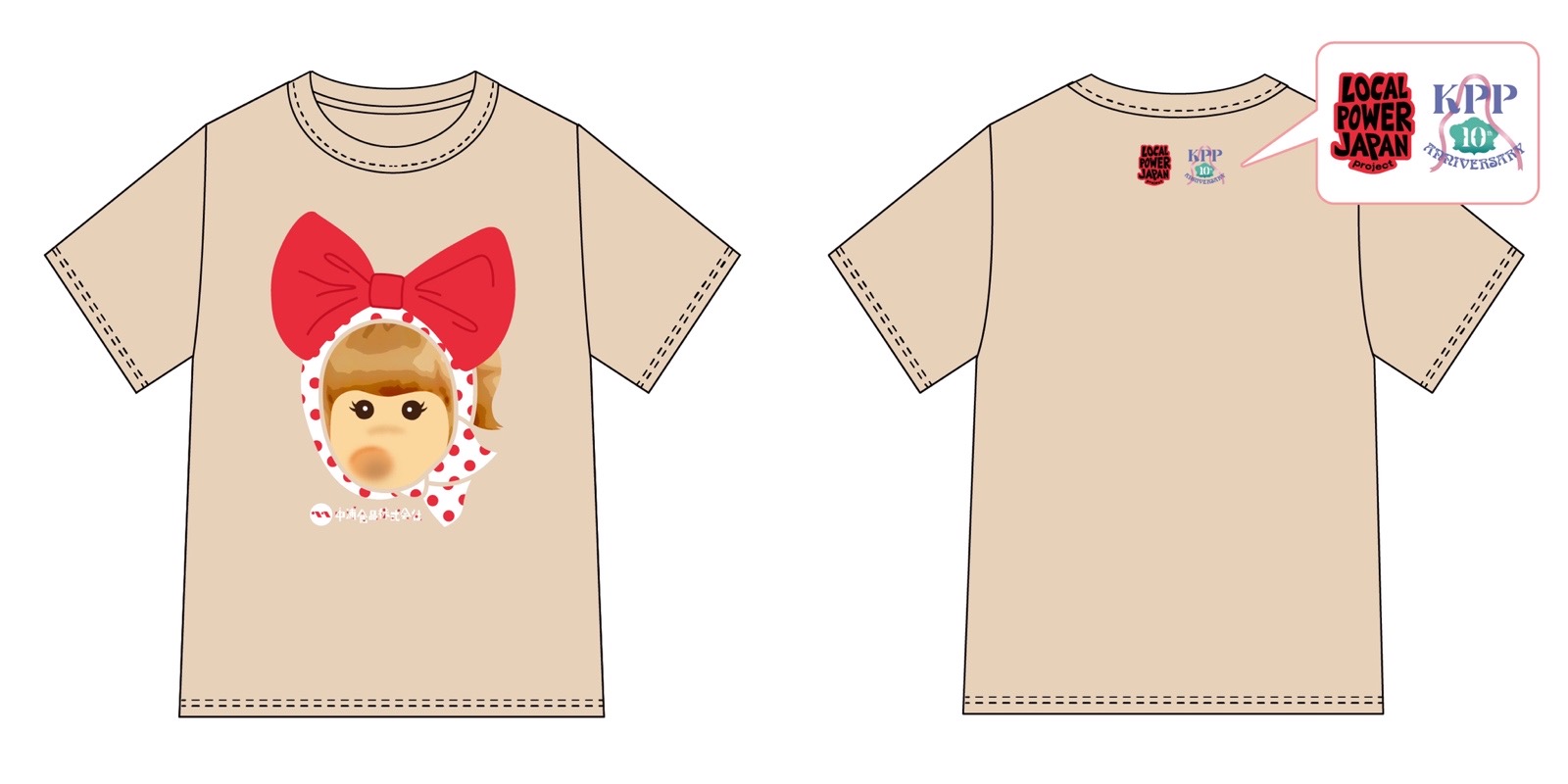
A collaborative T-shirt is also on sale featuring the new logo and the singer’s 10th-anniversary logo. A special LINE collaboration is also underway, and 50 people who order the new Kyary-themed treats from the official Nakaura Foods online store will be entered to win a shirt!
Information
Dojou Sukui Manju (Shimane) x LOCAL POWER JAPAN Project
Sales Period: March 12 – April 8, 2022
Where to Buy:
Nakaura Foods Official Online Store
https://www.sanin-nakaura.jp/products/detail/1269
Nakaura Foods Stores in Matsue, Shimane Prefecture and Sakaiminato, Tottori Prefecture
Collaboration T-shirt
Where to Purchase: LOCAL POWER JAPAN Project Online Shop
Available until March 25 at 23:59
https://store-localpowerjapan.com/
Commemorative Kyary Sukui Manju T-shirt Gift Campaign
Application Period: April 8, 2022
How to Enter:- Add Nakaura Foods as a friend on LINE and get the campaign keyword.
- Enter the keyword when purchasing Kyary Sukui Manju from the Nakaura Foods online store.
- 50 winners will be selected by drawing to receive a special collaborative T-shirt!
Official Site:https://localpowerjapan.com
-
Booking.com Reveals 4 Best Lodgings with Outdoor Baths for Snow Viewing
16.March.2022 | SPOT
Booking.com Japan has revealed its top four picks for the Japanese accommodations with the best outdoor baths and snow views!
Zao Kokusai Hotel (Zao Onsen, Yamagata Prefecture)

Located 900 meters above sea level and surrounded by the gorgeous natural beauty of the Zao mountains, this resort has long been renowned for its spectacular view of seasonal scenery. During winter, guests can enjoy a fully spring-fed open-air bath while gazing at the snow-capped mountains. The milky white waters of the Zao Hot Springs have high sulfur content which will improve the texture of your skin. The resort also has a bath large enough to accommodate up to seven people at a time and a private bath for families or lovers.
Midorinokaze Resort Kitayuzawa (Date, Hokkaido)

The Midorinokaze Resort Kitayuzawa is surrounded by nature and contains one of the largest open-air baths in Japan, along with 20 unique fragrant baths for guests to enjoy. In winter, the surrounding trees seem to glisten with snow, and visitors are sure to find plenty of peace and relaxation while lounging beneath the grey skies.
Akakura Kanko Hotel (Myoko, Niigata Prefecture)

This highland resort sits on a 1,000-meter peak, offering unmatched views of Niigata Prefecture. The natural hot spring flows from the inside of Mt. Myoko, with healing waters perfect for soaking in during the cold winter months. The large baths are also equipped with a sauna and deck, and those wanting to view the scenery from their room can enjoy guest accommodations with private baths as well!
Satoyama Jujo (Minamiuonuma, Niigata Prefecture)

Winning a design award for its facilities, Satoyama Jujo has a different feel when compared to most hotels and ryokan. Booking.com recommends it for travelers looking for new experiences! In the open-air bath, visitors can relax while enjoying a panoramic view of Mt. Makihata, one of Japan’s 100 most famous peaks. Guests can also enjoy the starry skies at night. This is a perfect location for couples!
Each season in Japan offers uniquely beautiful scenery. How would you like to enjoy winter in one of these luxurious baths?
-
Three Japanese Tourism Instagram Accounts to Follow for Travel Inspiration
07.March.2022 | SPOT
The pandemic has changed our lives forever. People have spent the last two years missing travel as they spend more and more time at home, and while many are ready to travel again, it can be difficult to know if it’s the right time to return to normalcy. To make the situation a little easier, many local tourism associations in Japan are posting images on Instagram to inspire people to give traveling another try. These three Instagram accounts are our personal favorites, and once Japan opens to tourists again, you won’t want to miss visiting these areas!
[Official Kumamoto Tourism Association] Motto, motto, Kumamoto!
Discover the charms of Kumamoto on this local Instagram account featuring photos from four unique local photographers. Many will know the area as the home of the character Kumamon. The images capture the daily lives of Kumamoto residents and include local food and gorgeous scenery. The postings also include the location of the photo and comments from the photographers, making things feel more personal.
[Official Hokkaido Tourism Association] GoodDay Hokkaido
Hokkaido is an area rich in gourmet seafood and dairy, but its spectacular landscapes are reason enough to visit. GoodDay Hokkaido shows off both the common and uncommon elements of Hokkaido life, often introducing little-known areas. Each photo is vividly colored, and followers can see different seasons at every time of day as they scroll through the feed. See the best images from Japan’s northernmost island each and every day on your smartphone!
[Ome / Okutama] Umetama
Umetama is an account that introduces places of interest in Ome and Okutama, two of Tokyo’s most scenic towns. Each can be reached in about an hour by train from Shinjuku Station. Visitors can enjoy a gorgeous day trip from the Tokyo center, with the area featuring plenty of campsites and hiking trails. There are tons of stargazing spots, and visitors are often surprised that such incredible nature is so close to Japan’s hectic capital. Those with kids will find plenty to do here, so start taking notes while you scroll through the Umetama page!
More and more young people are finding the appeal of Ome and Okutama, and the area has become the perfect relaxation spot for those seeking refuge from their busy lives. In addition, the craft beer bar Ome Beer, located near Ome Station, sells local alcohol, including Okutama’s popular craft beer ‘Vertere.’ See the lesser-known side of Tokyo on this picturesque account.
Remember how wonderful it is to travel? Hopefully, Japan opens for tourism again soon, and you can visit all of these gorgeous locales.

